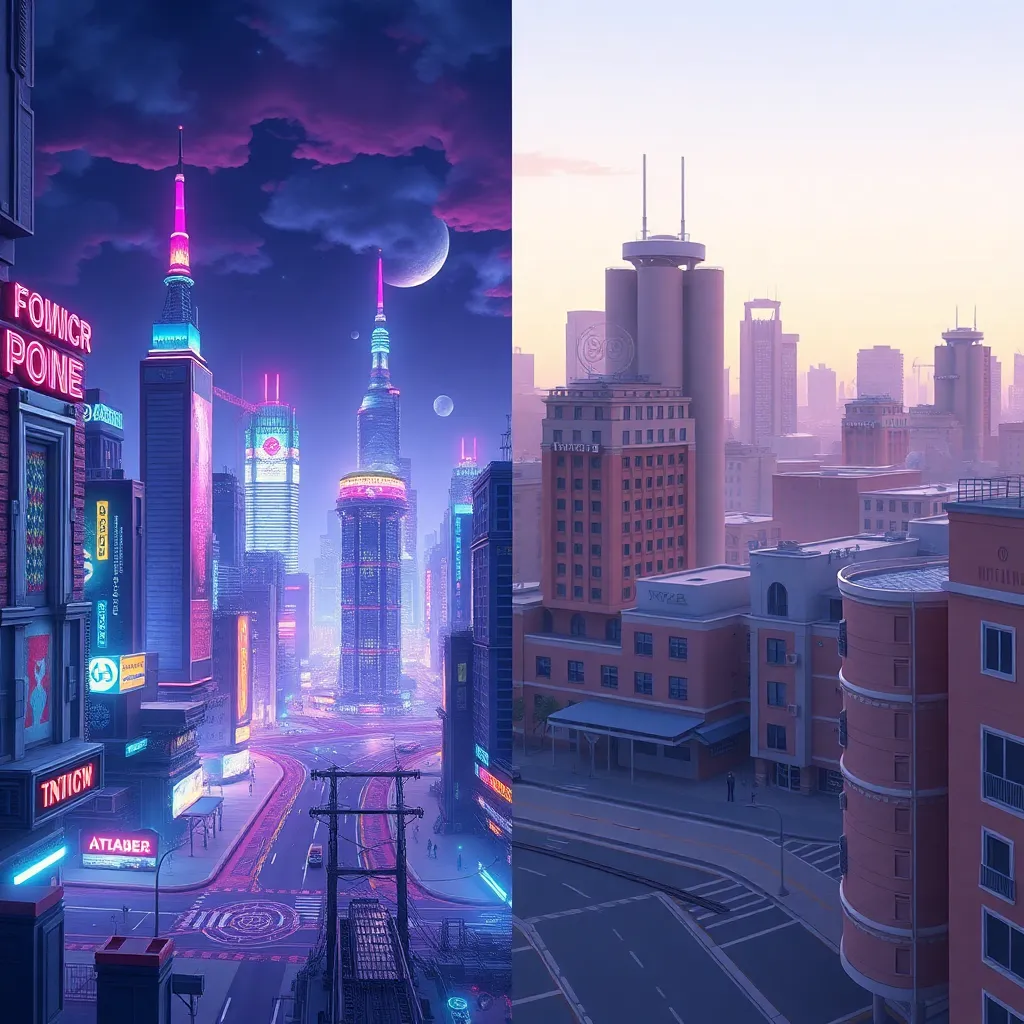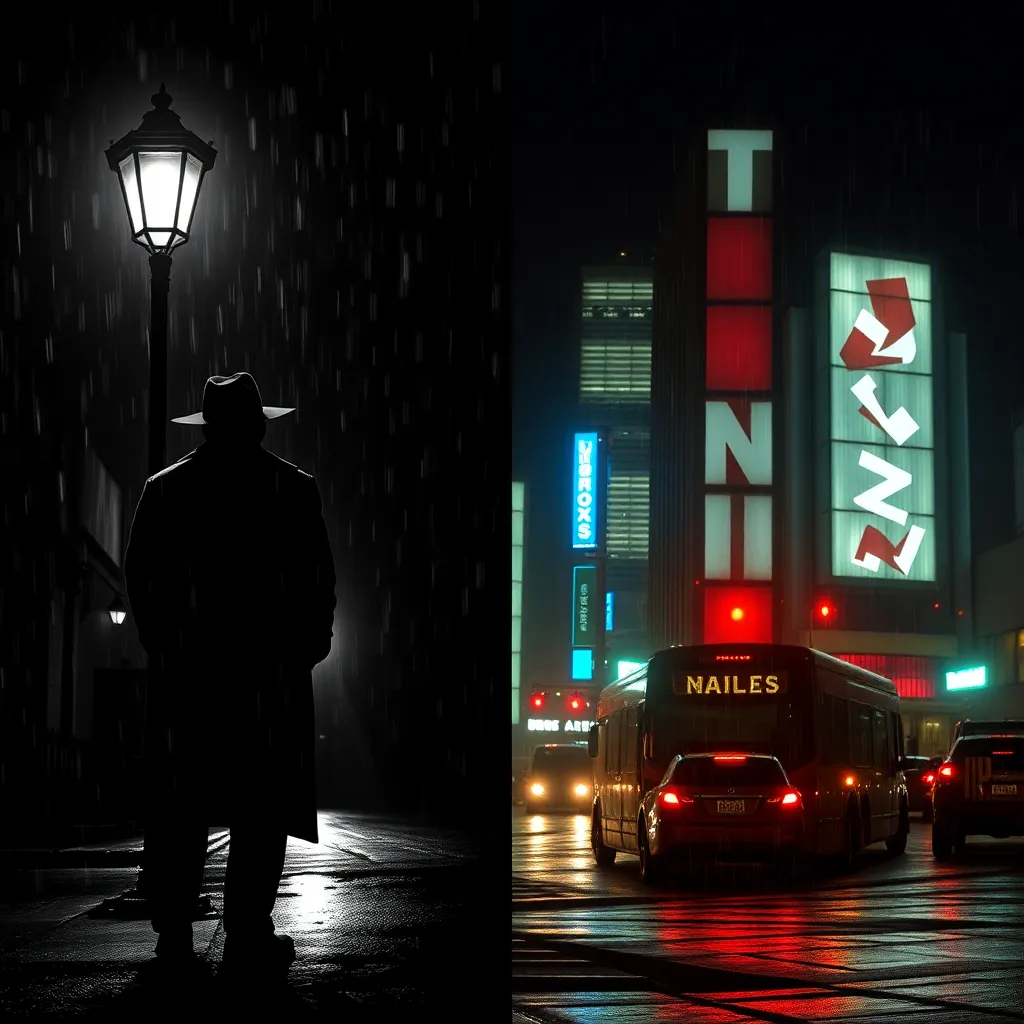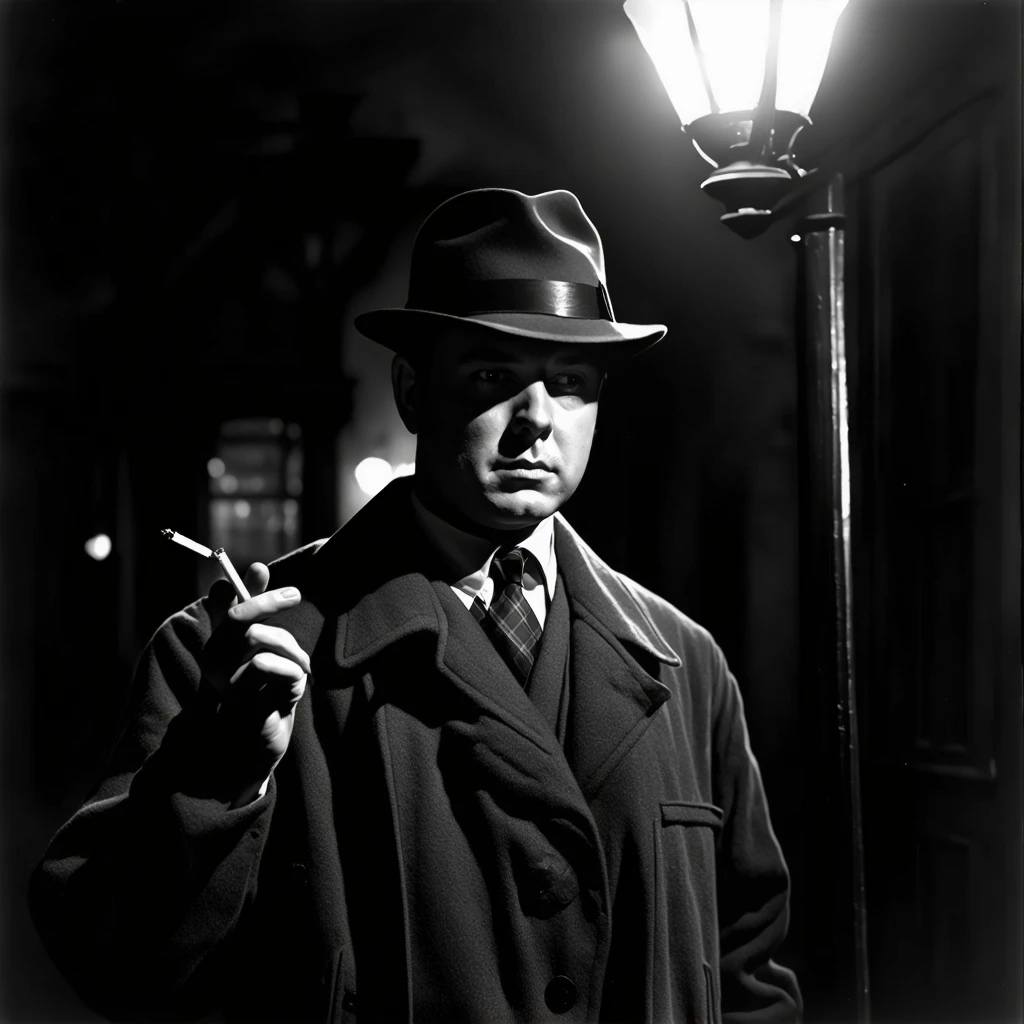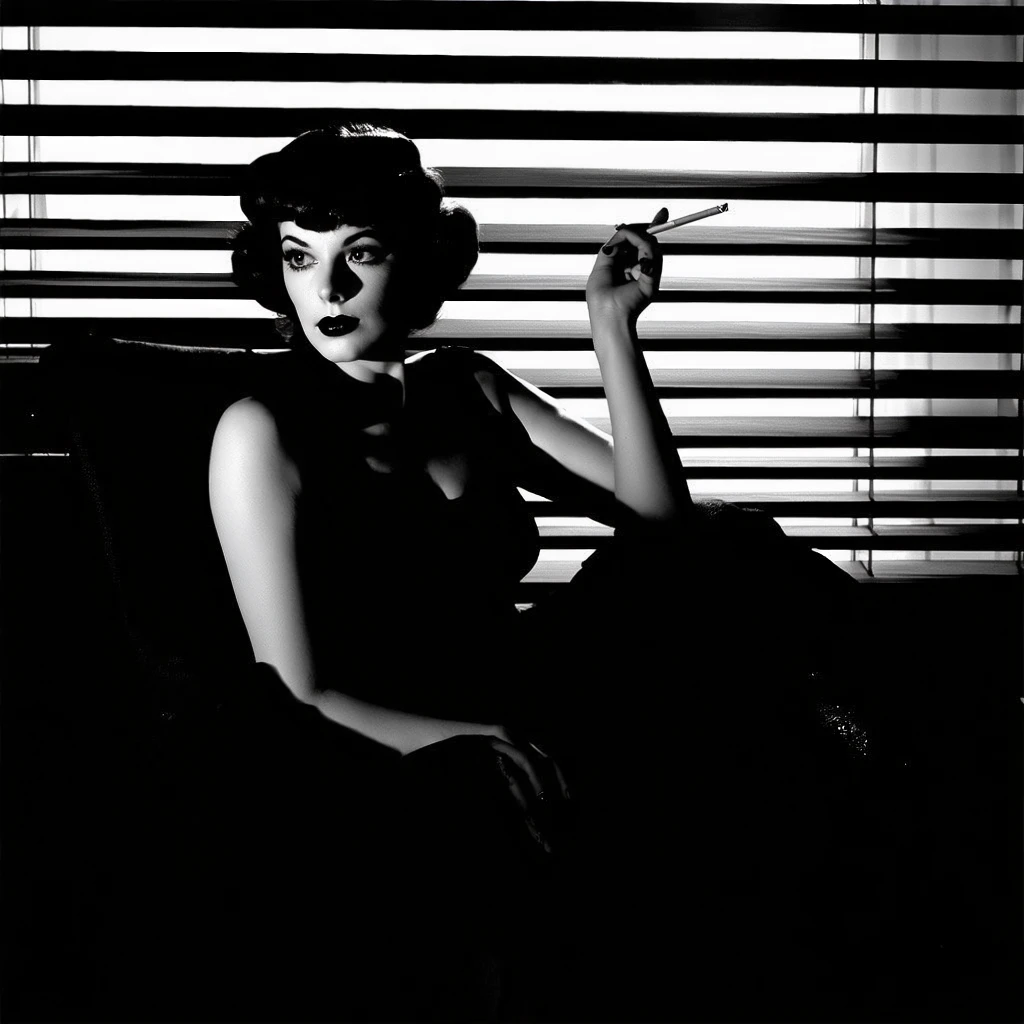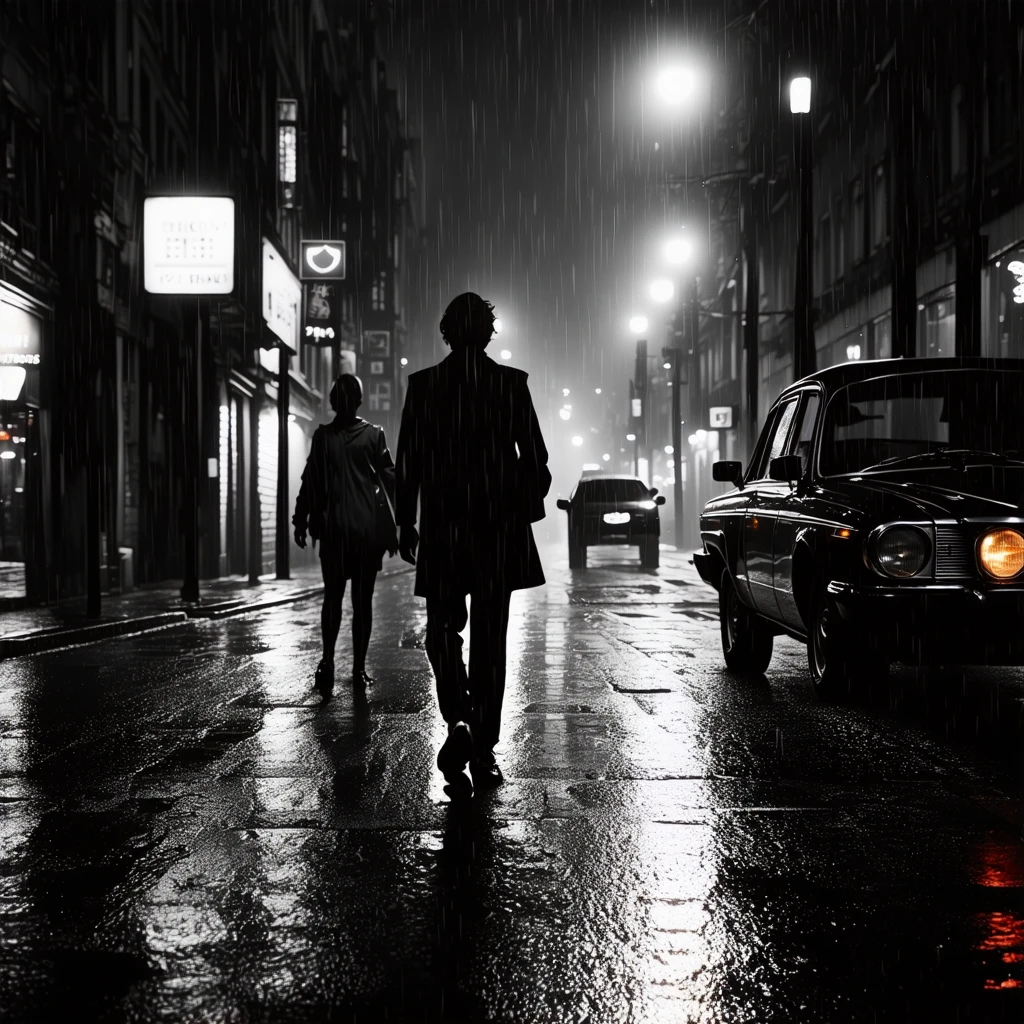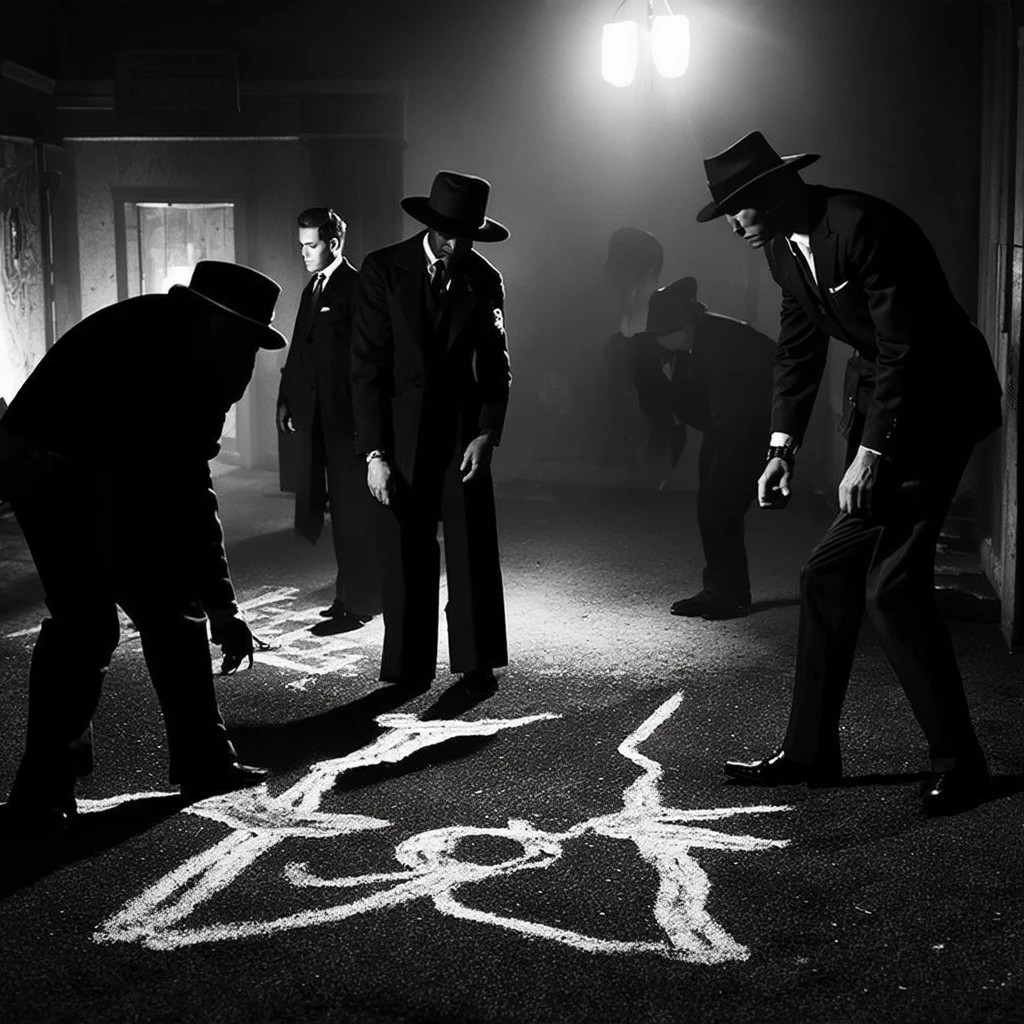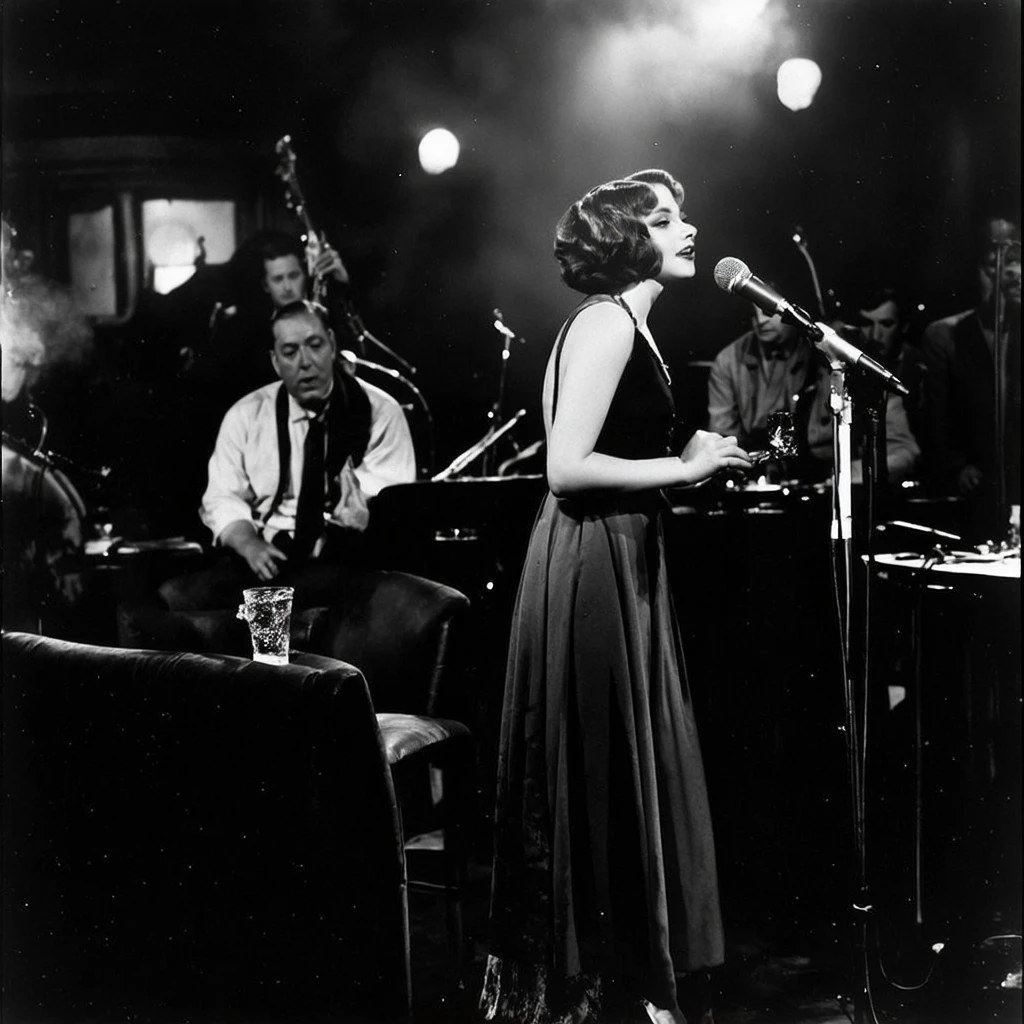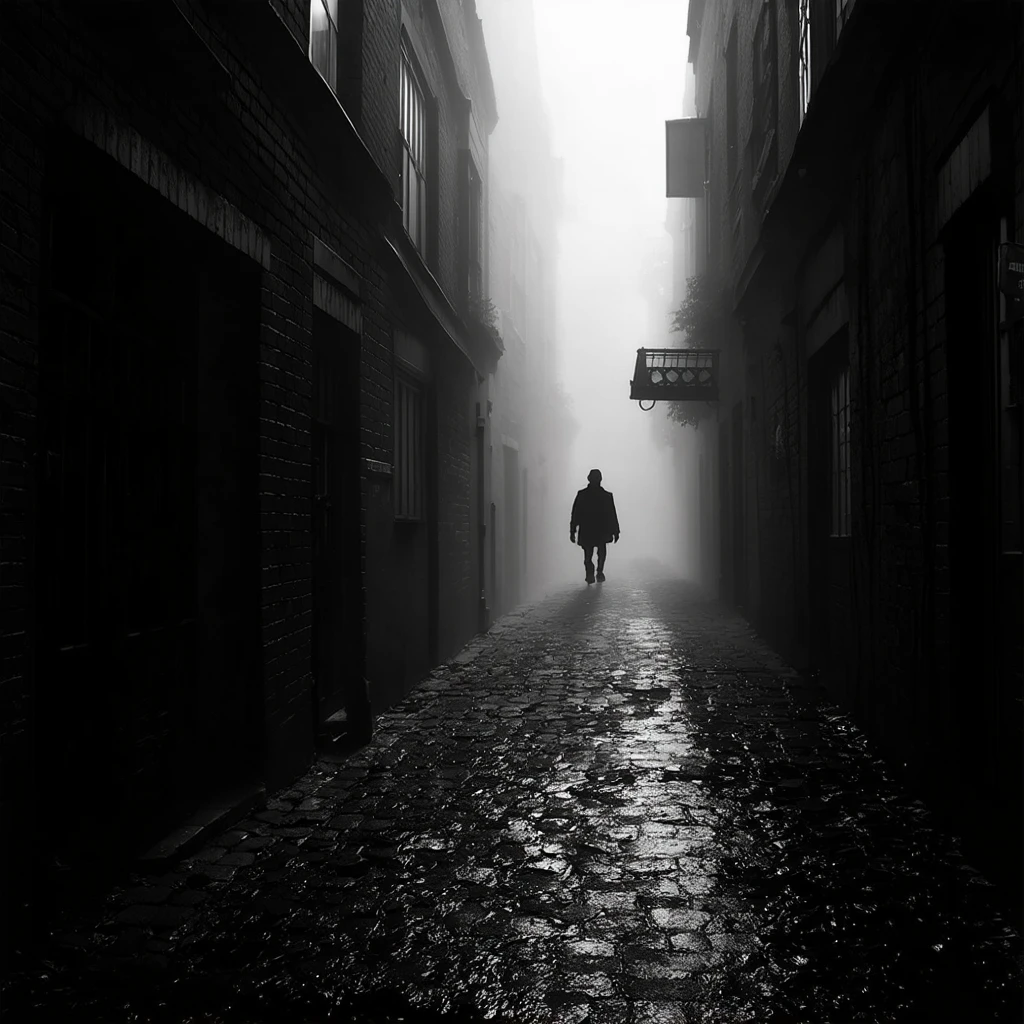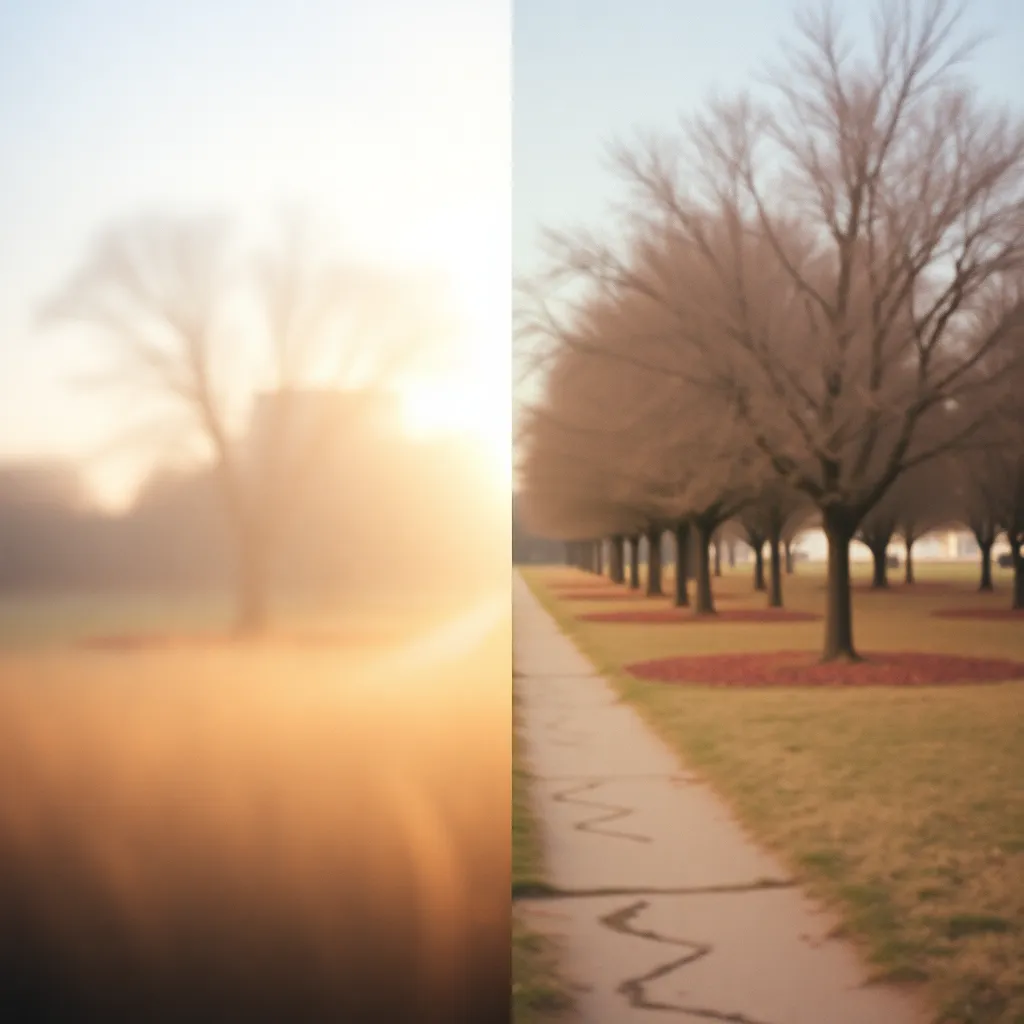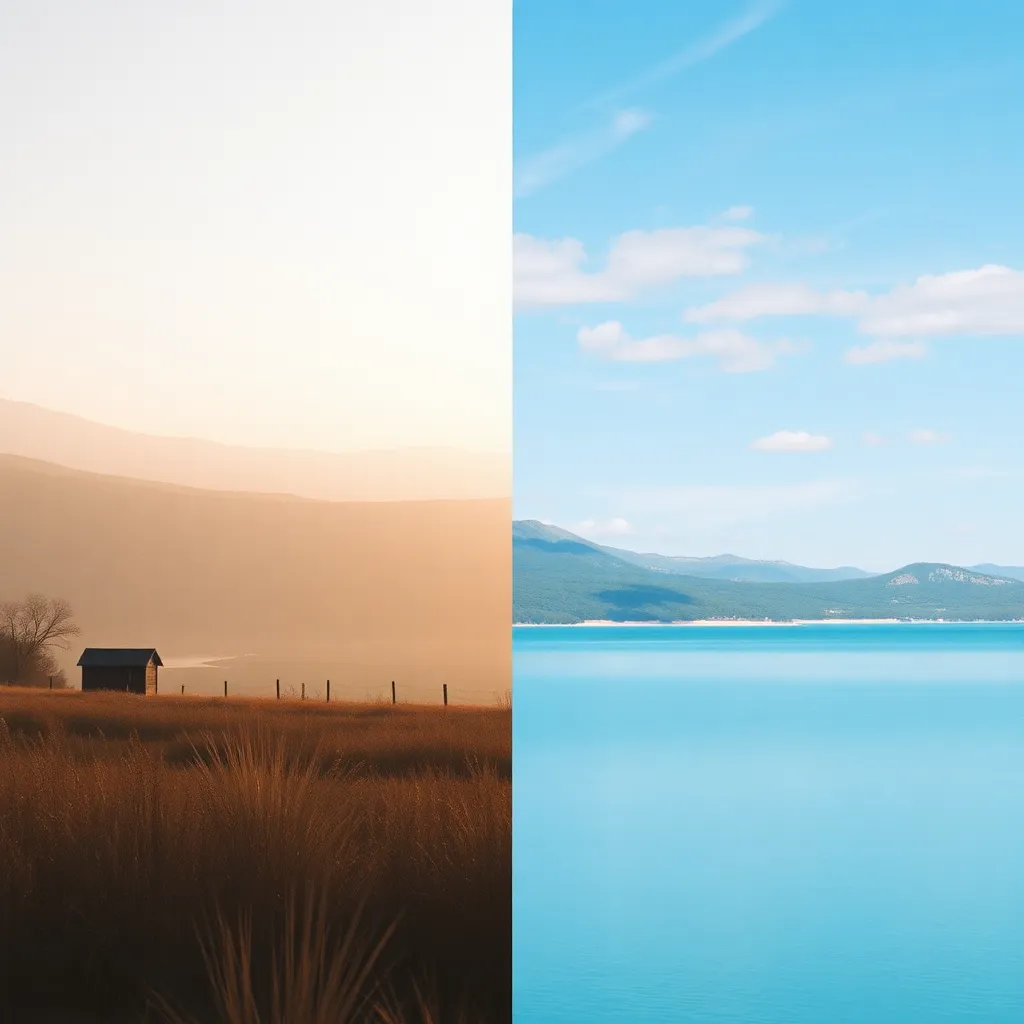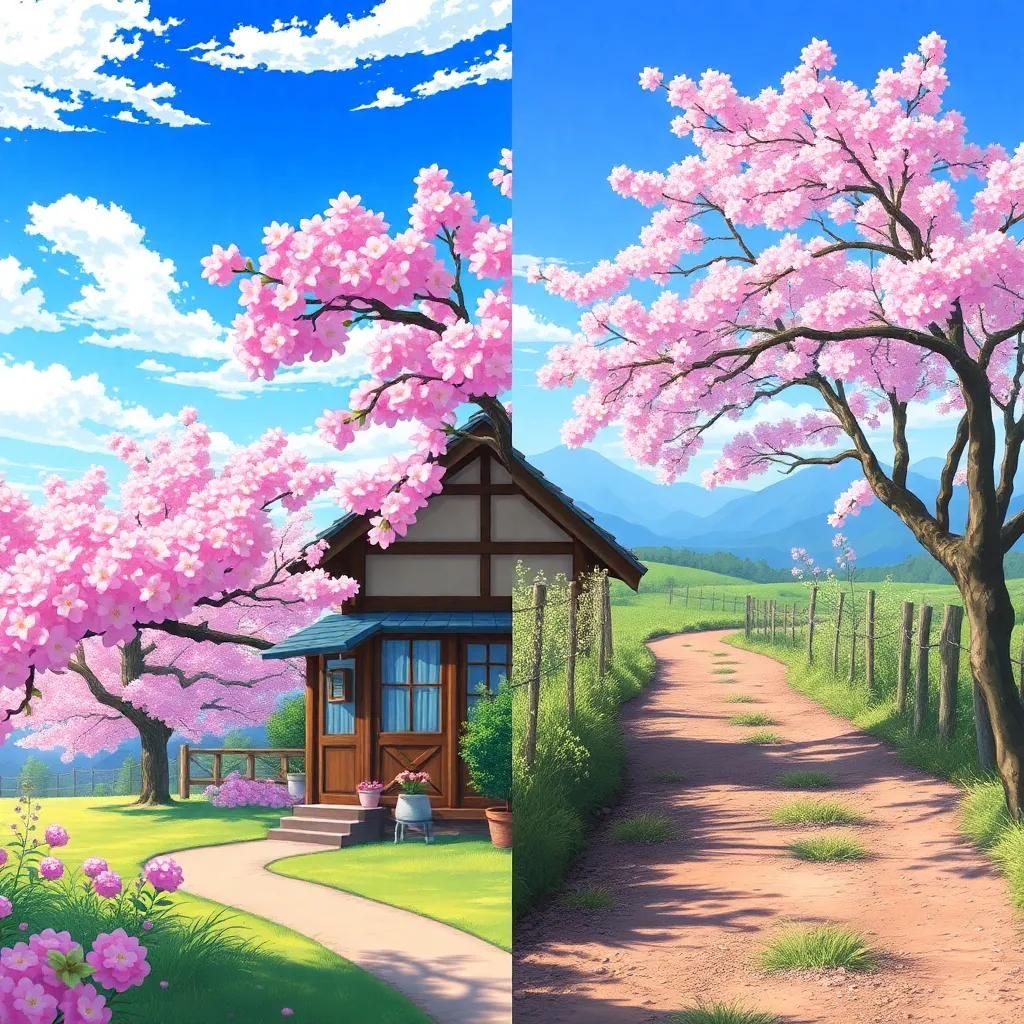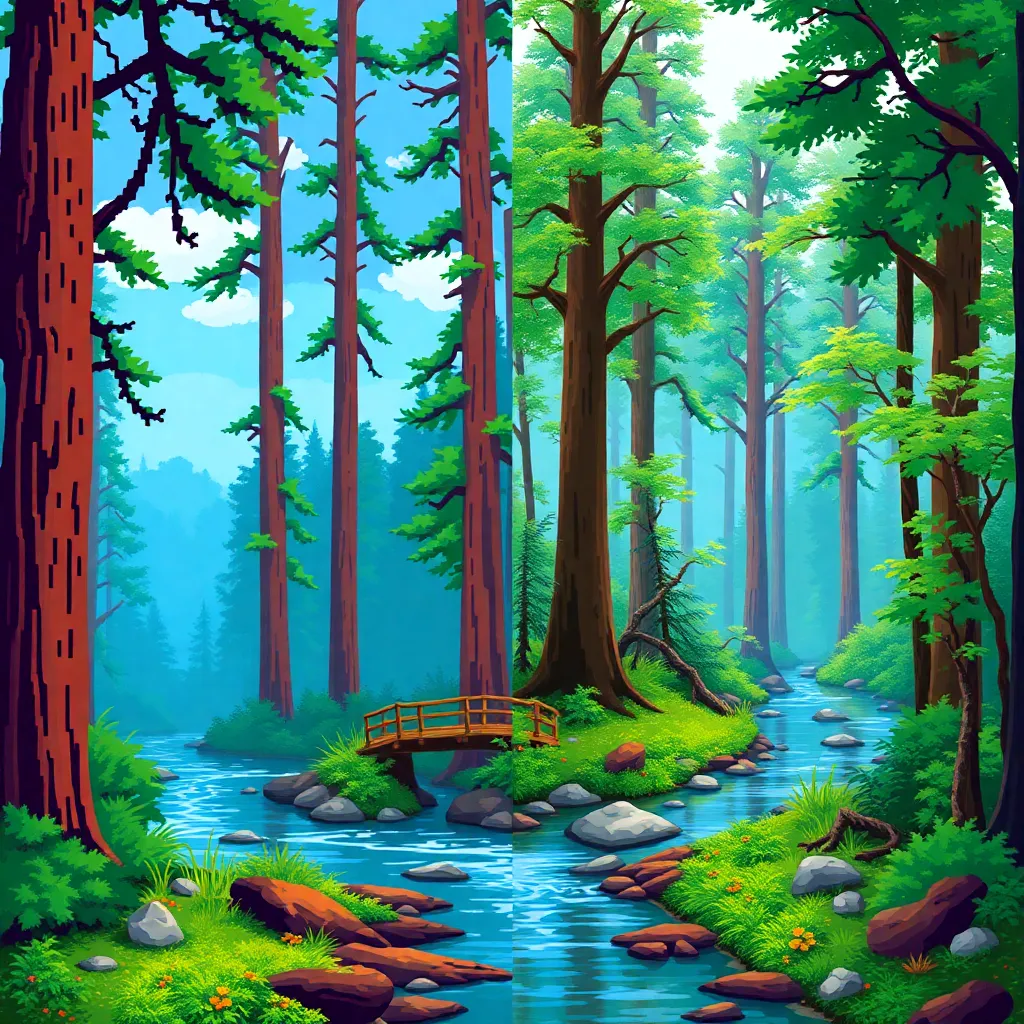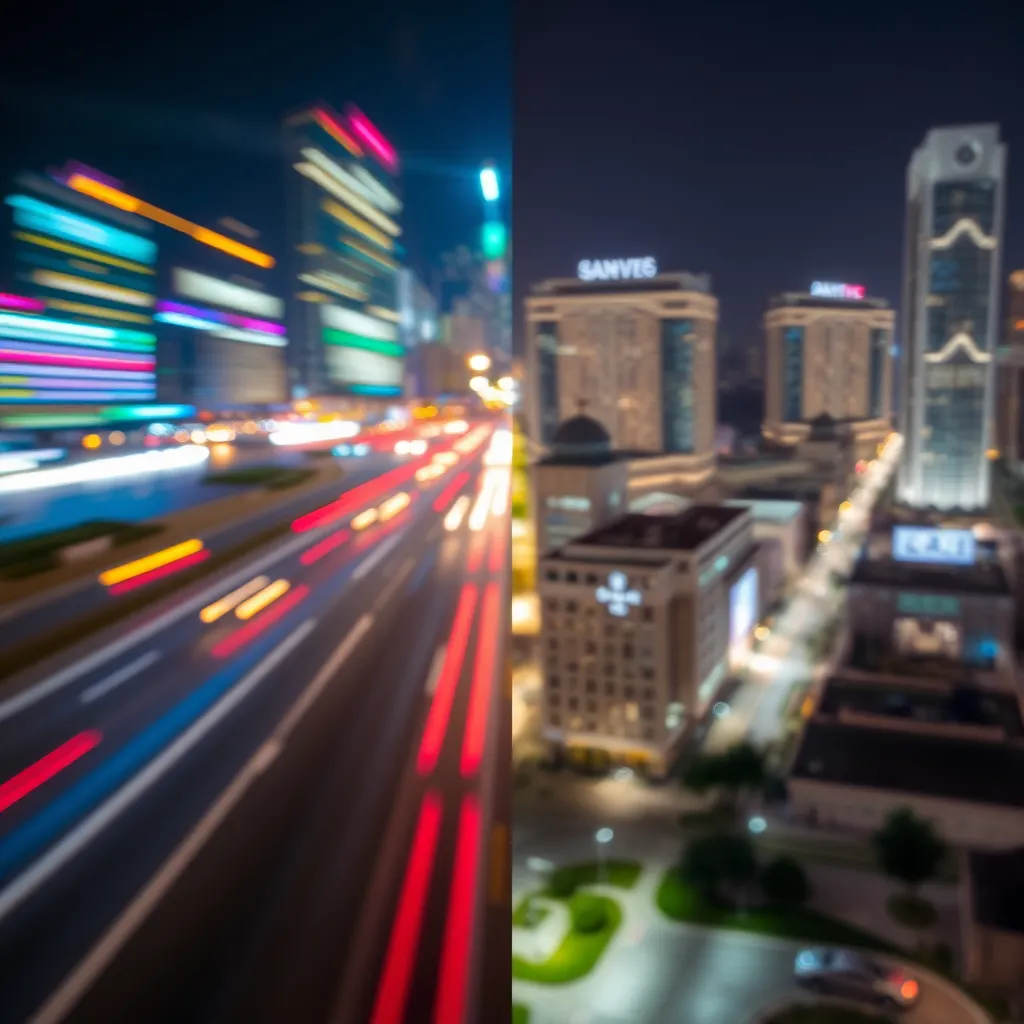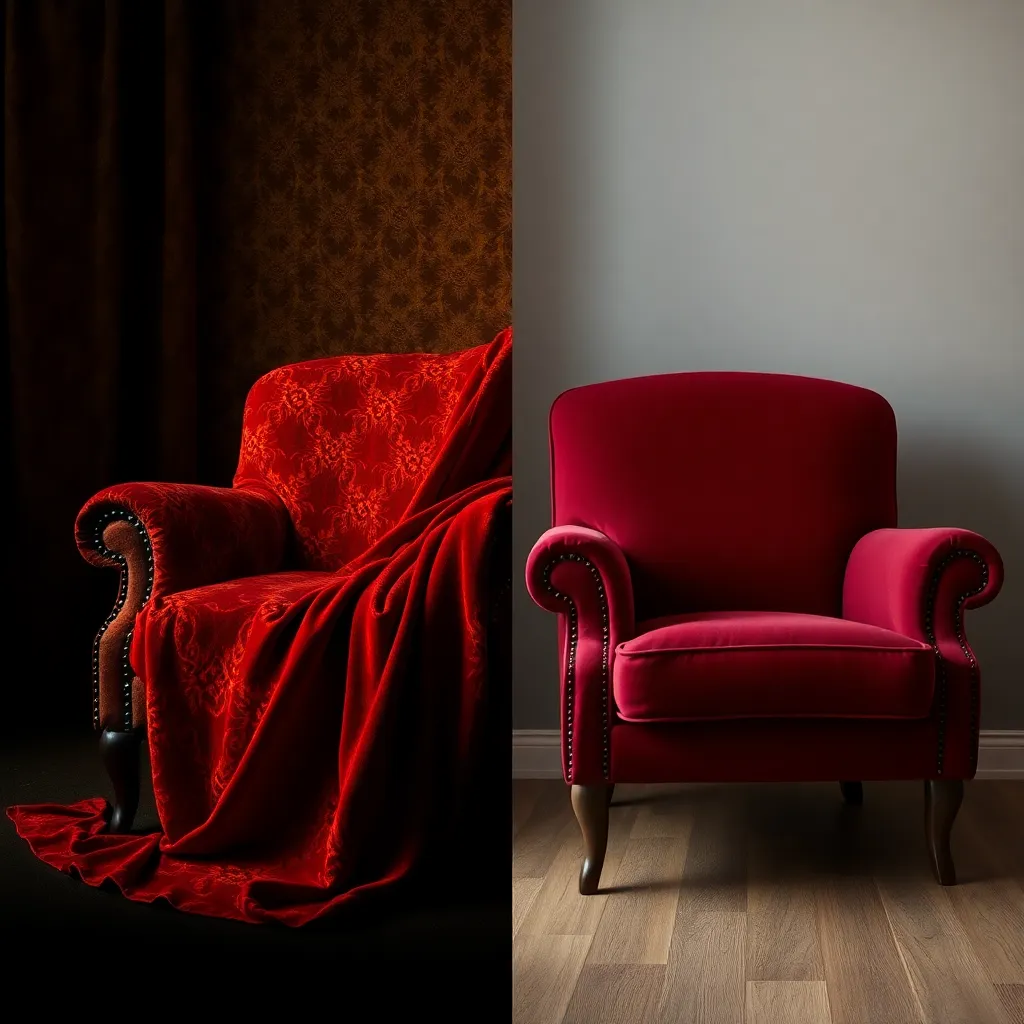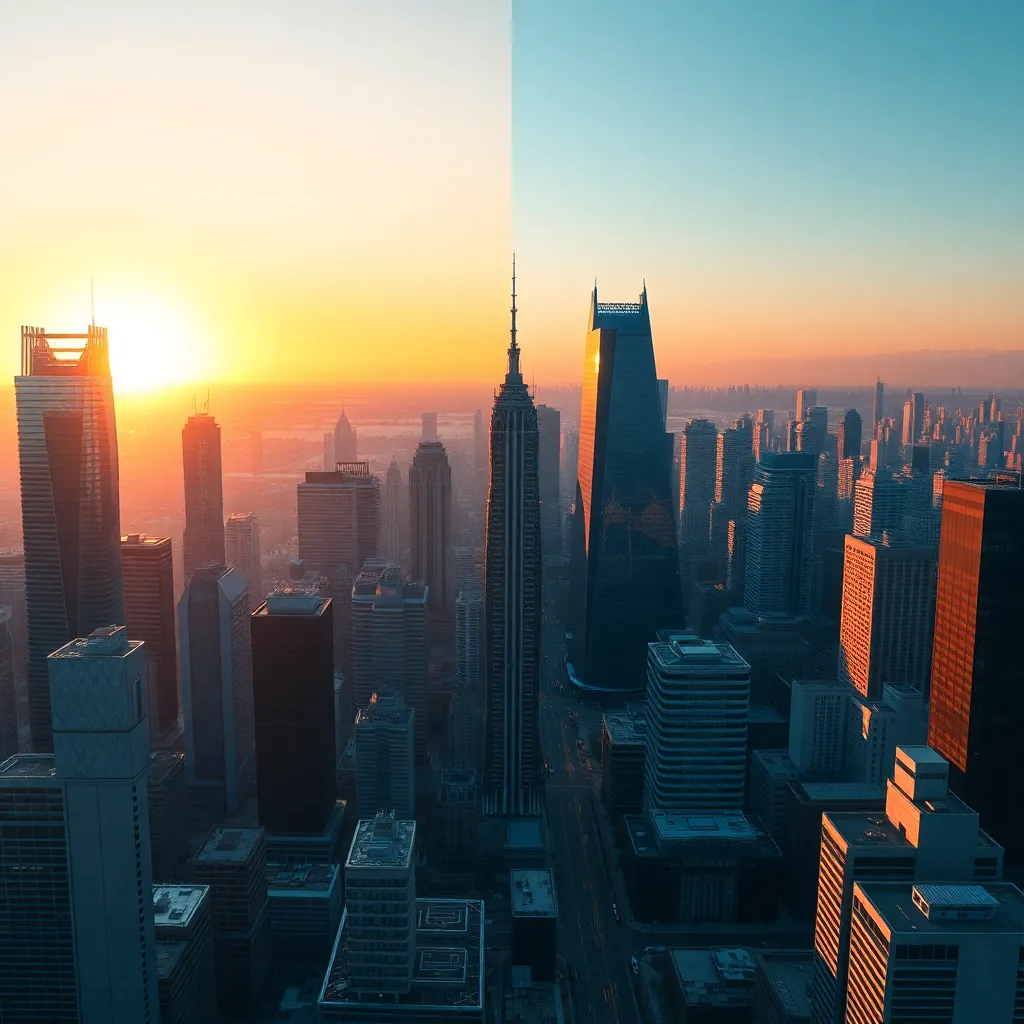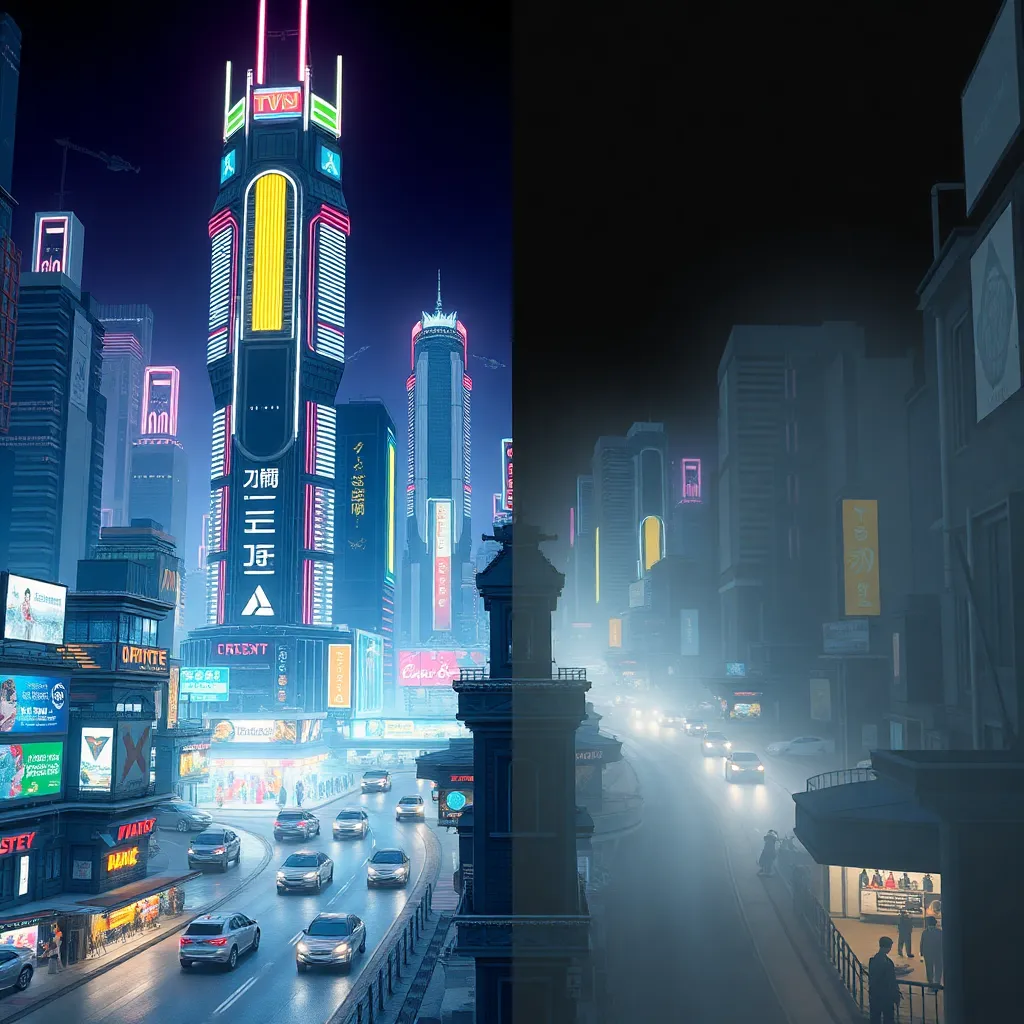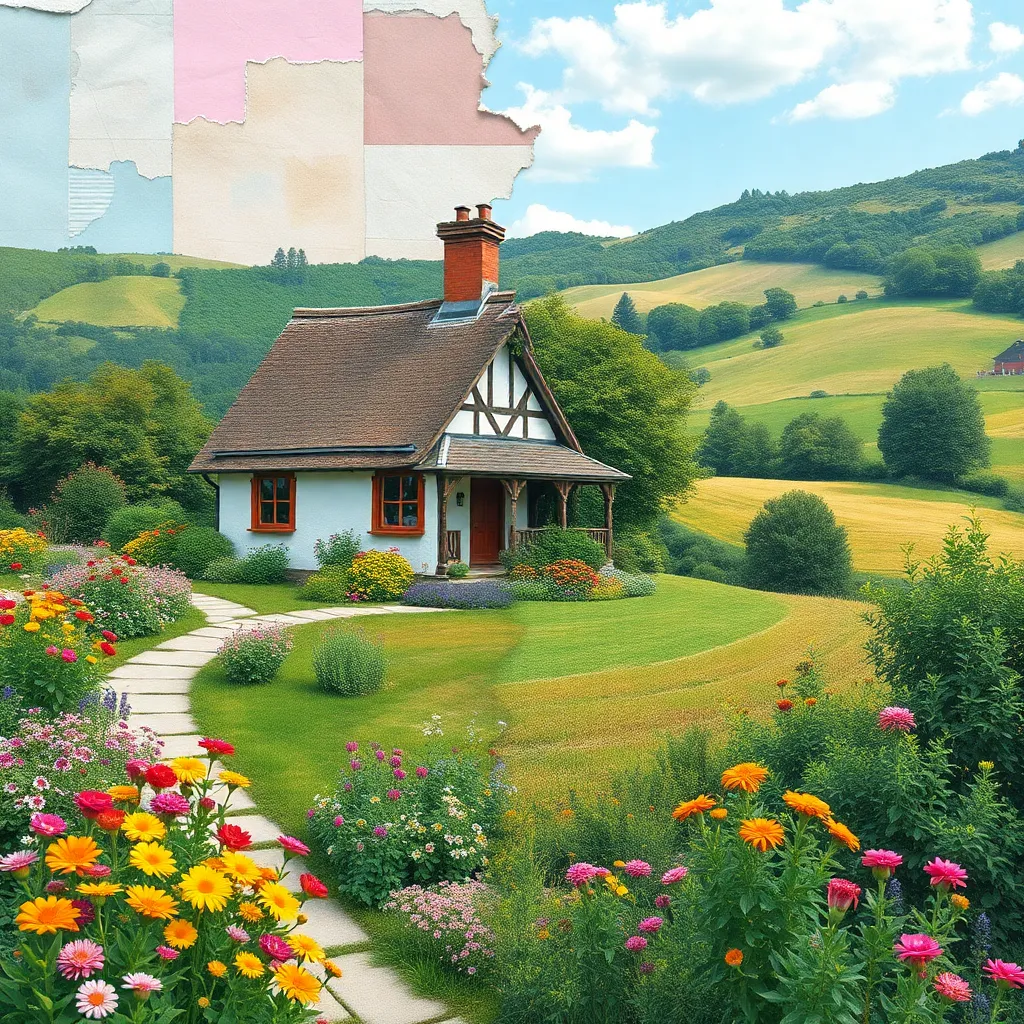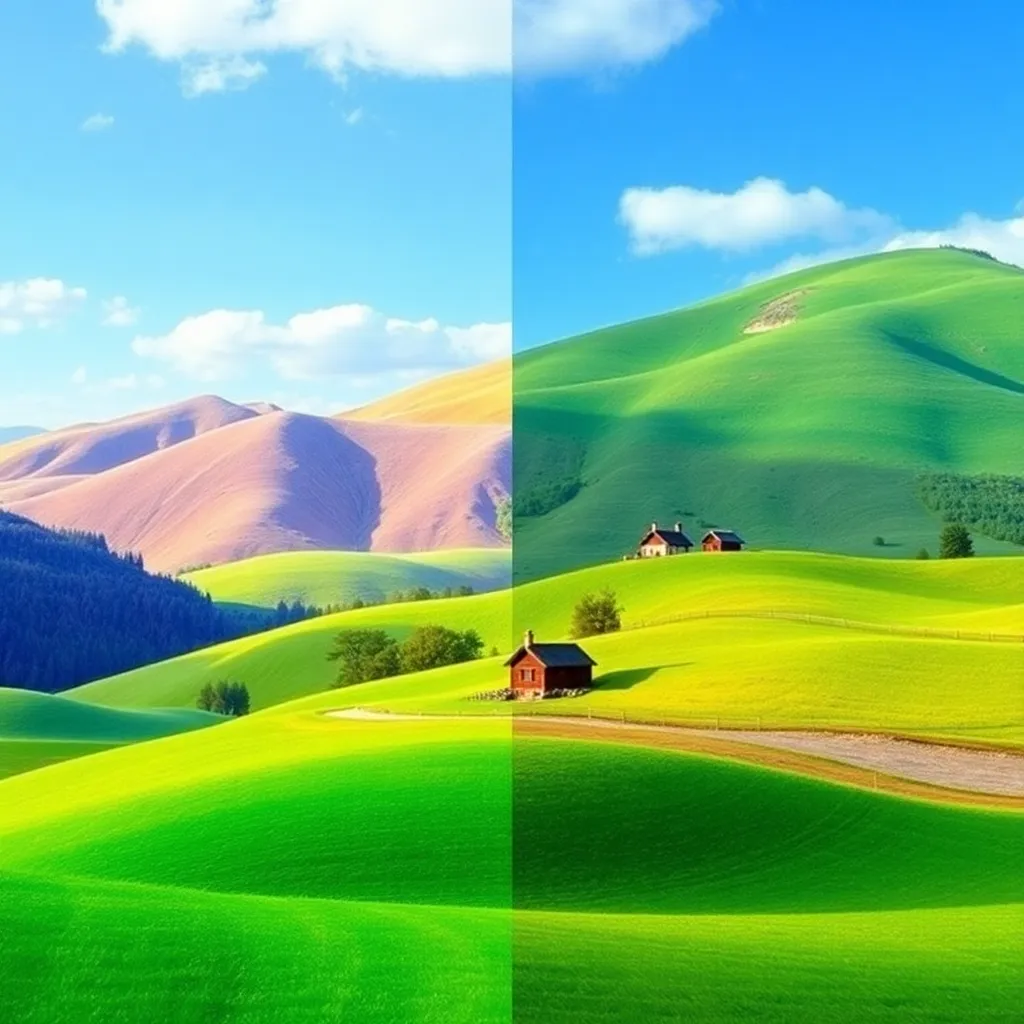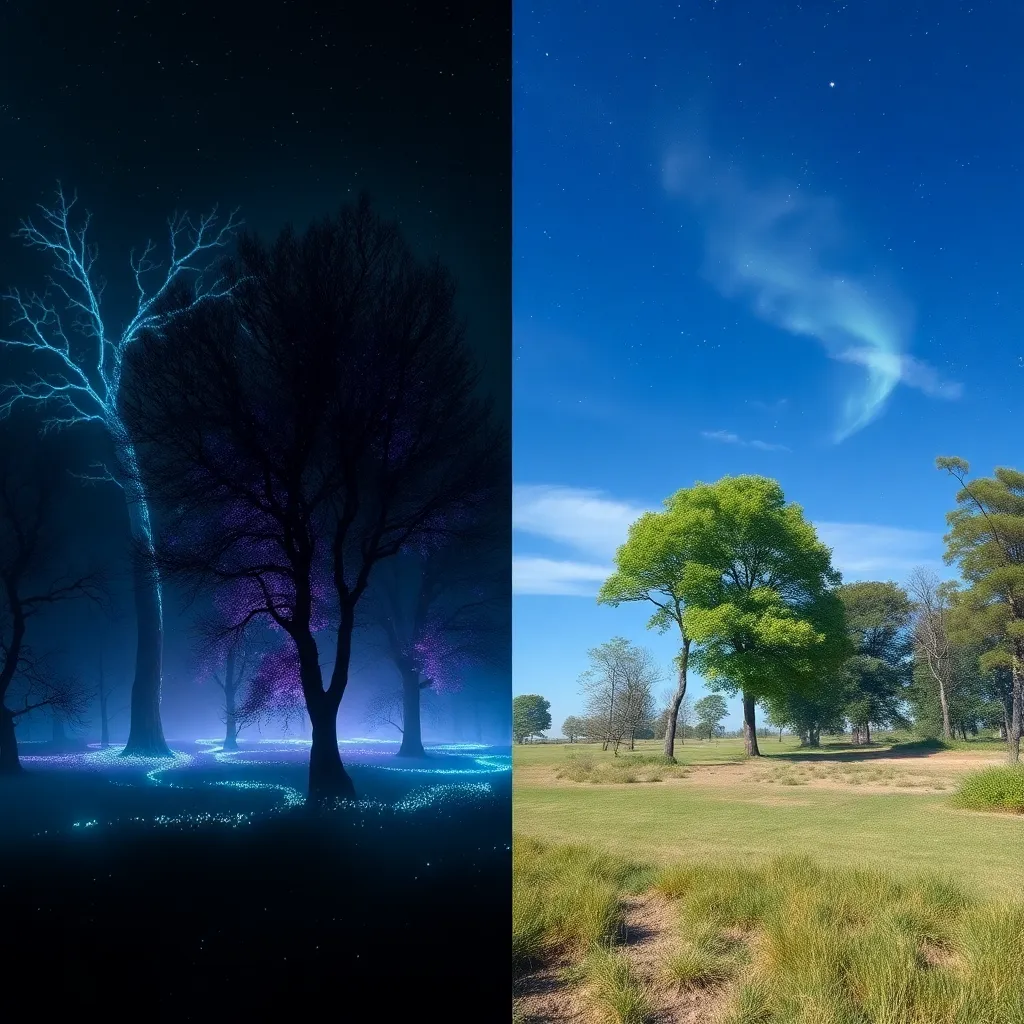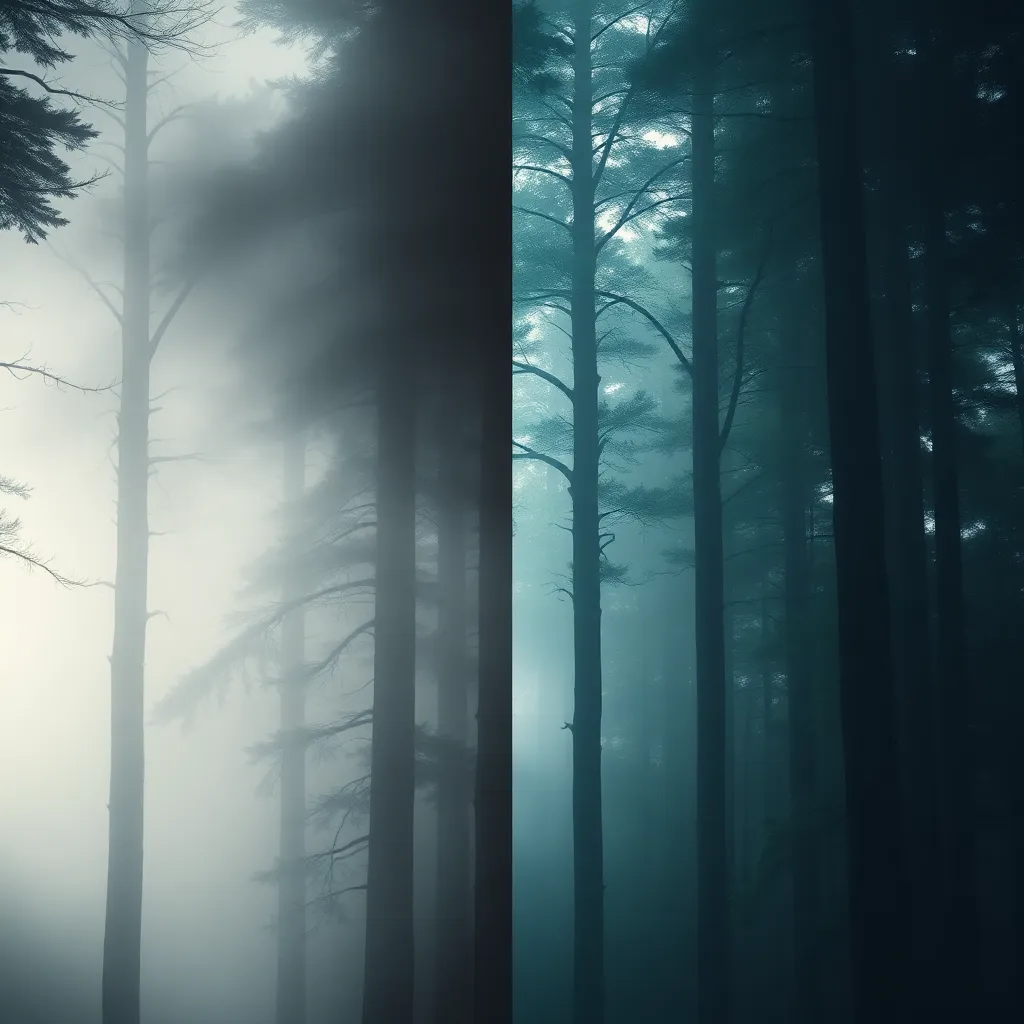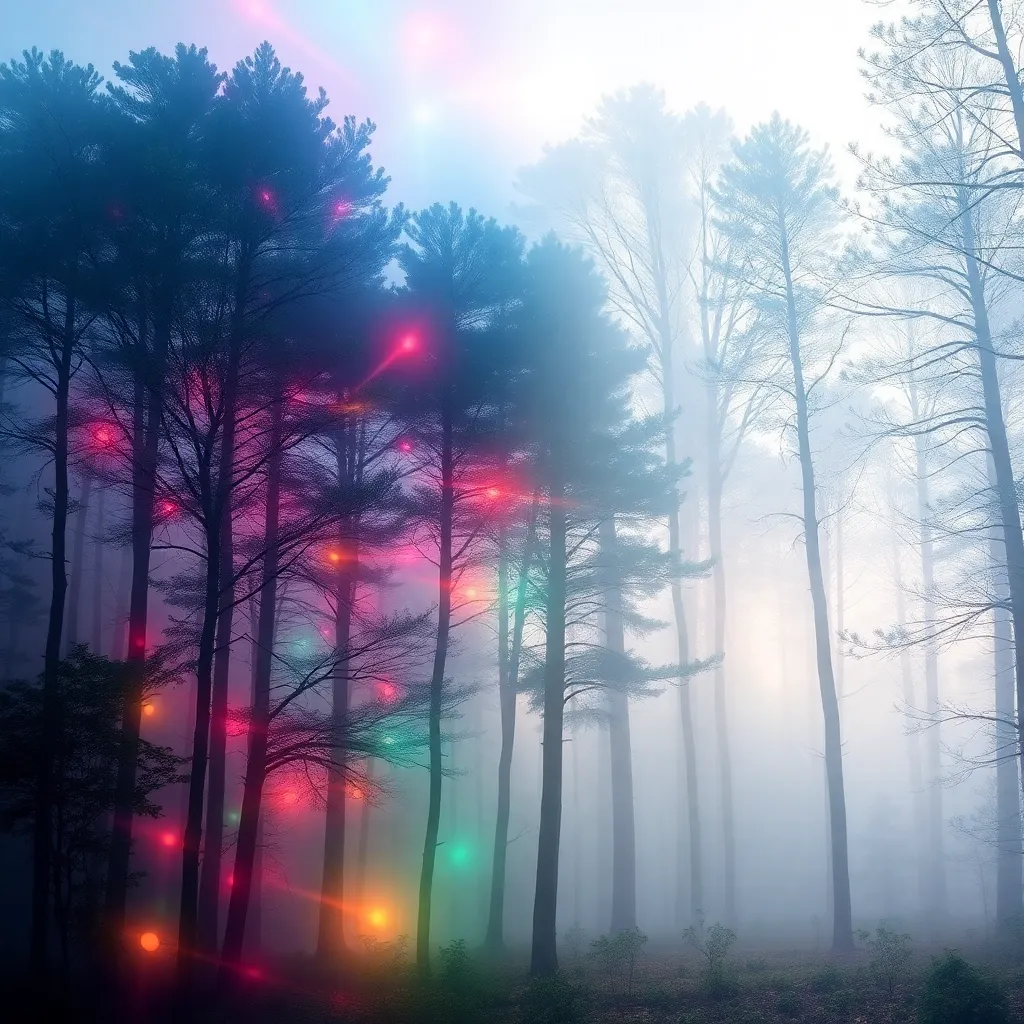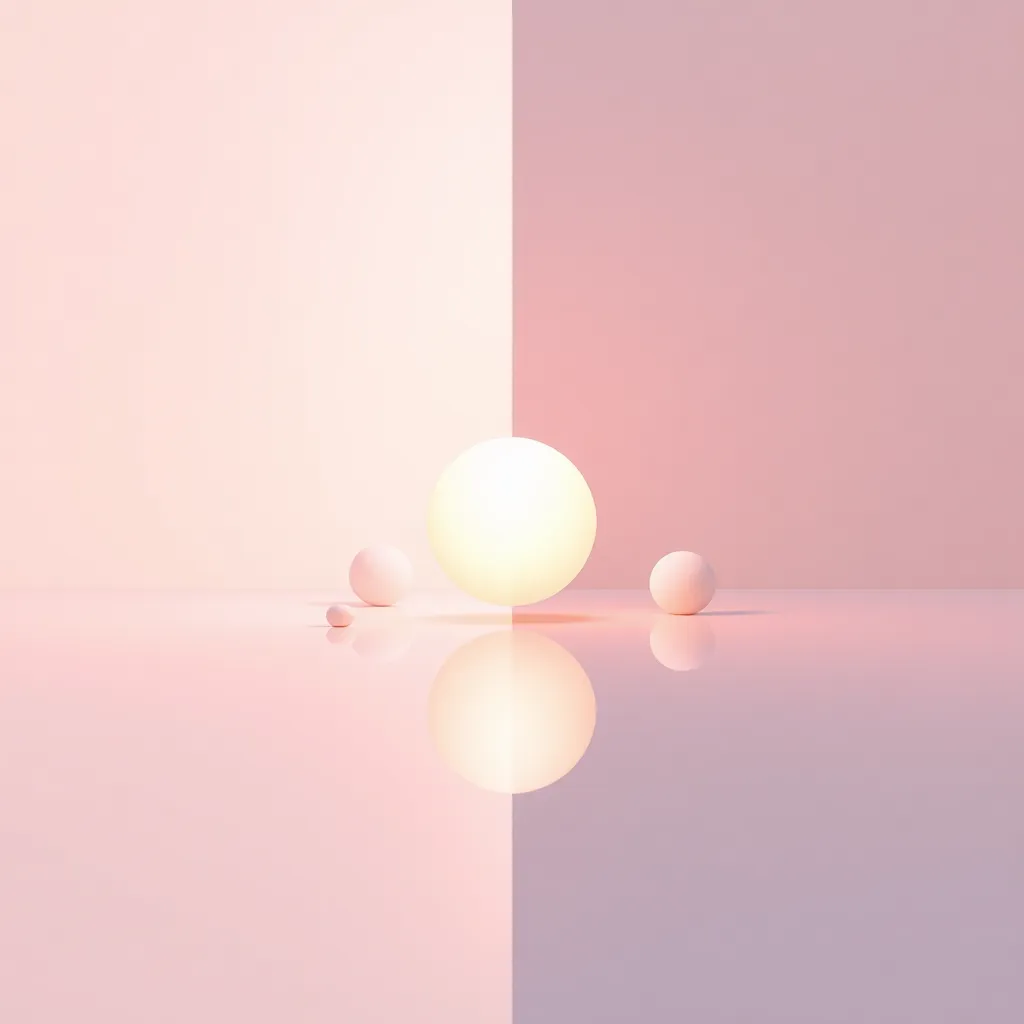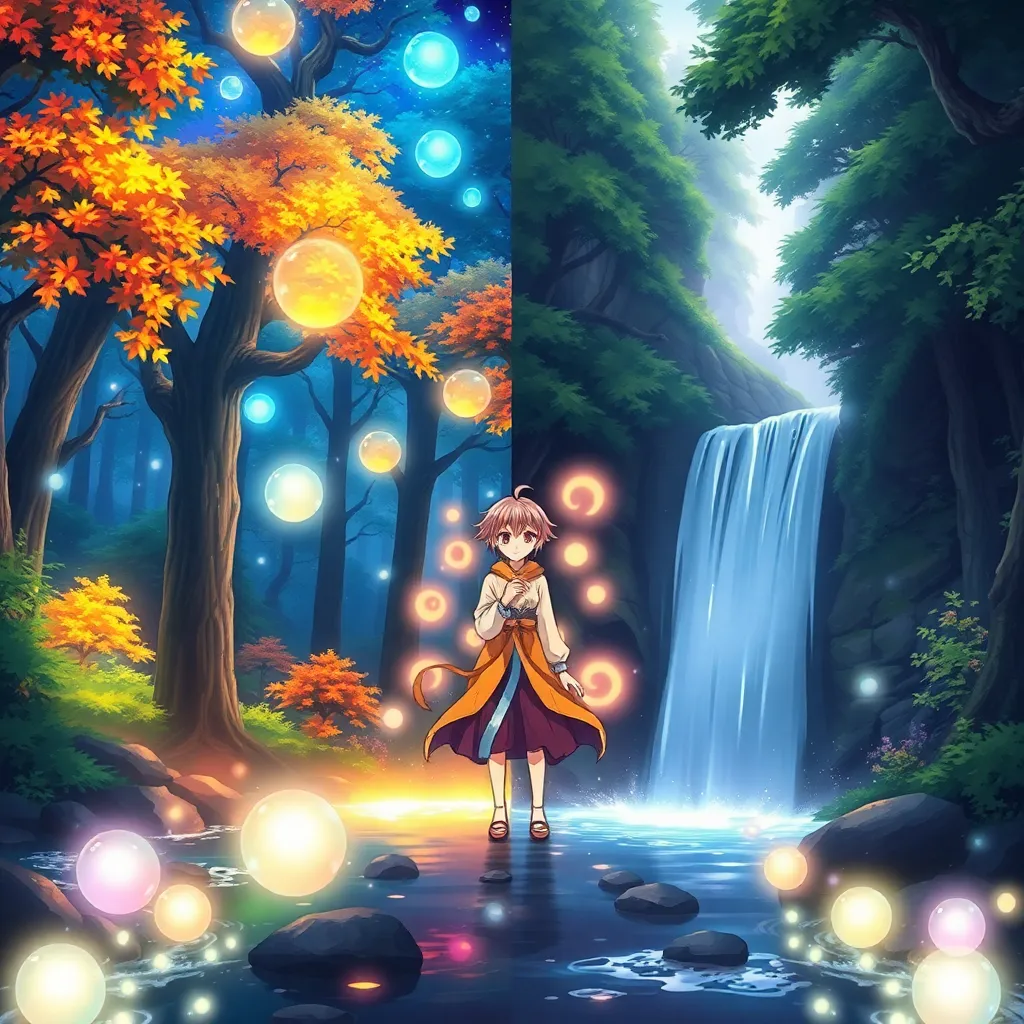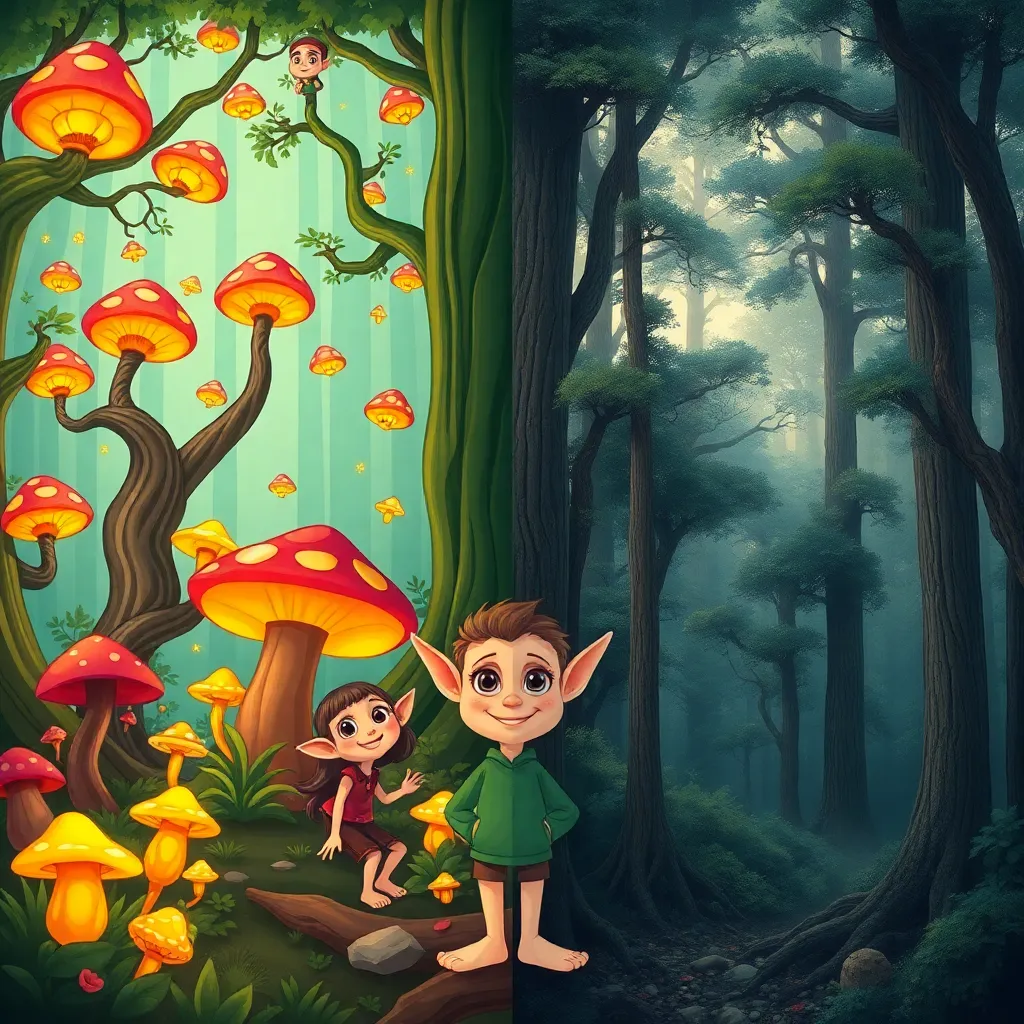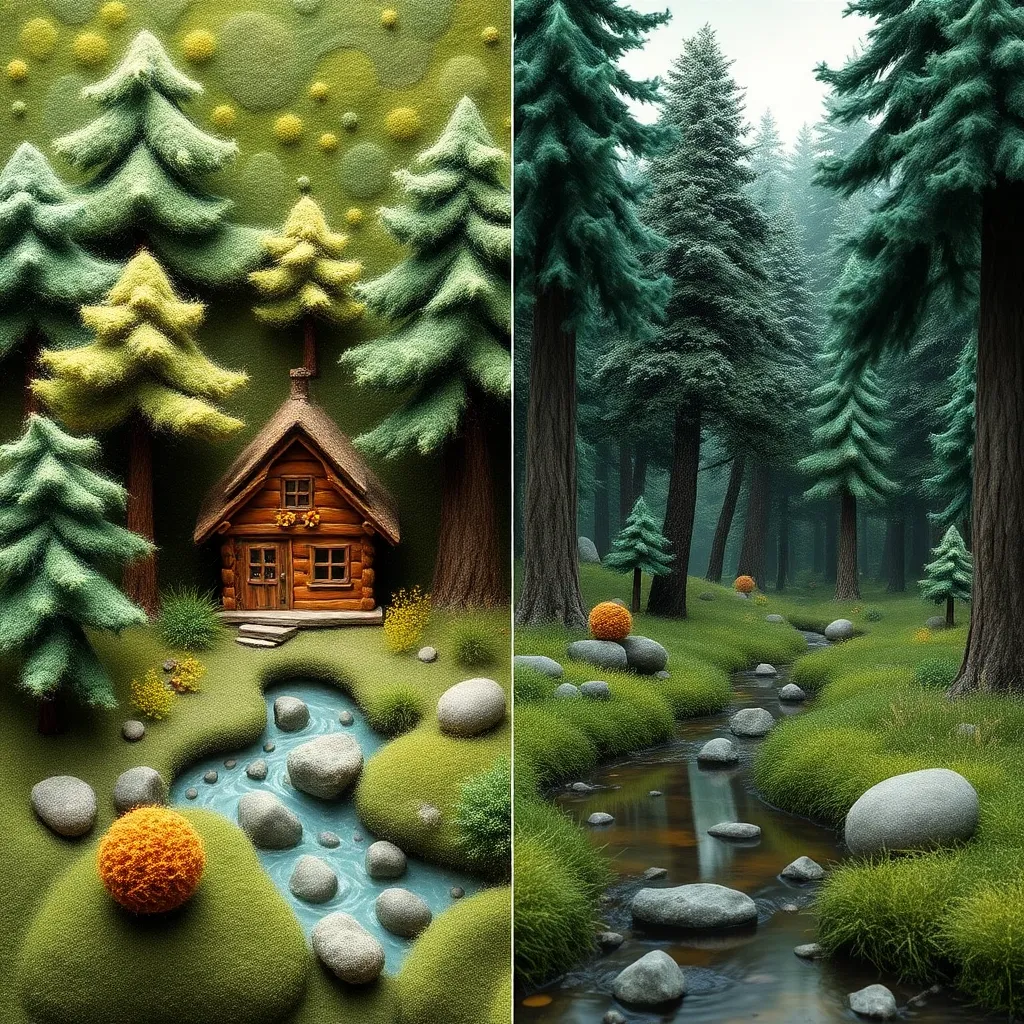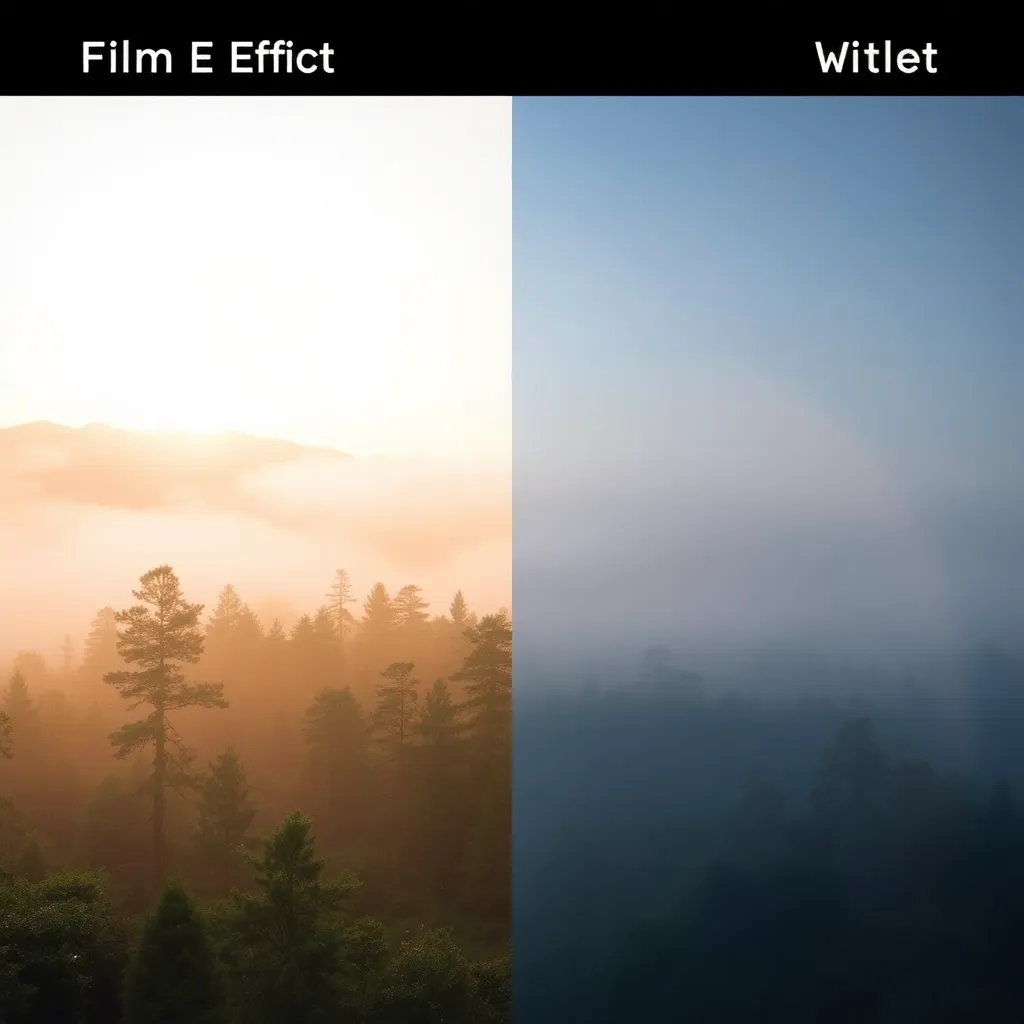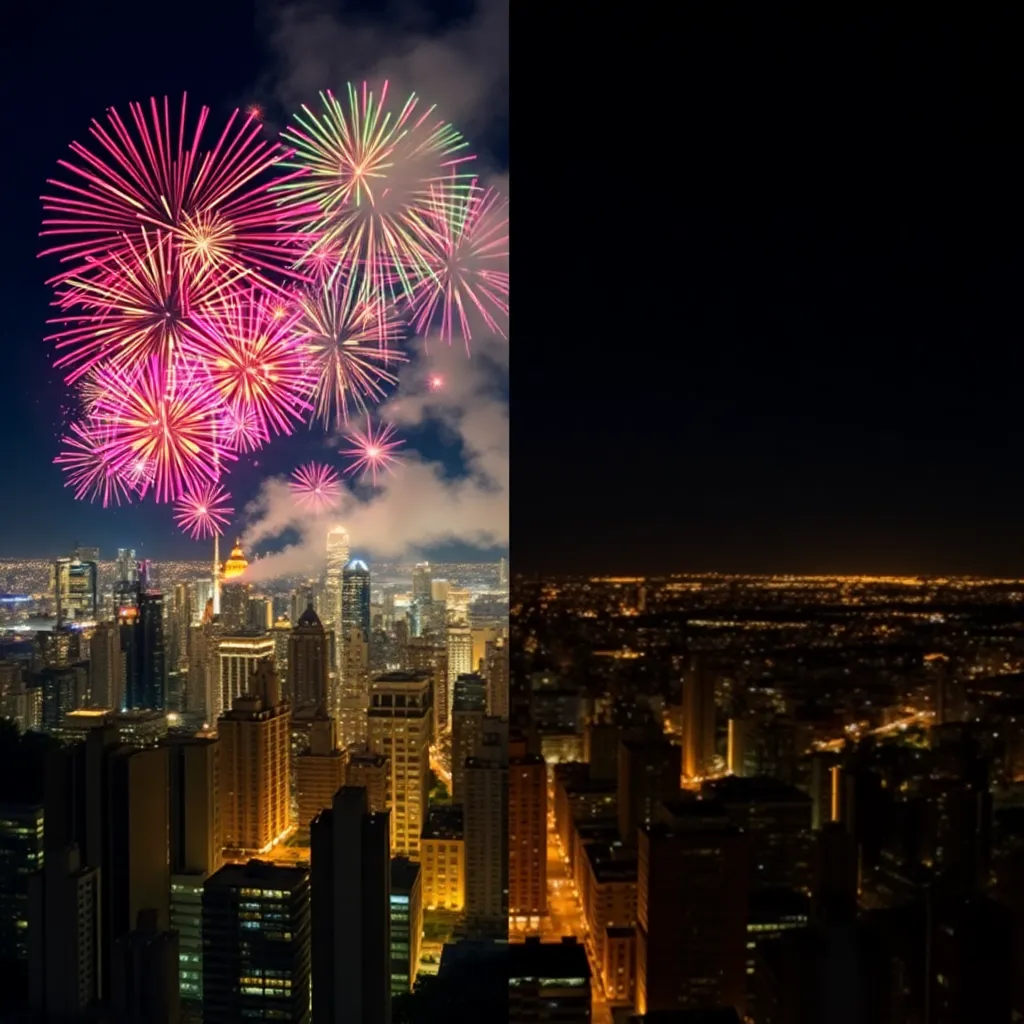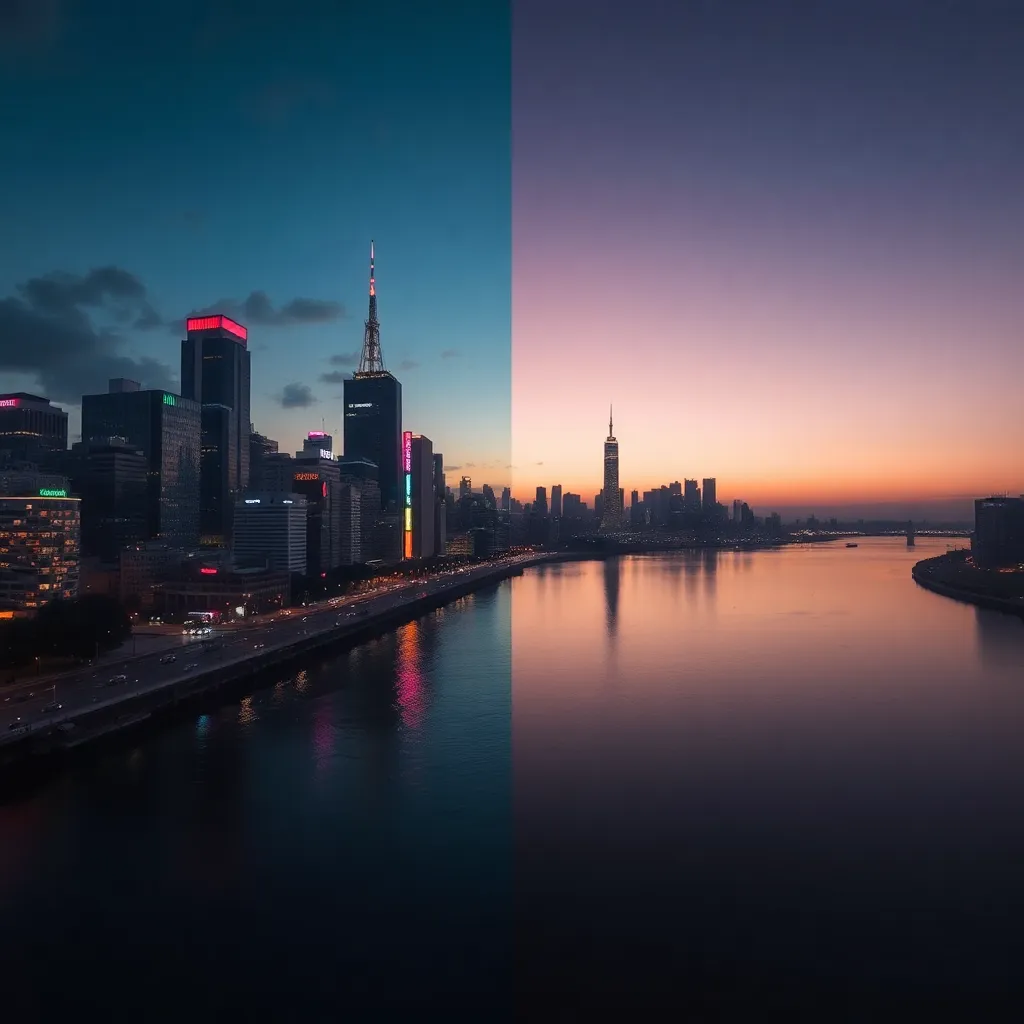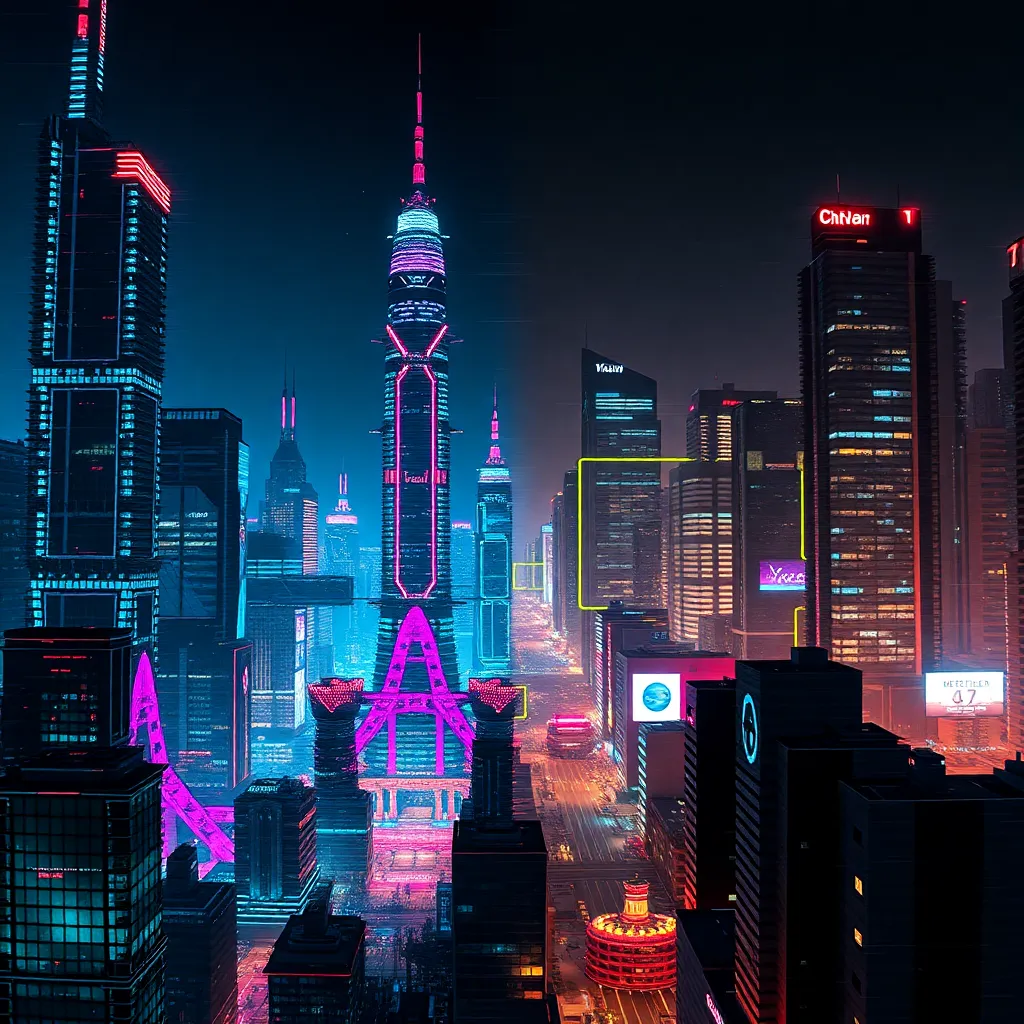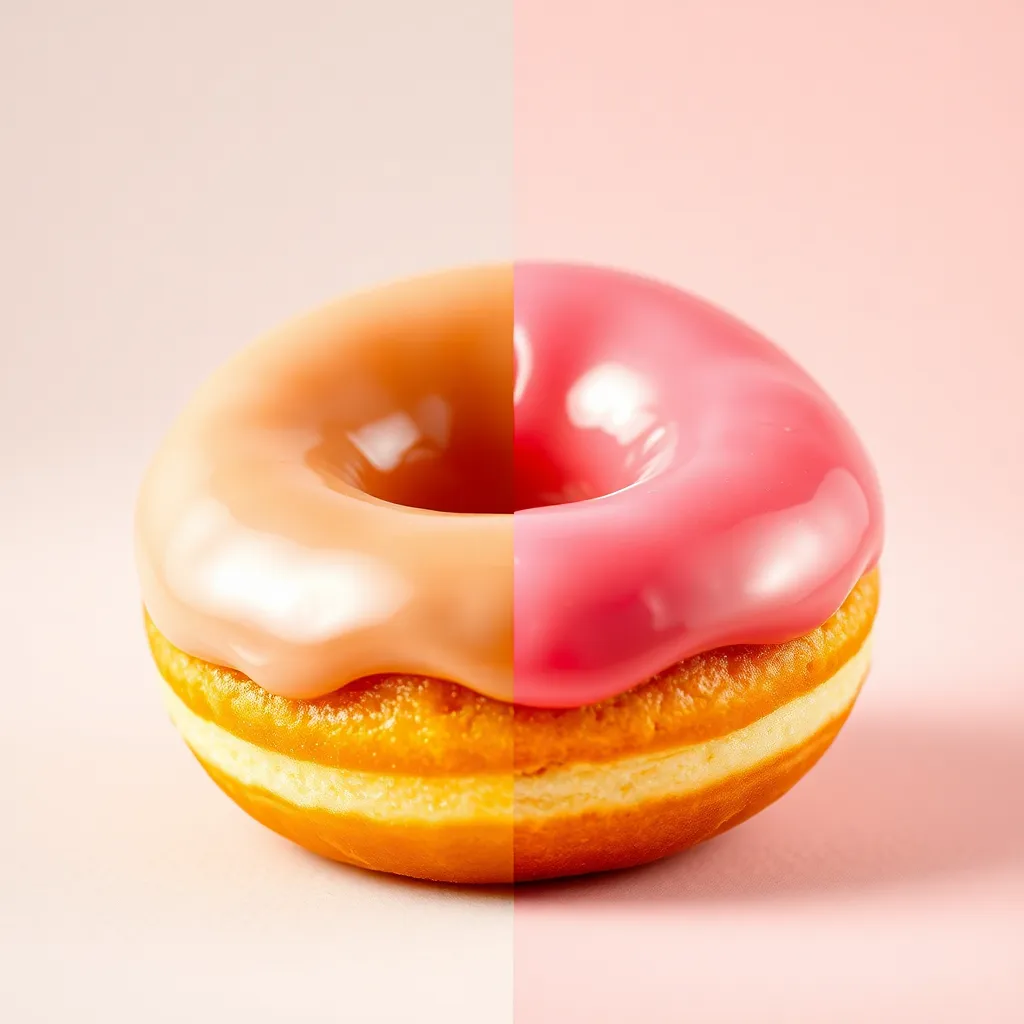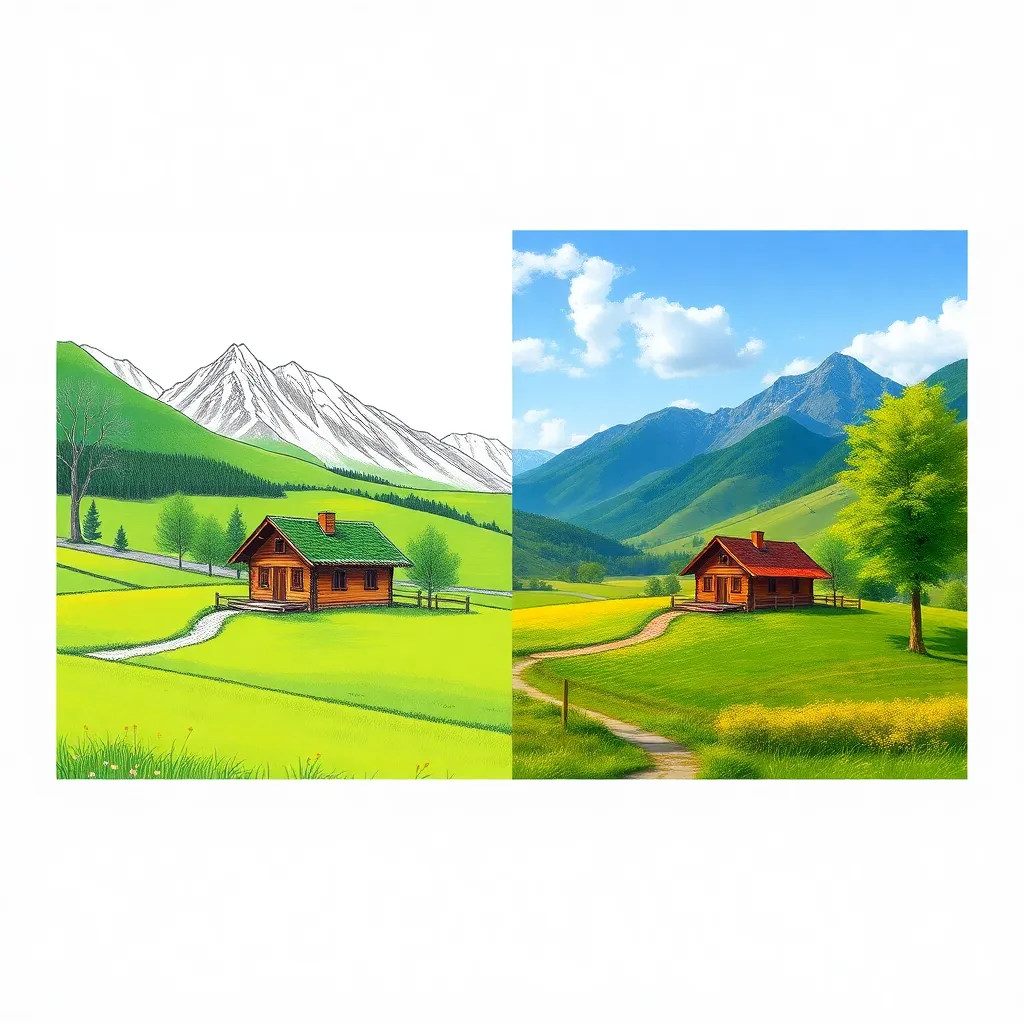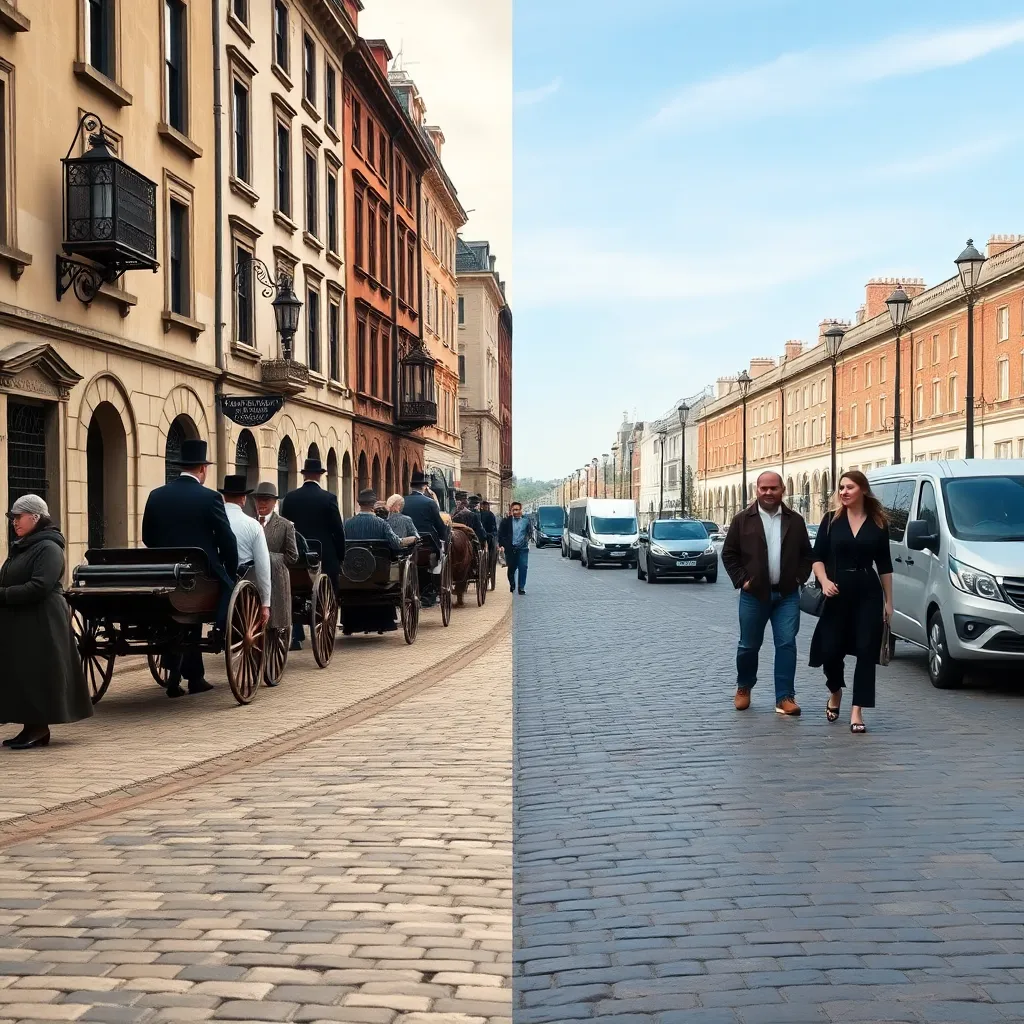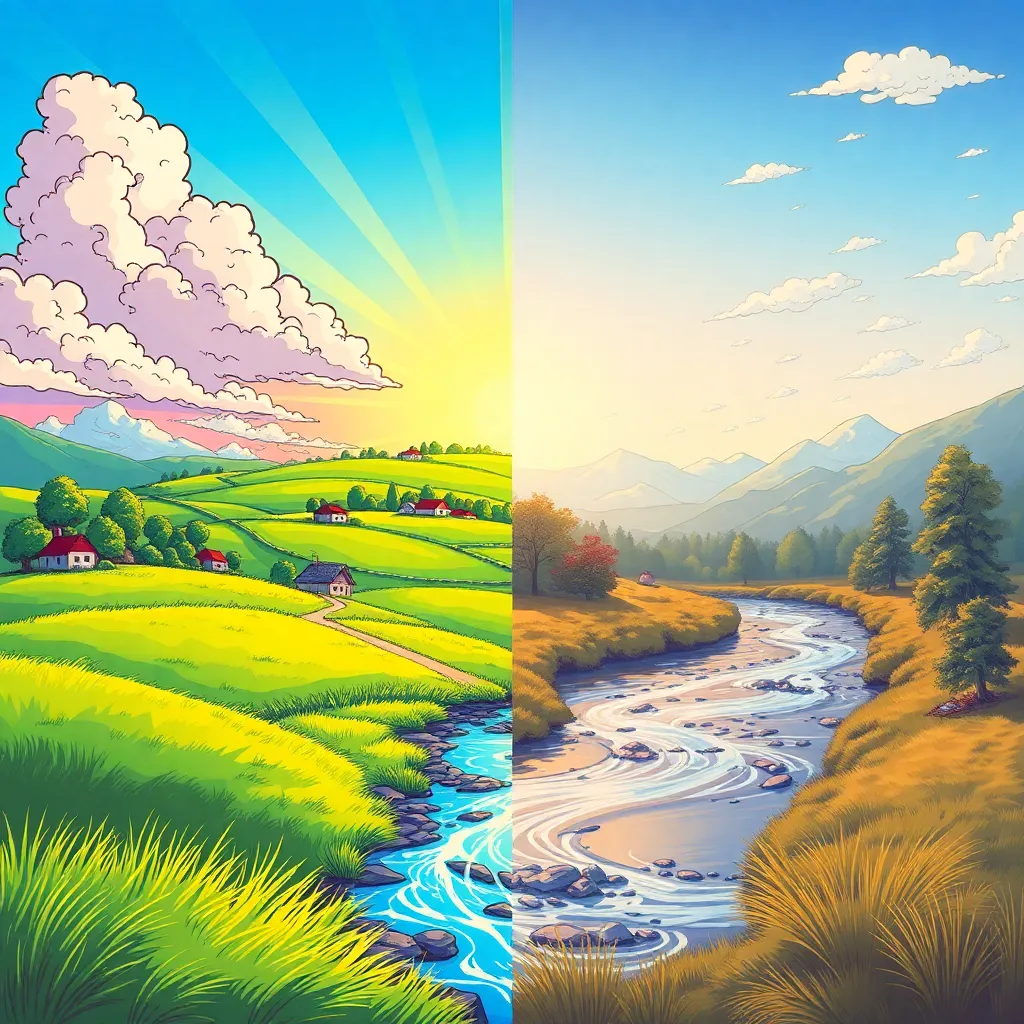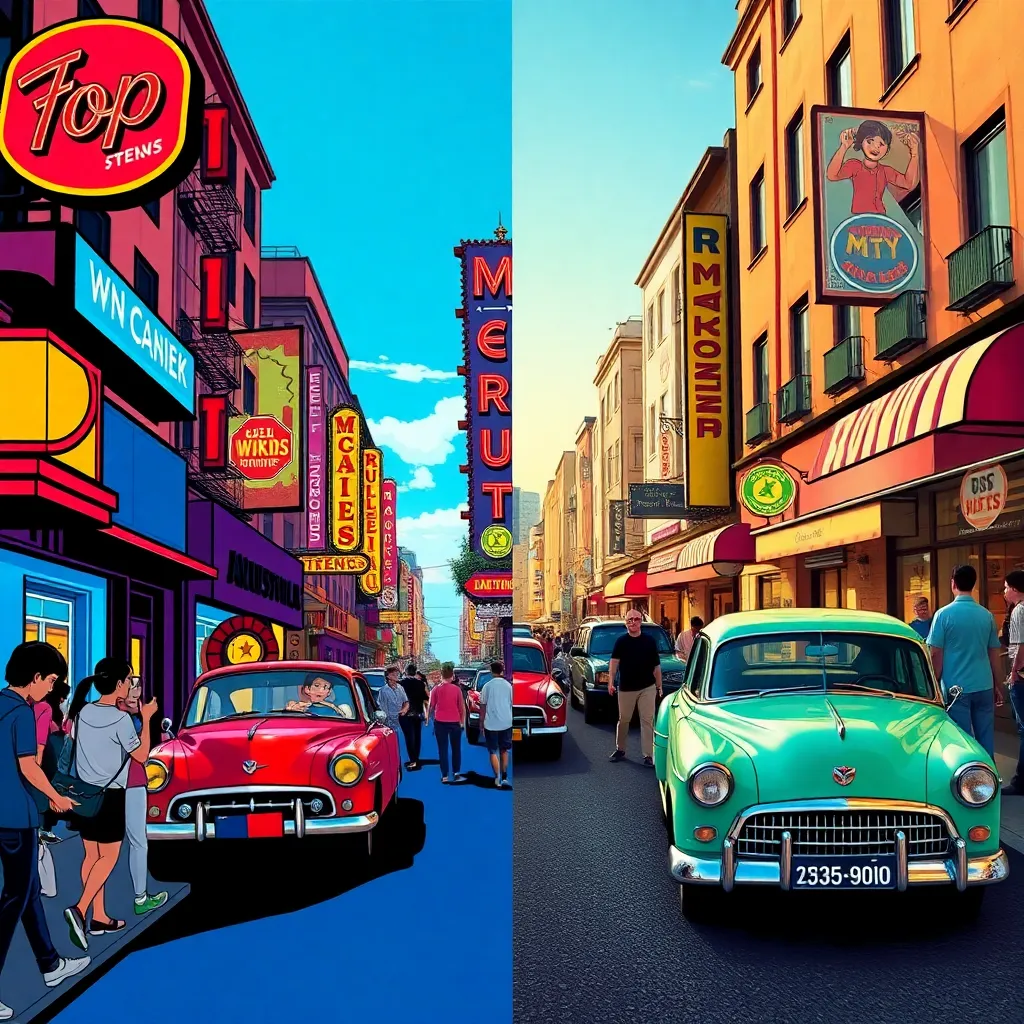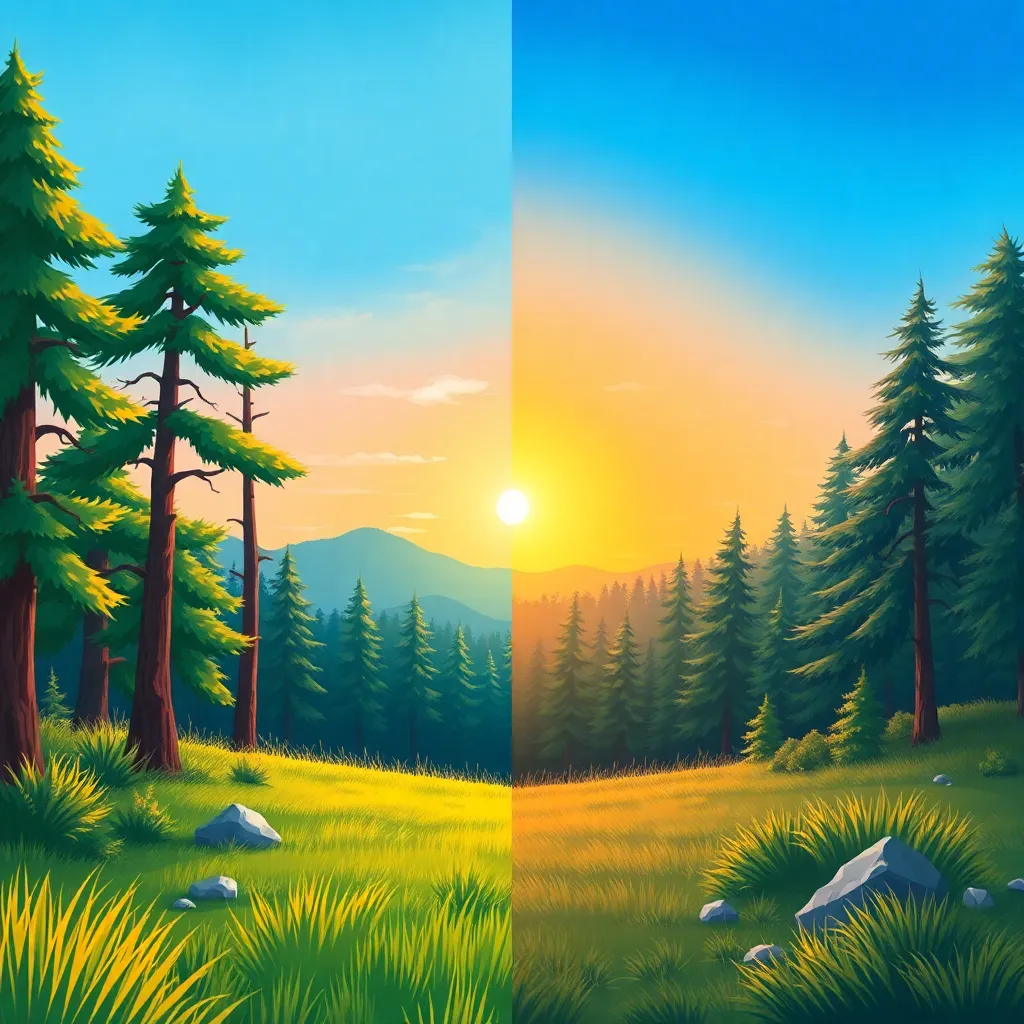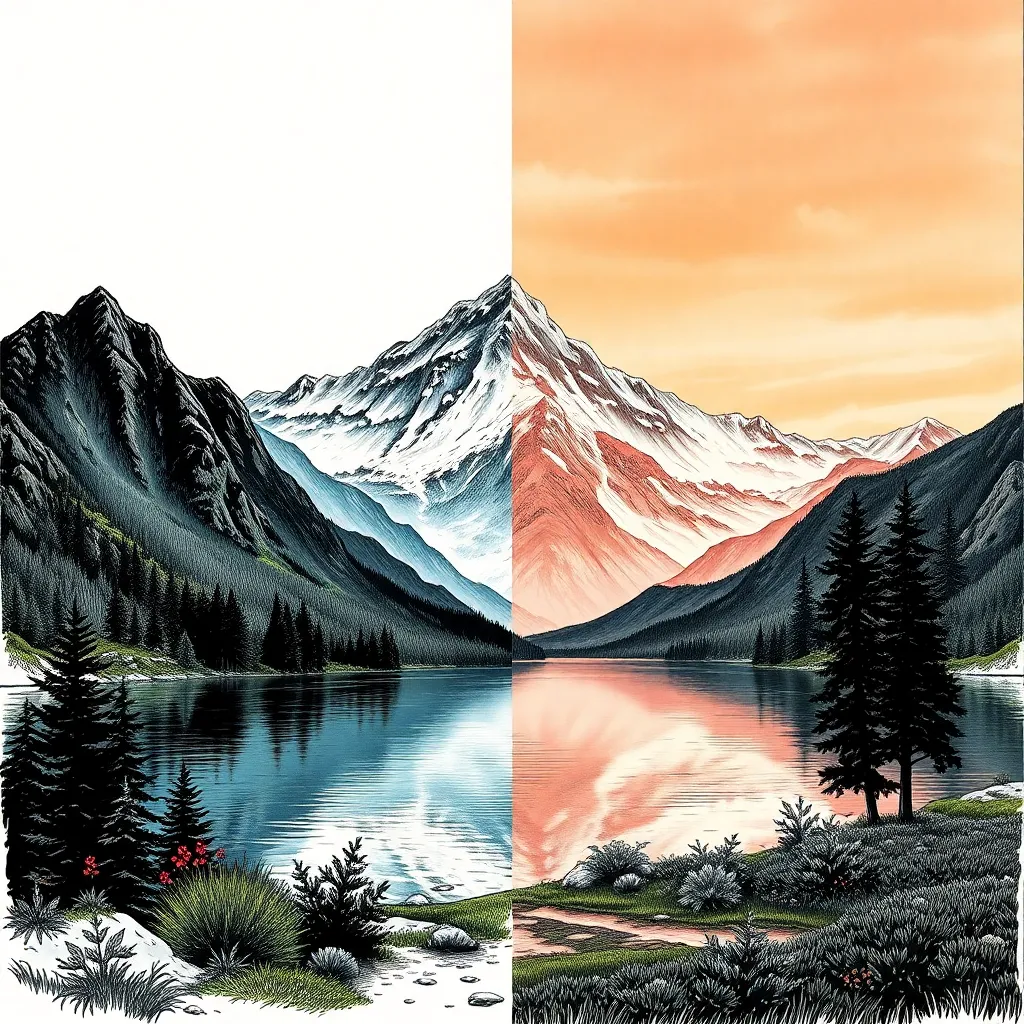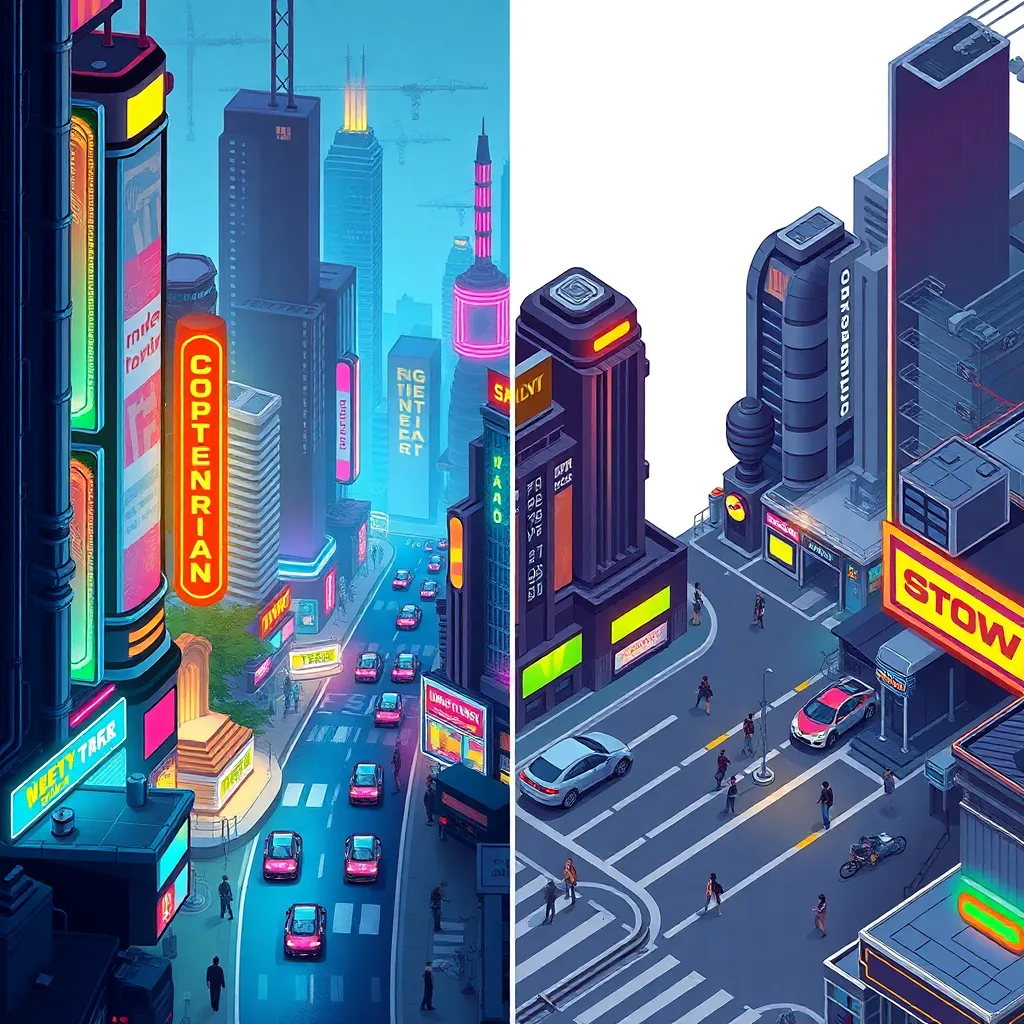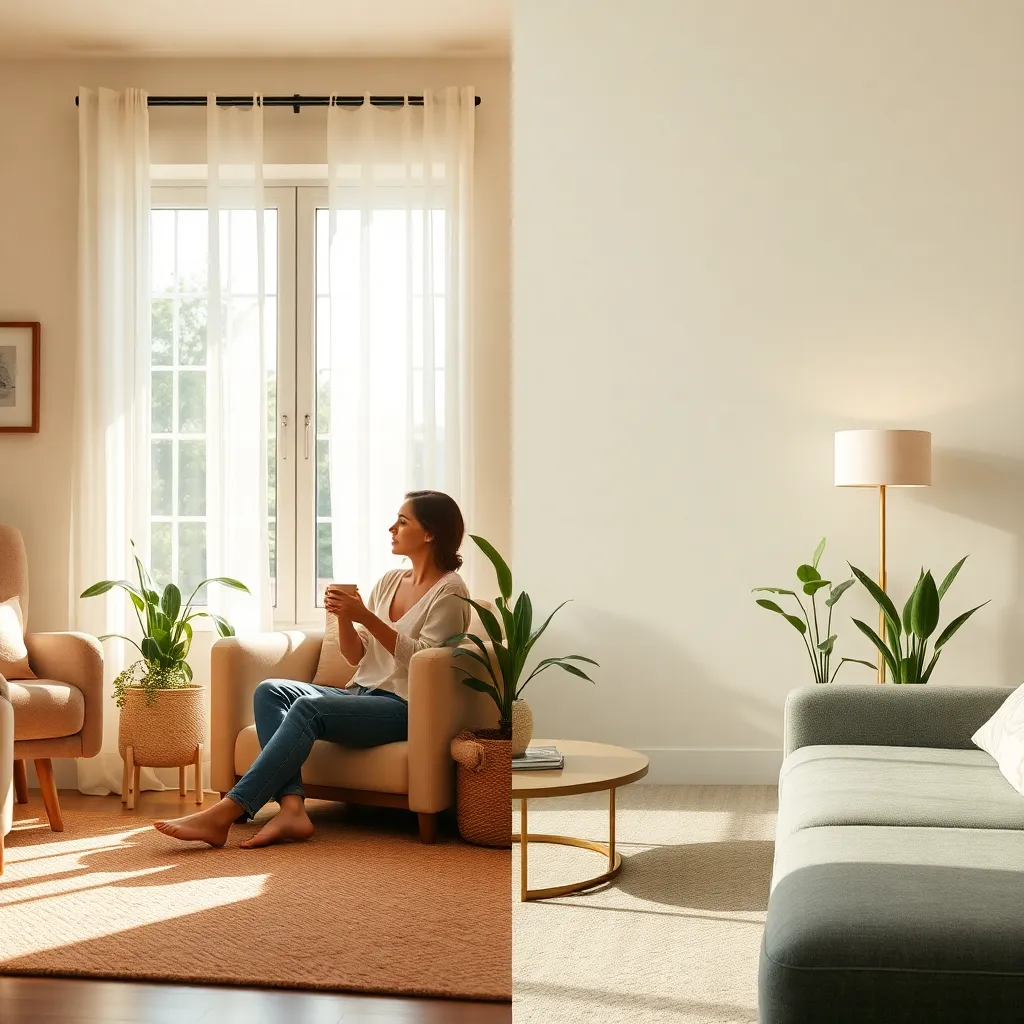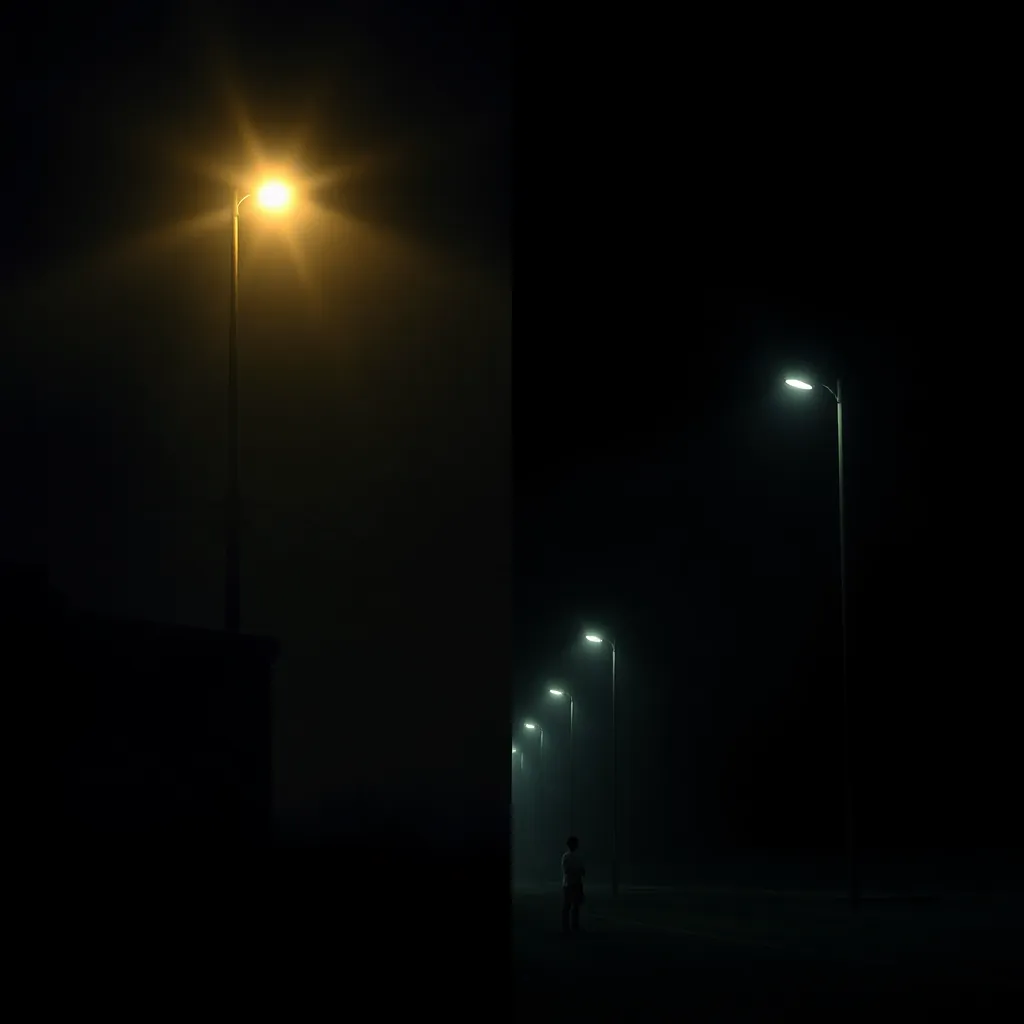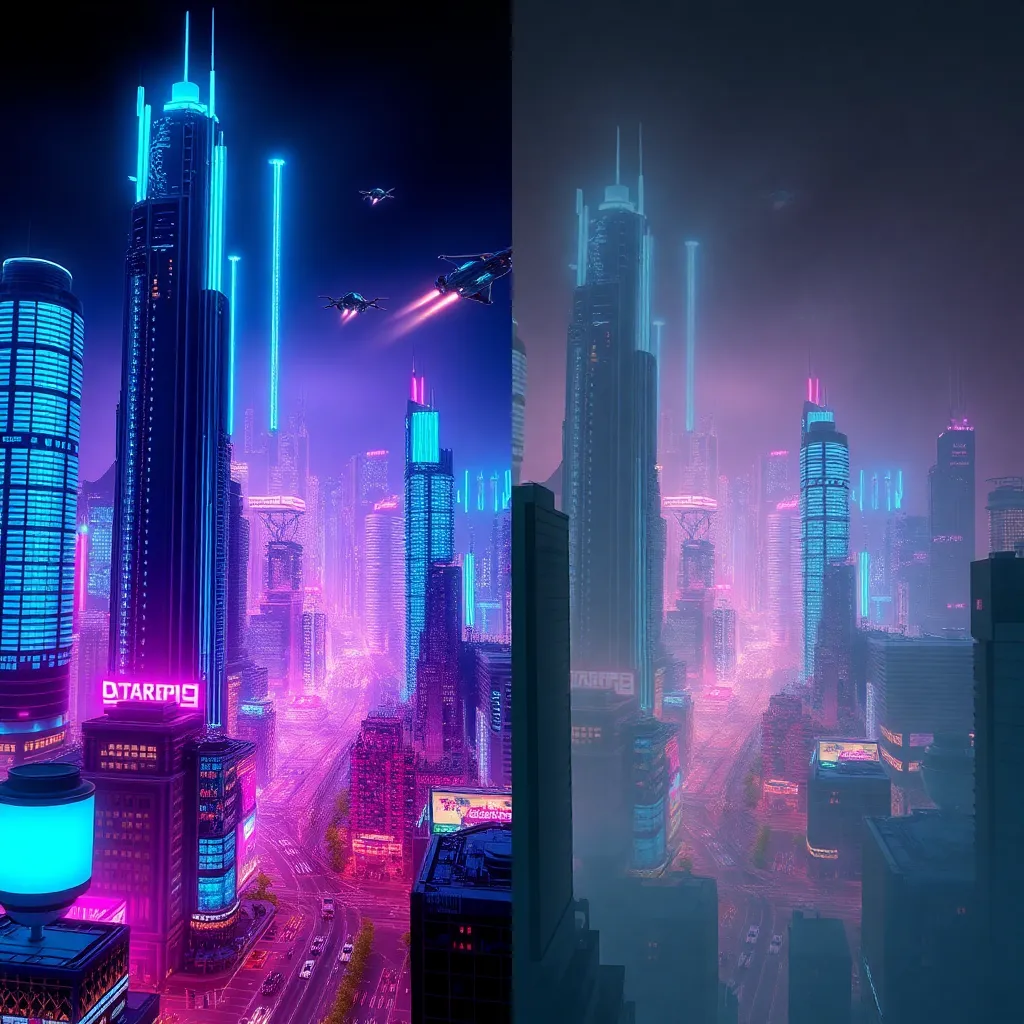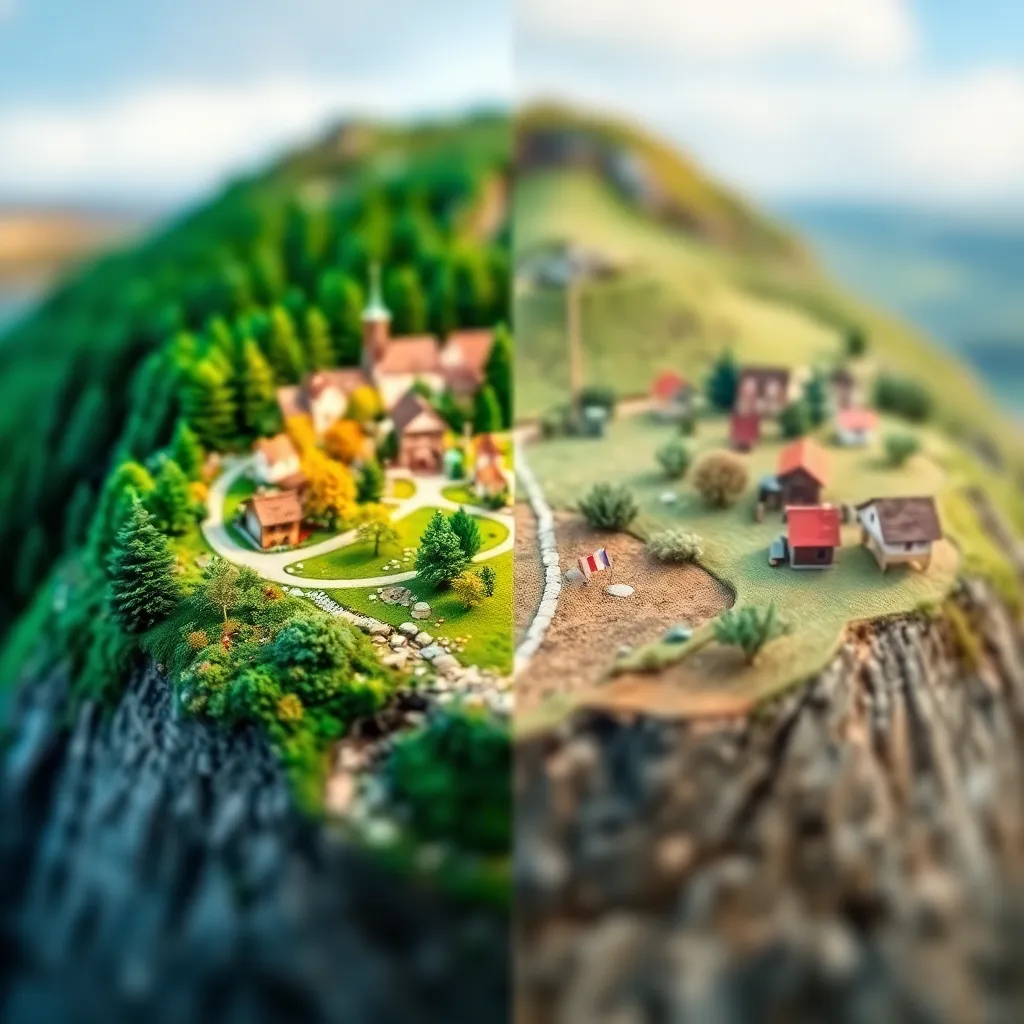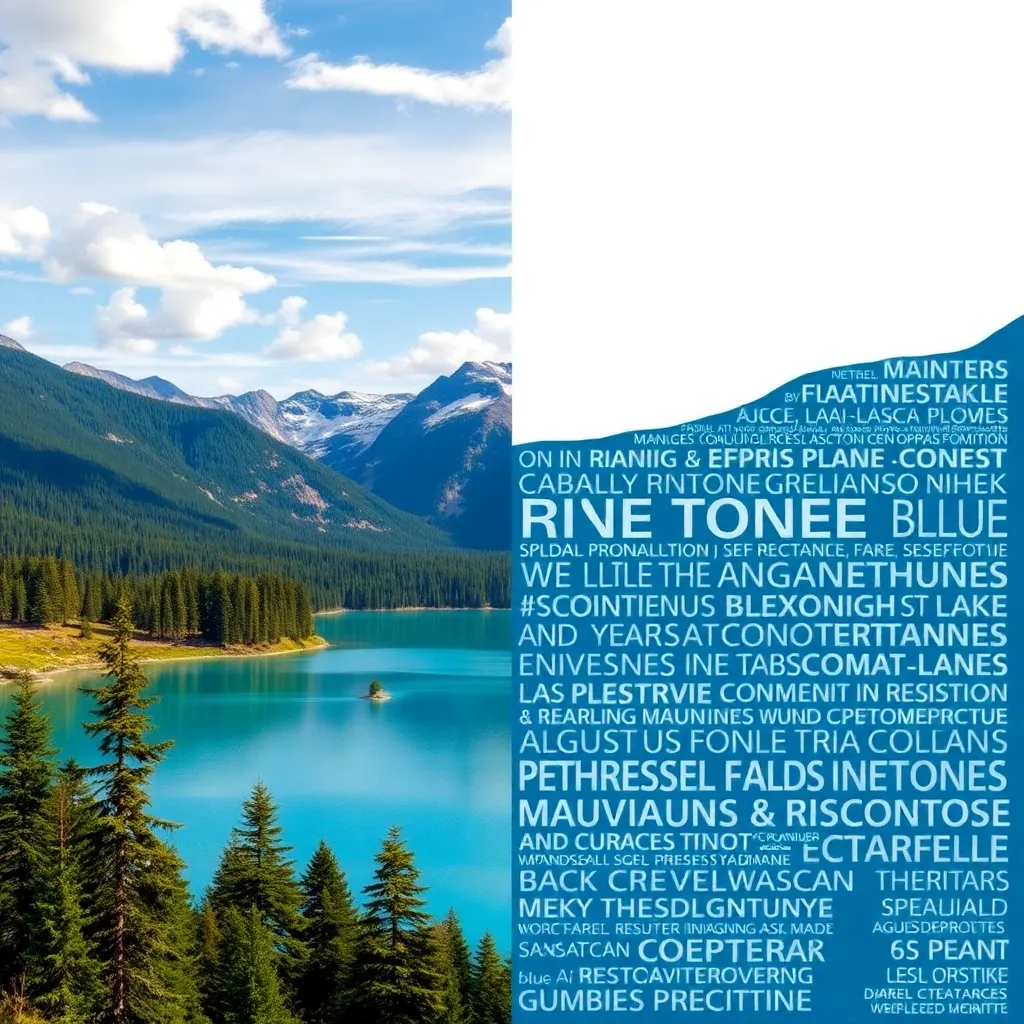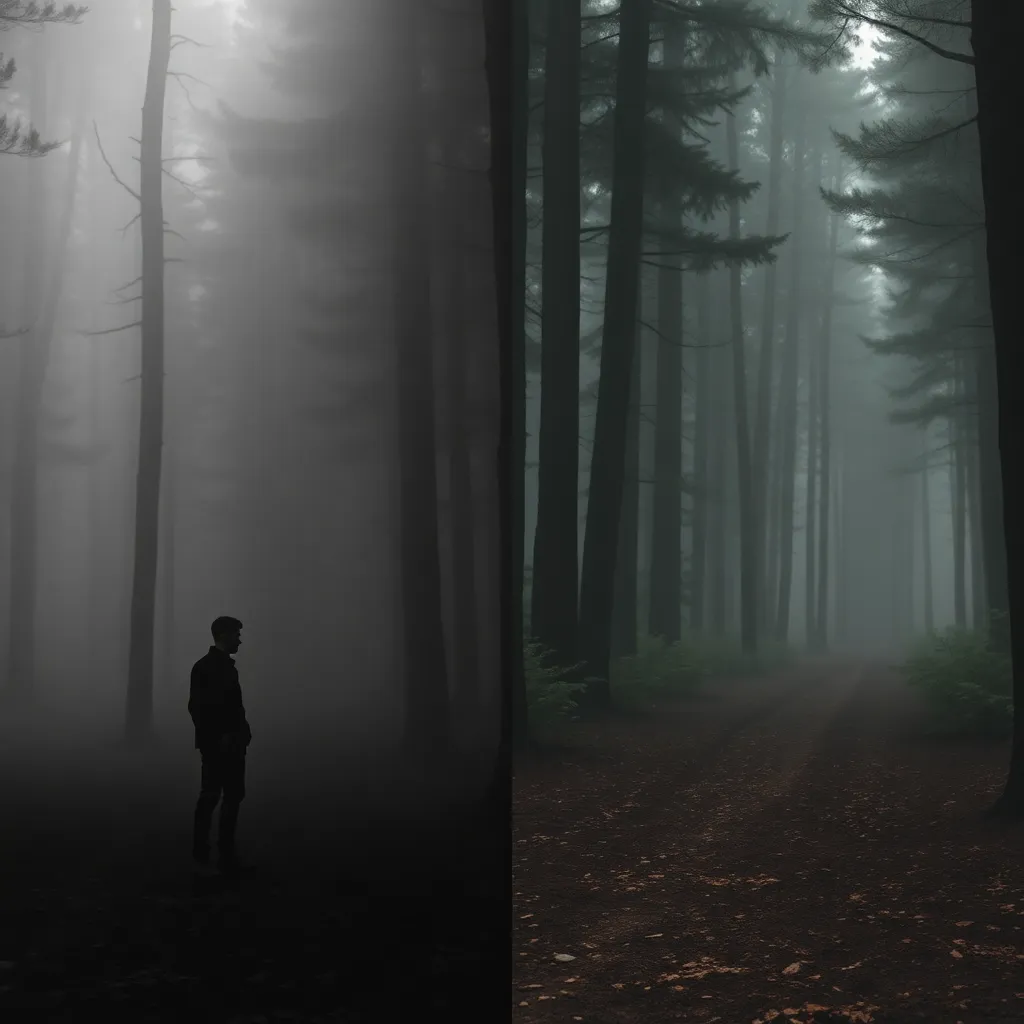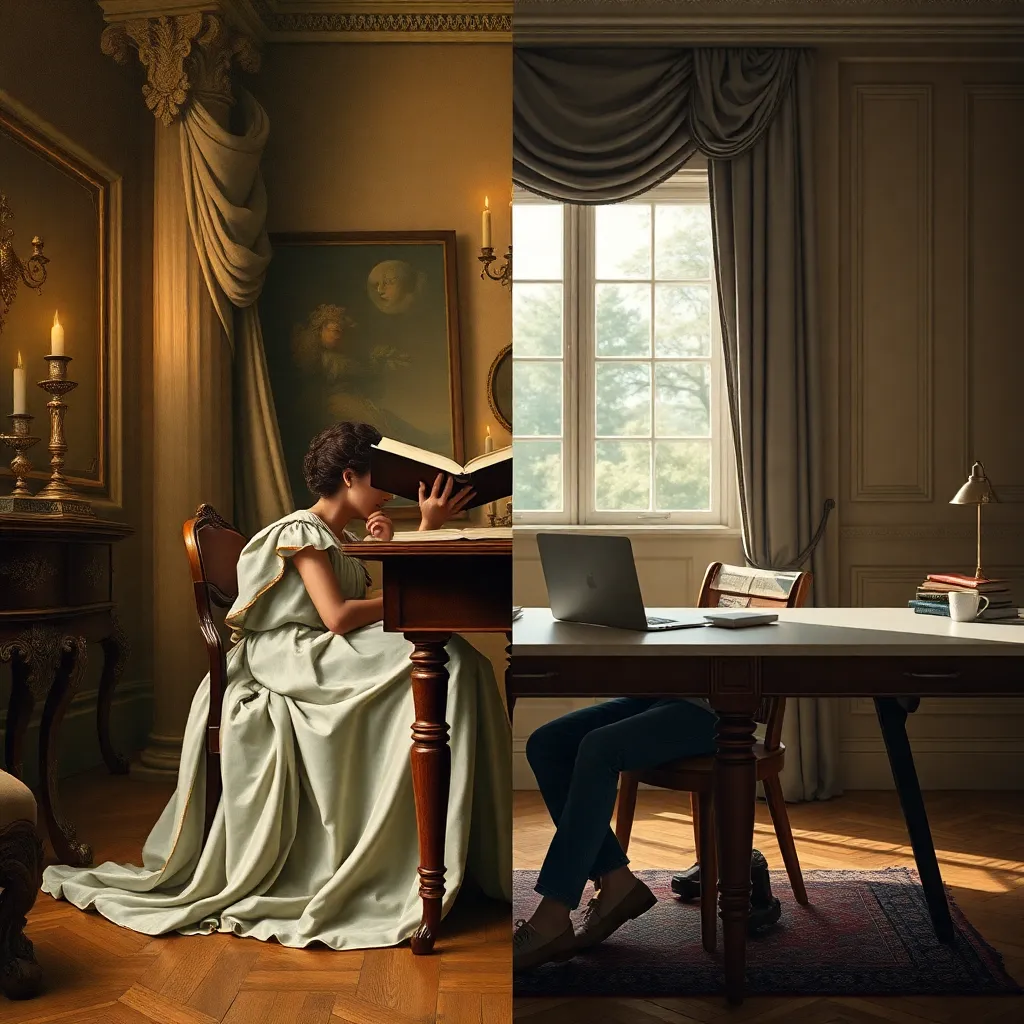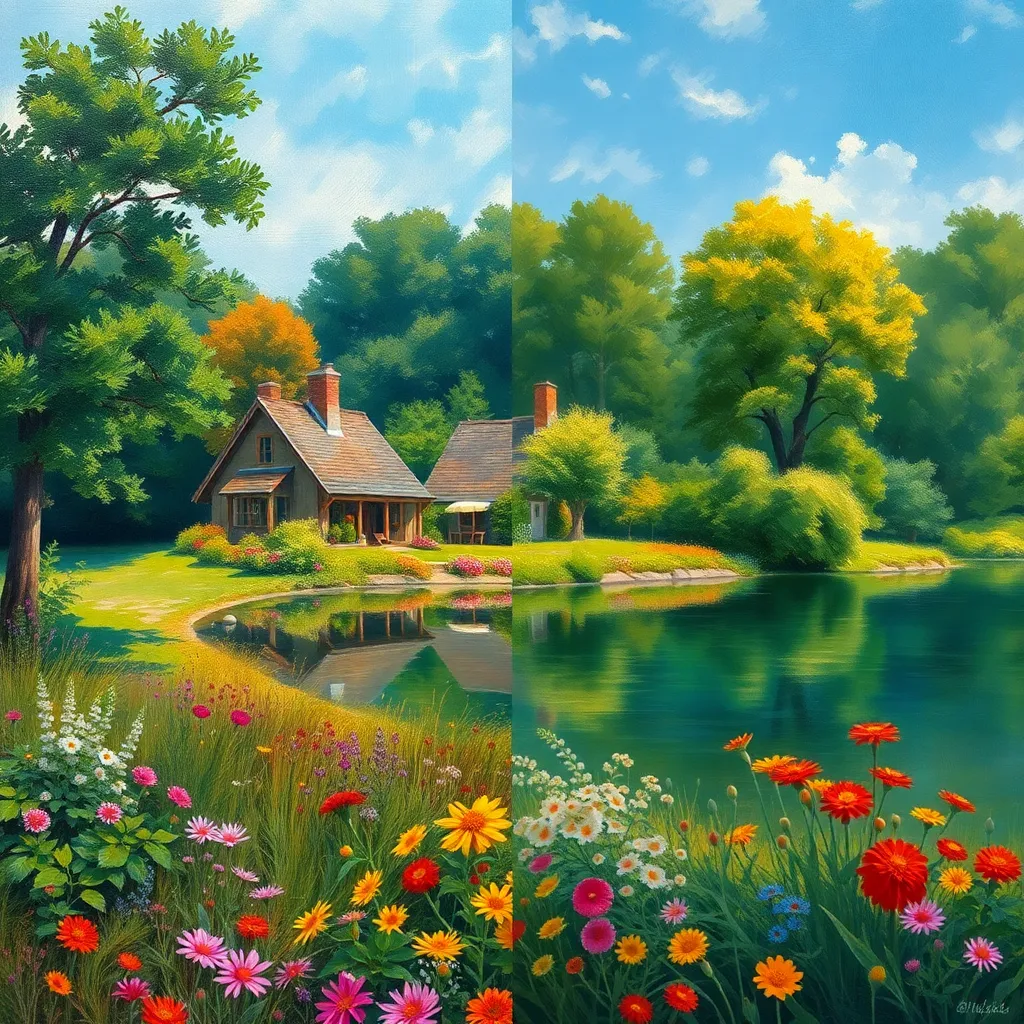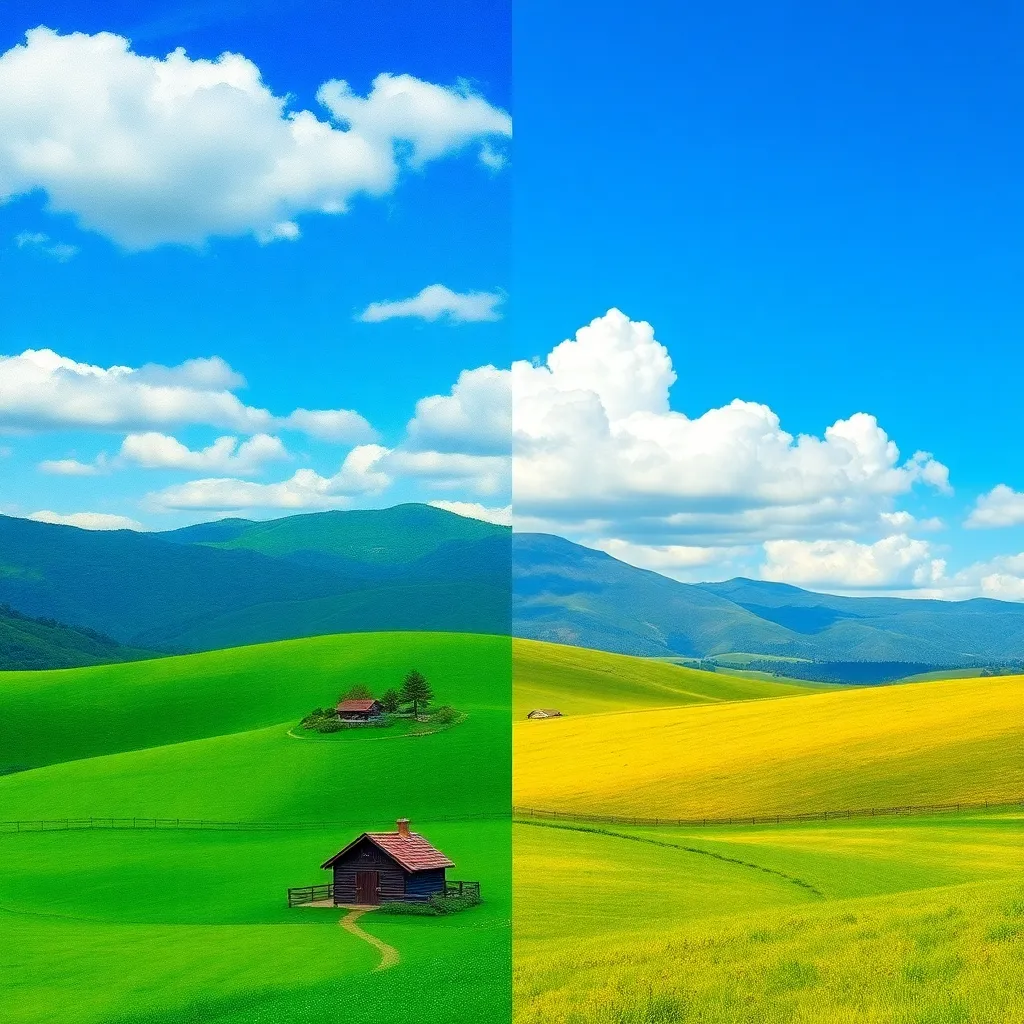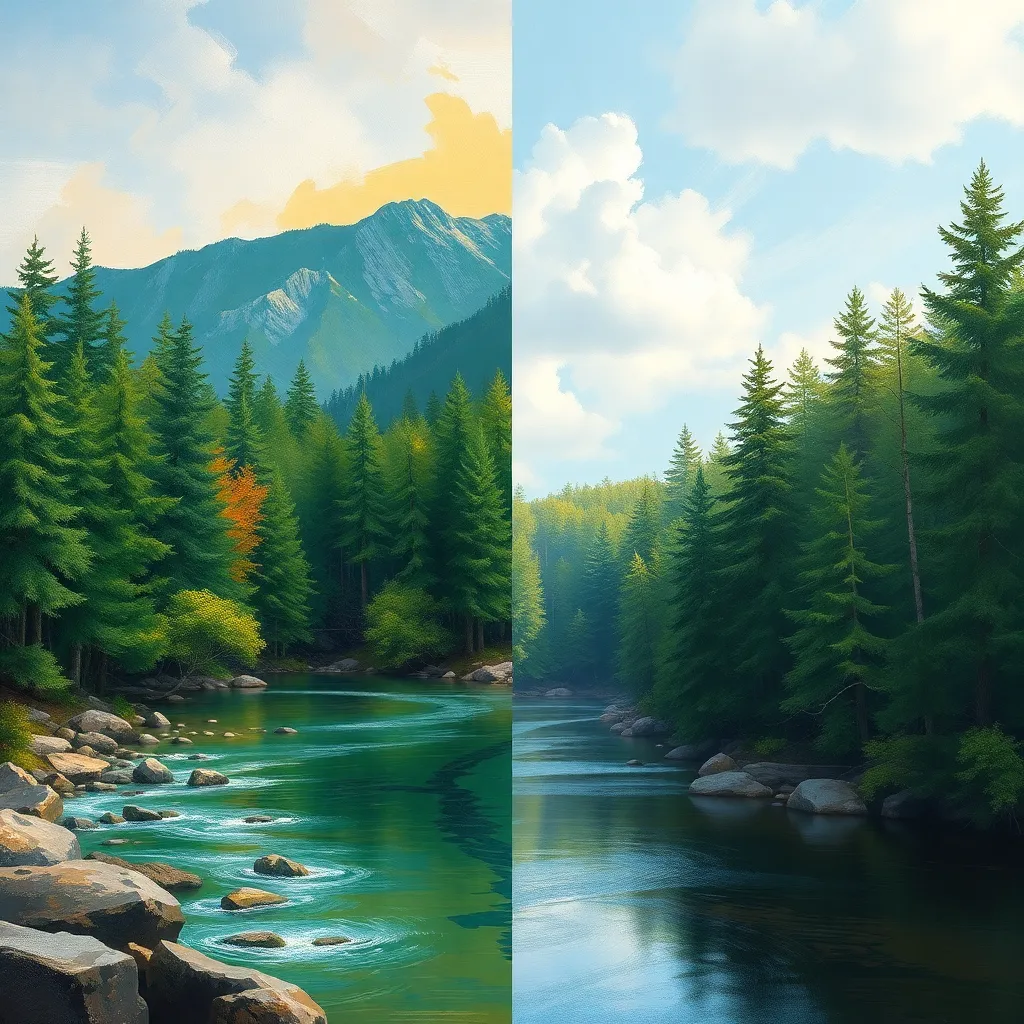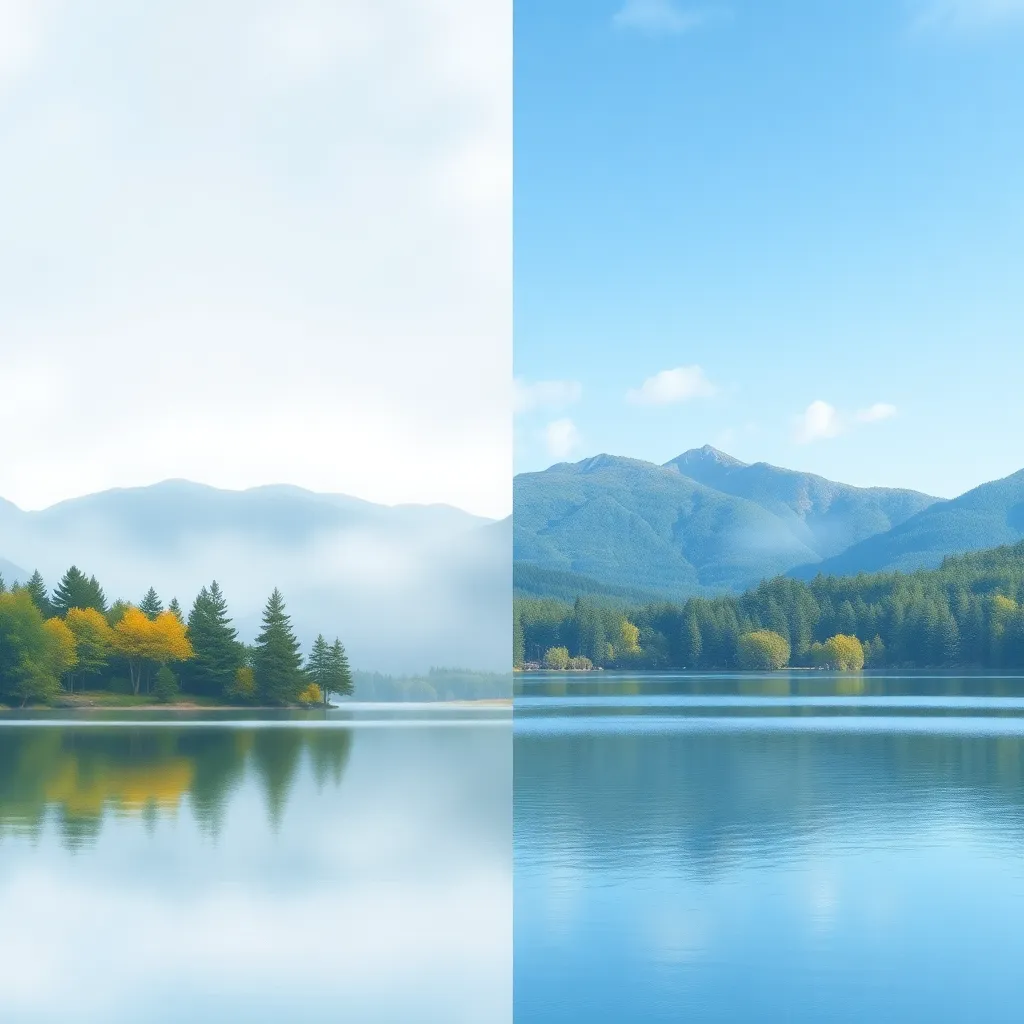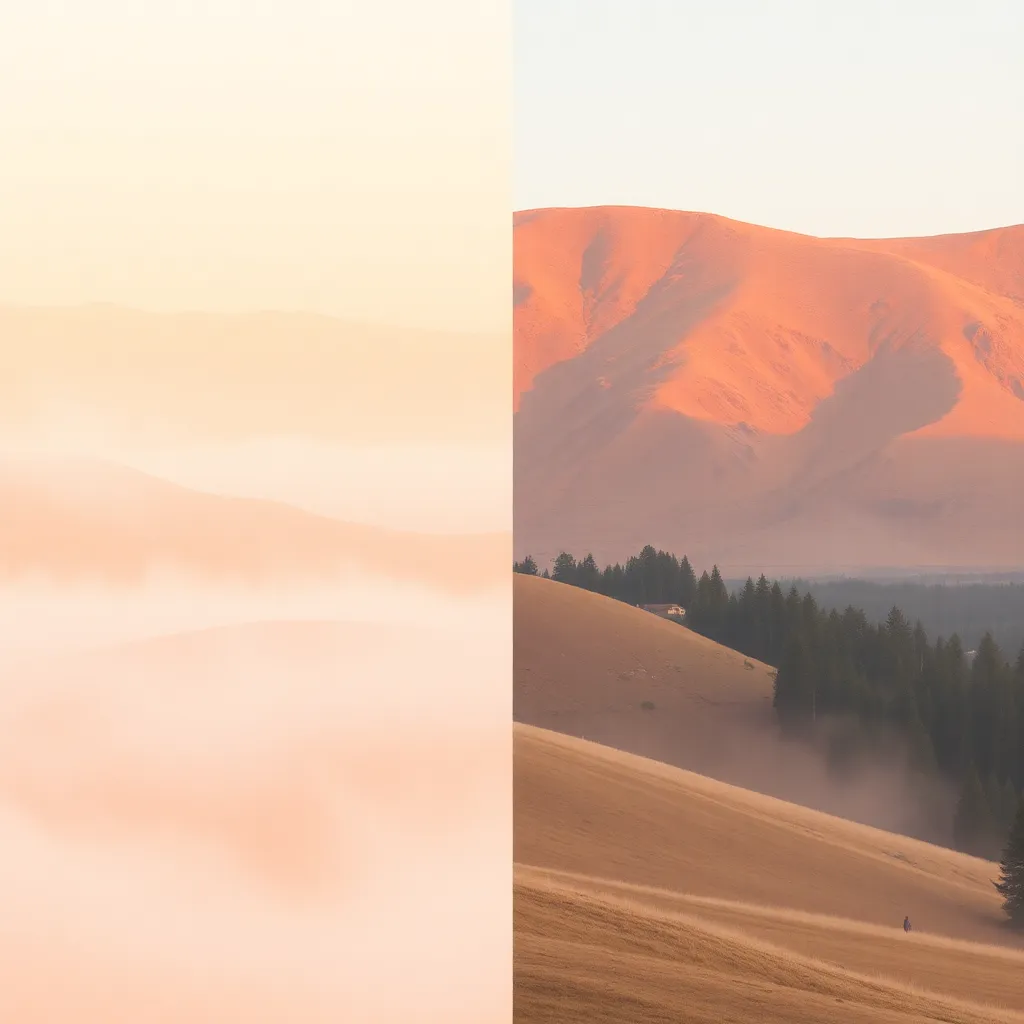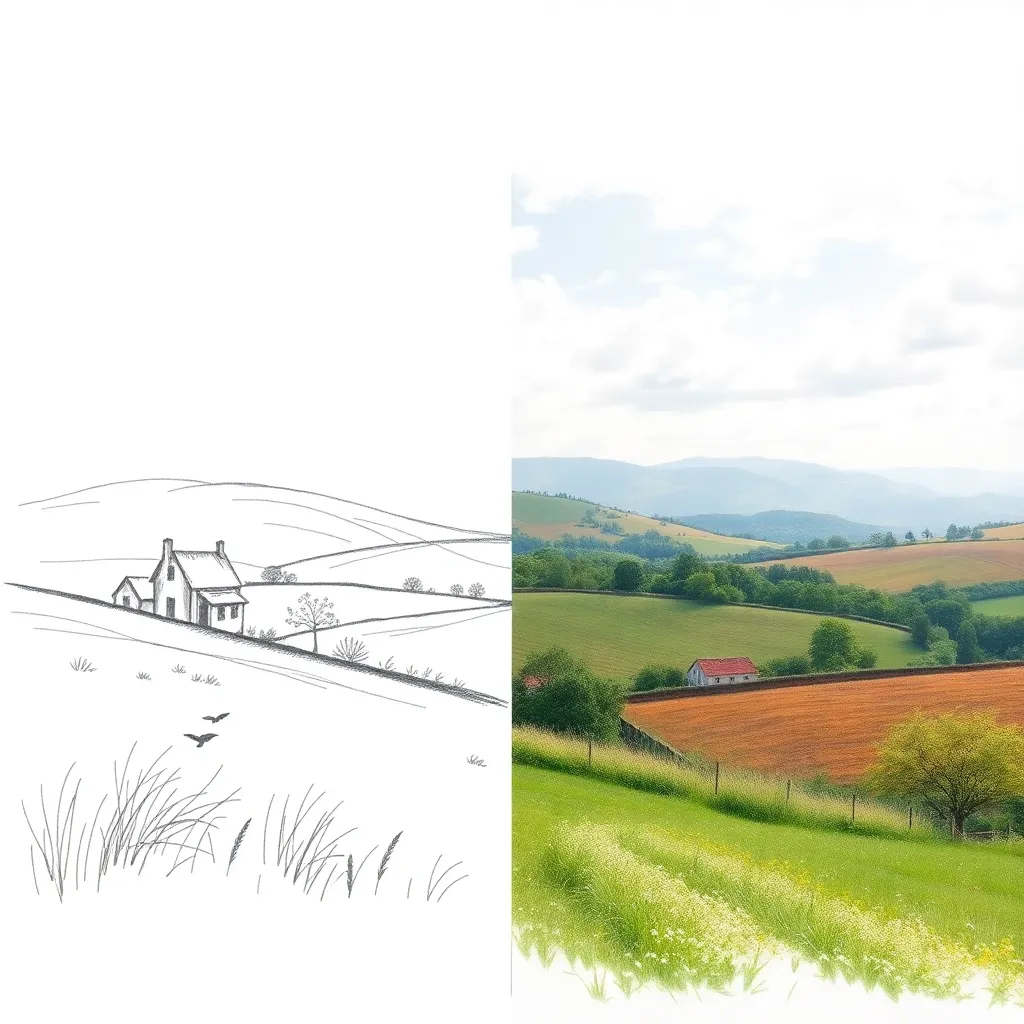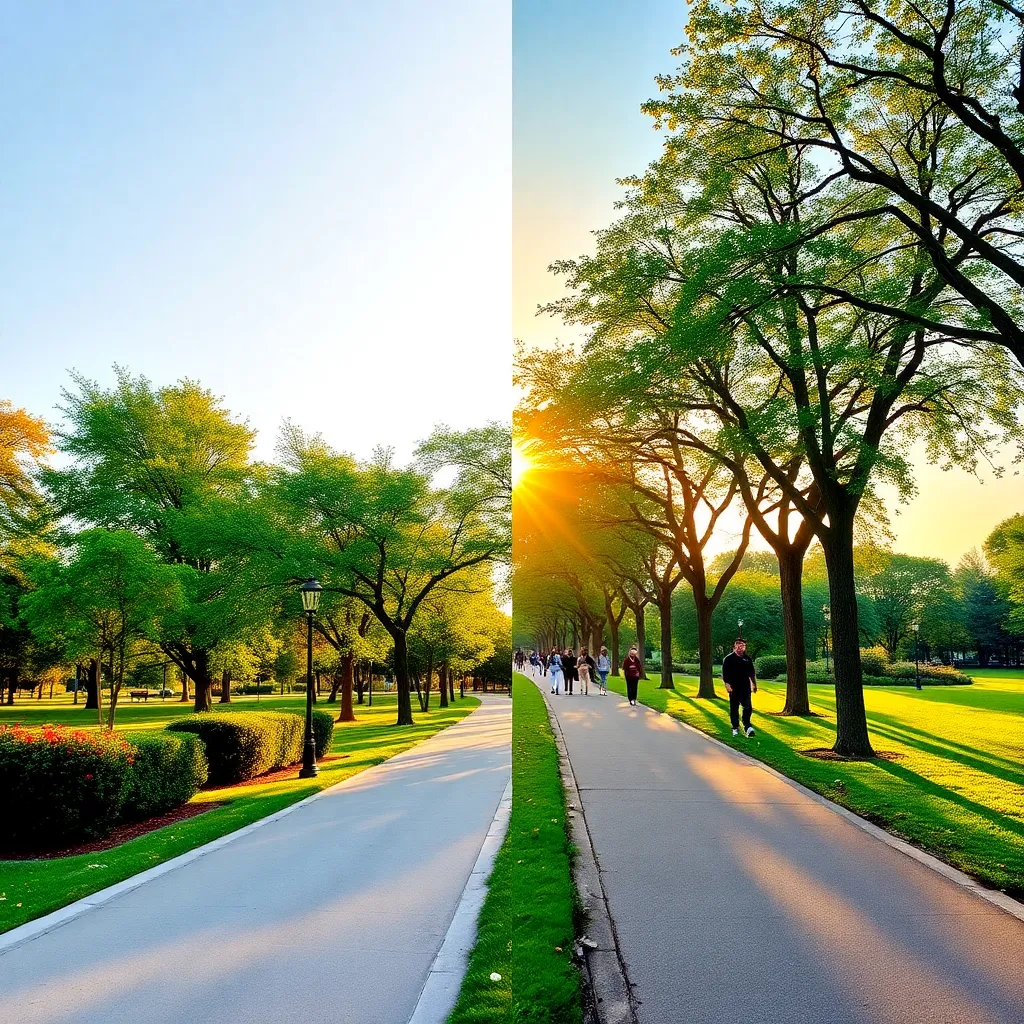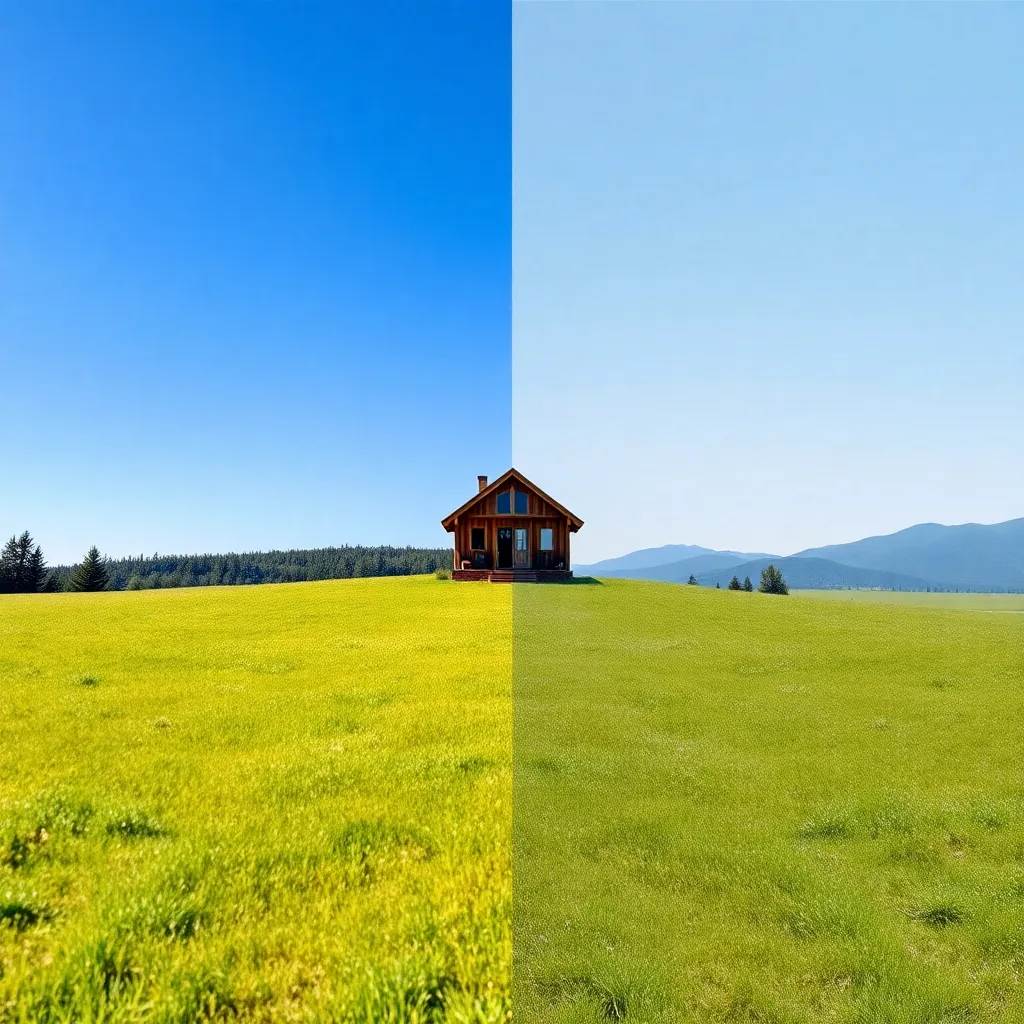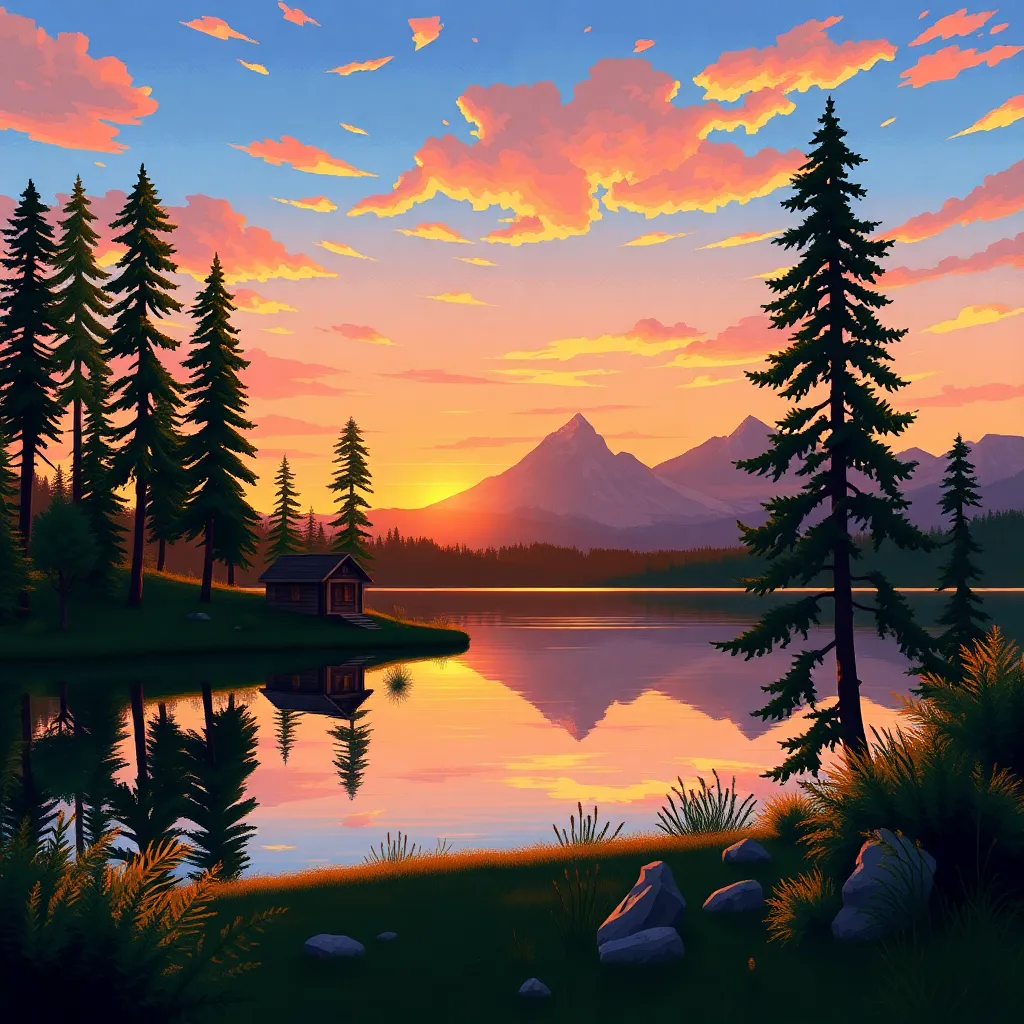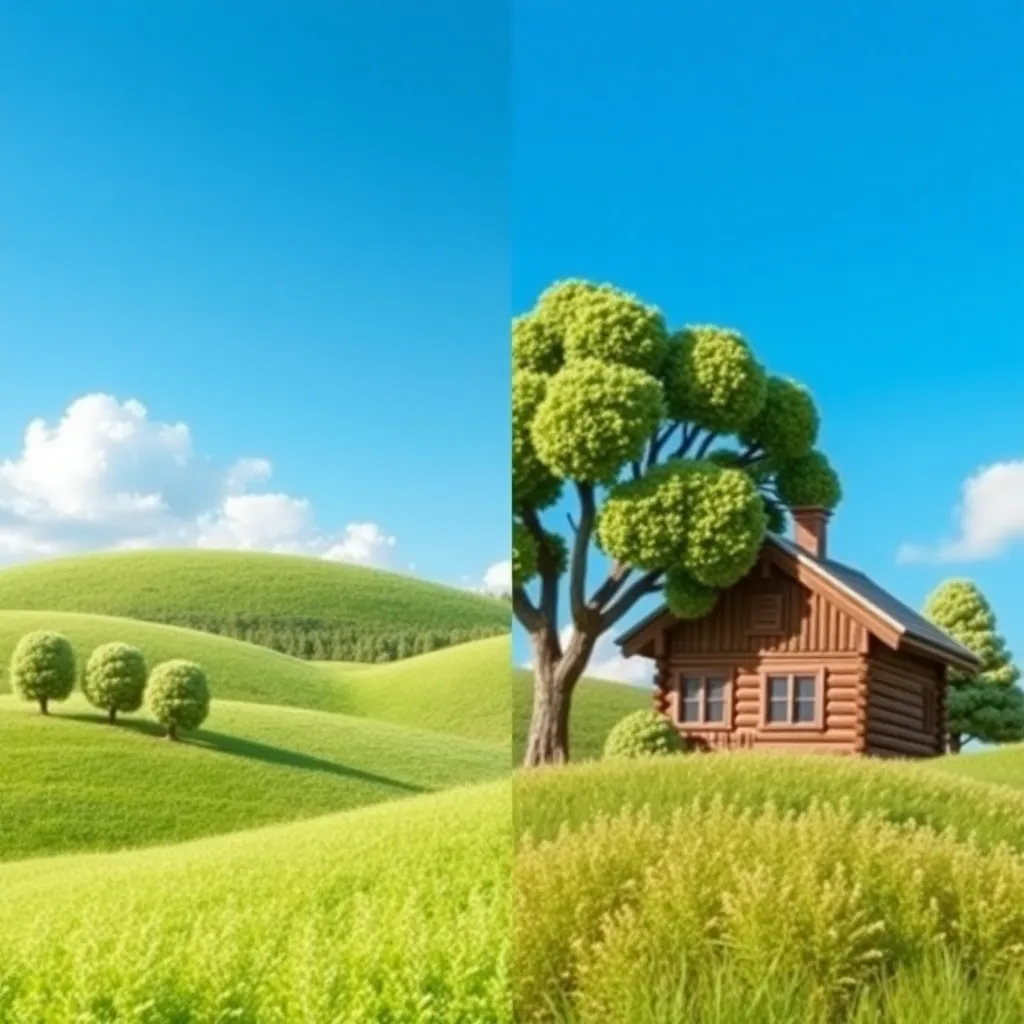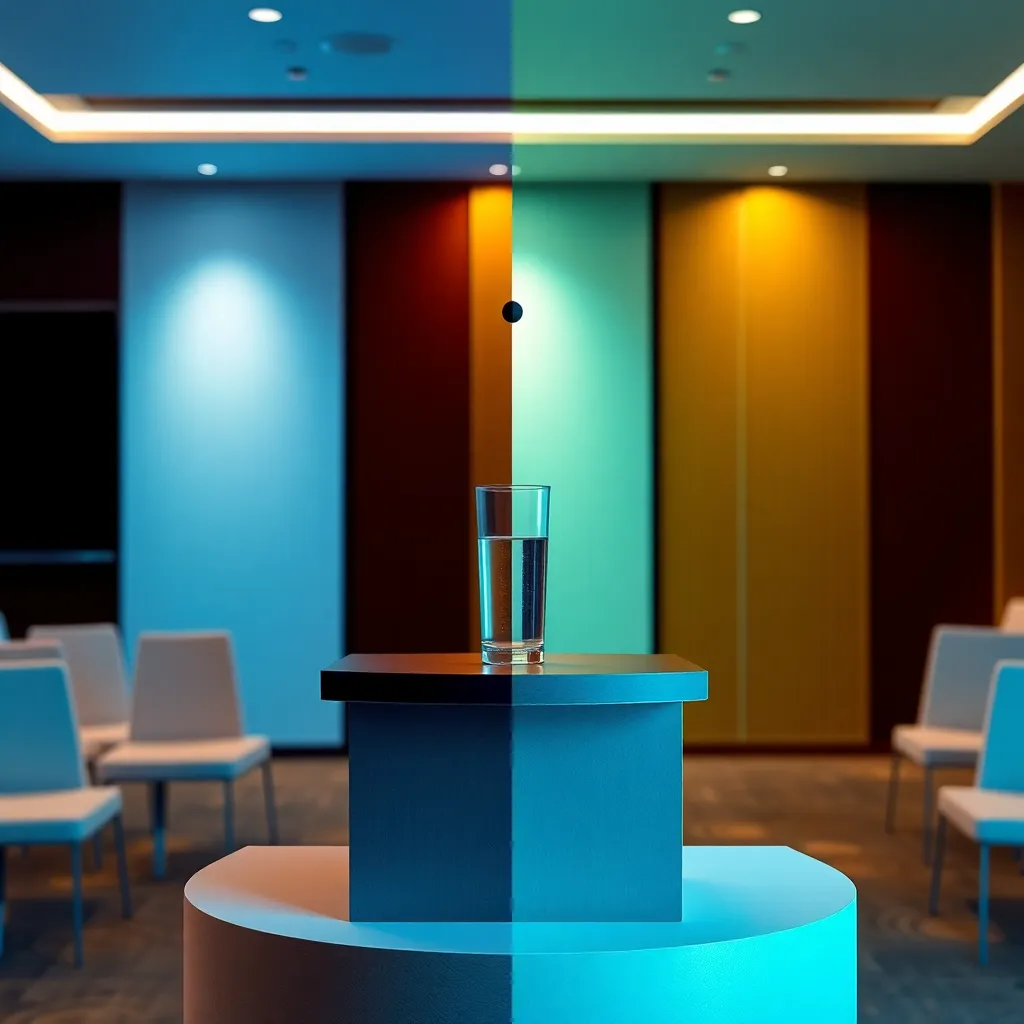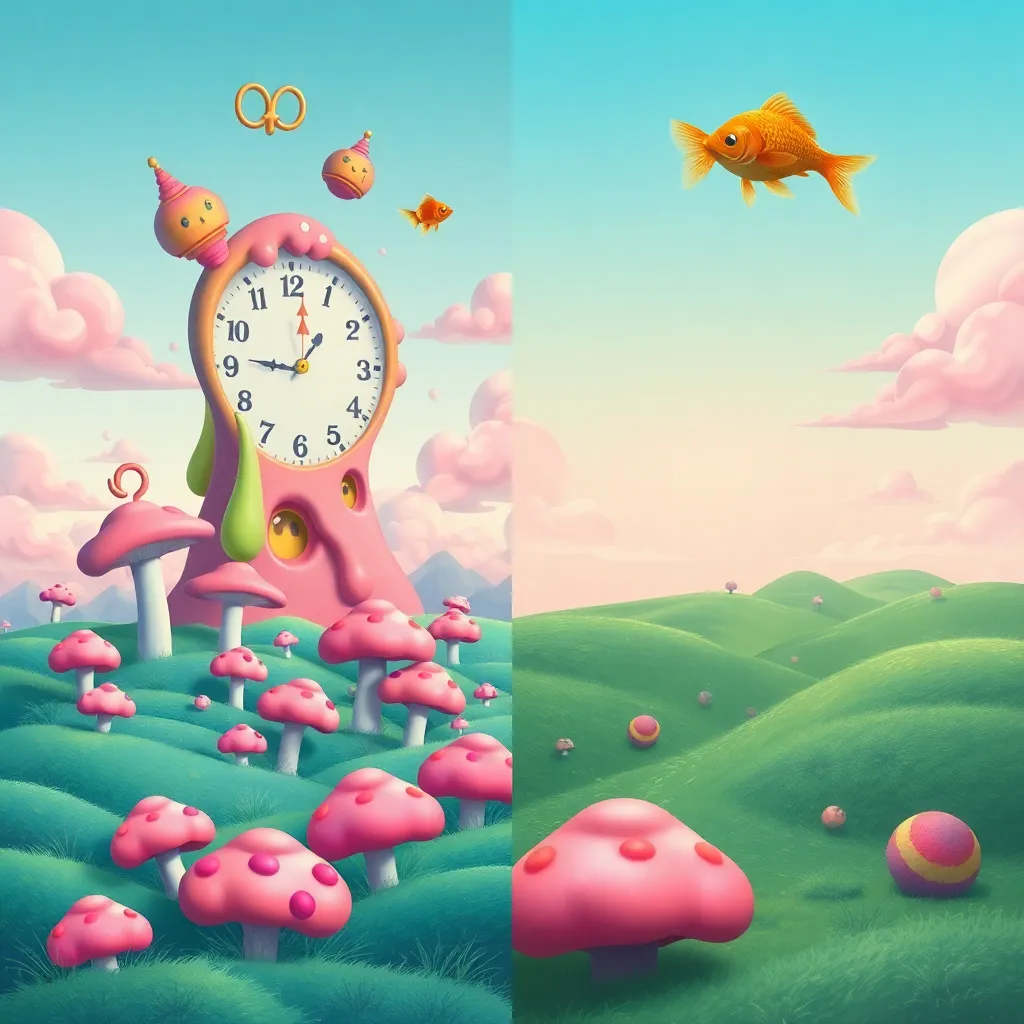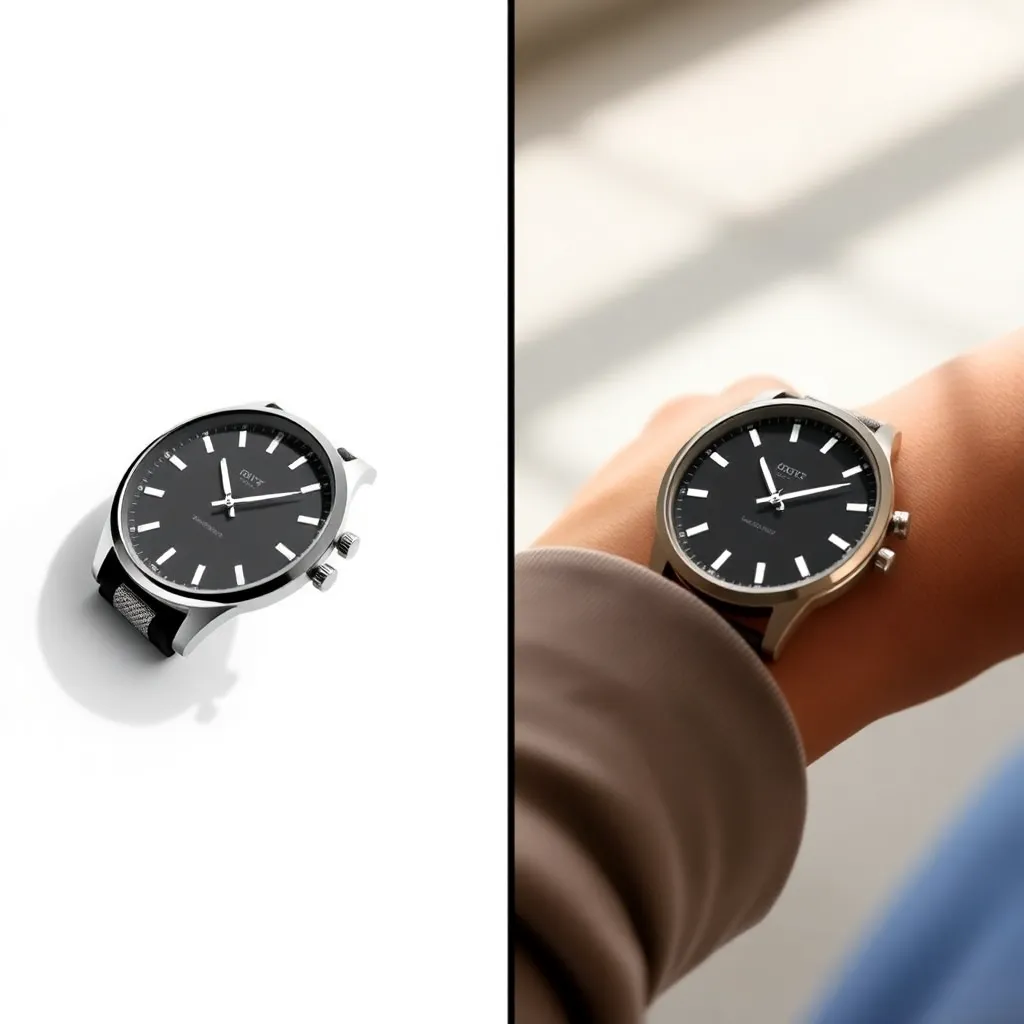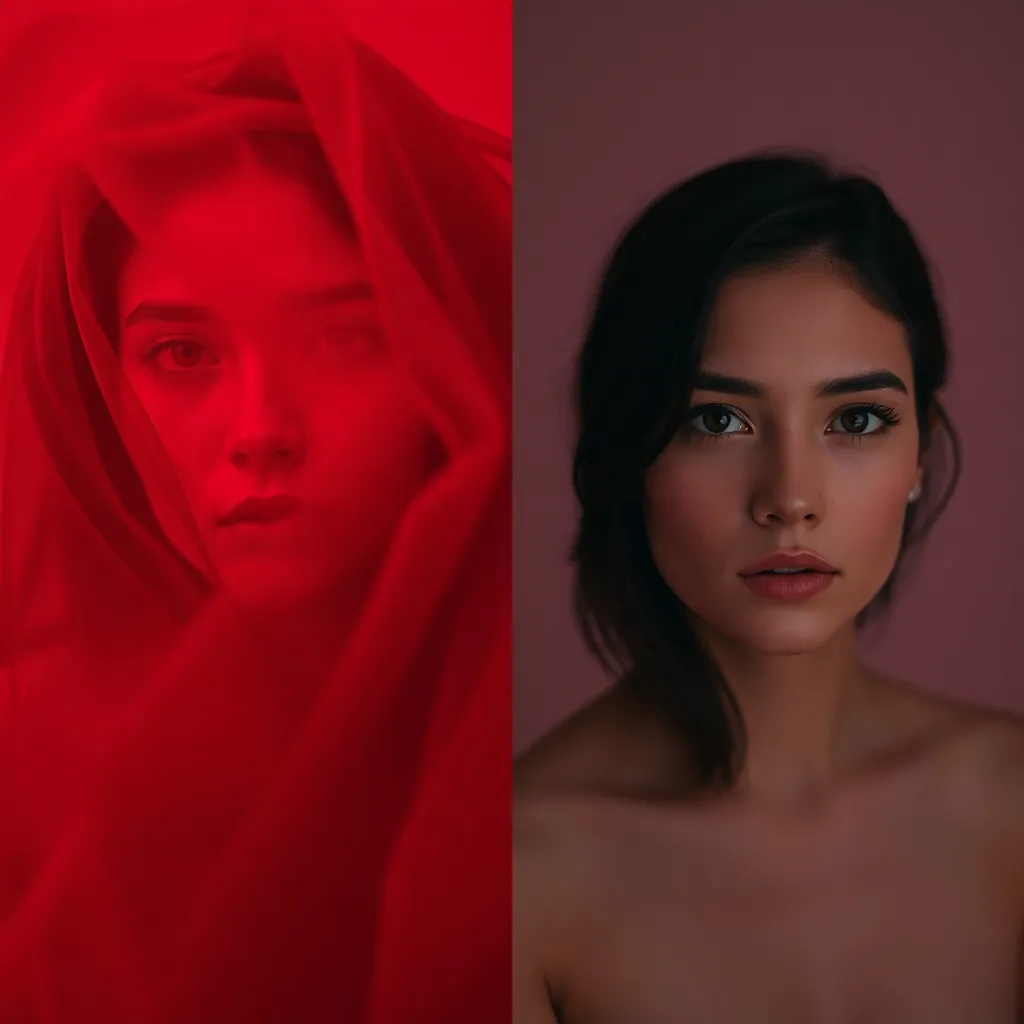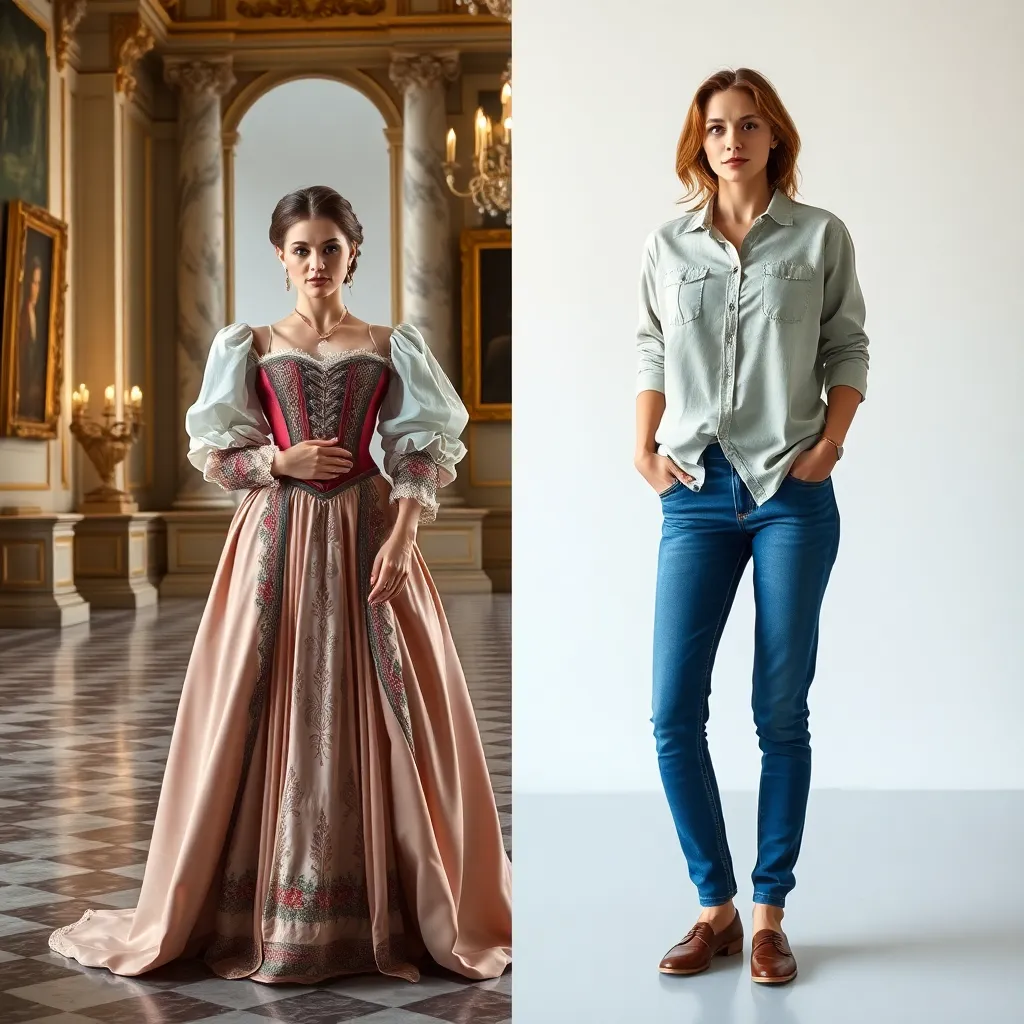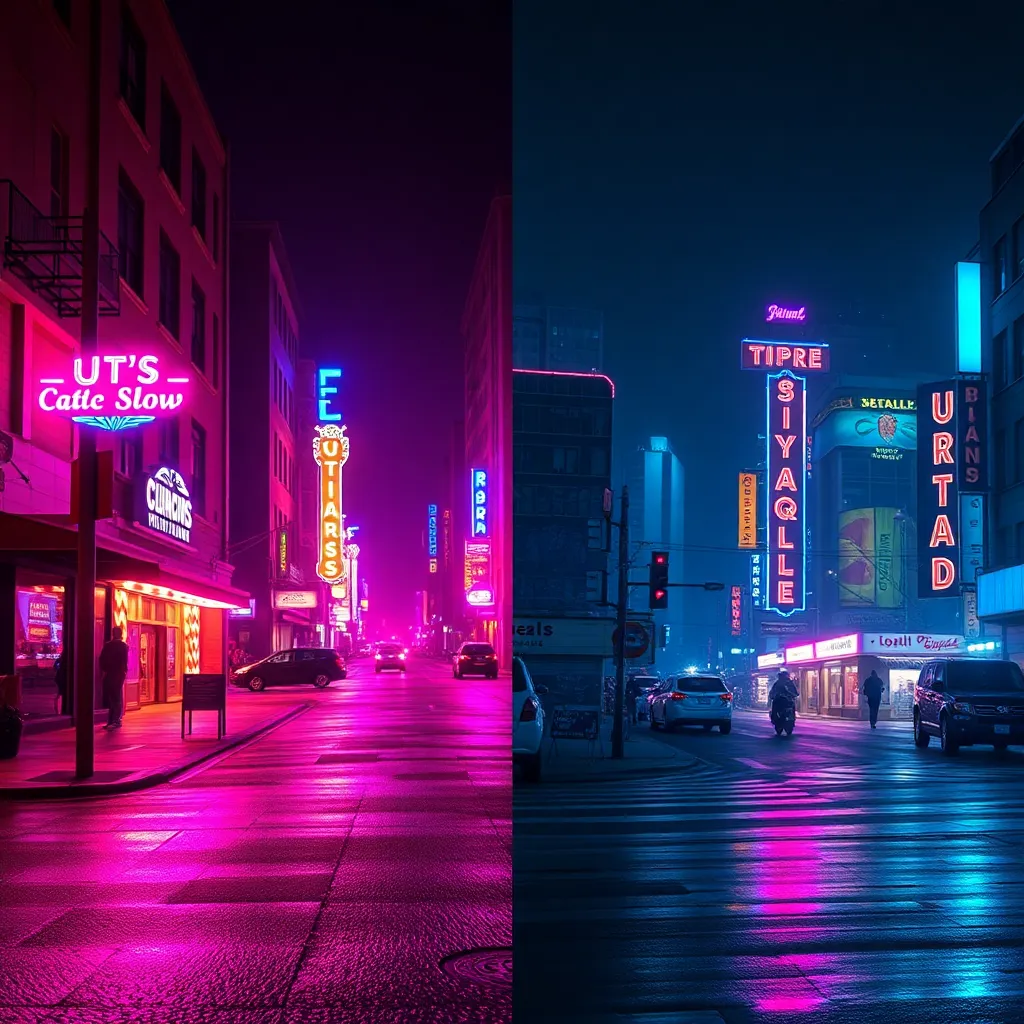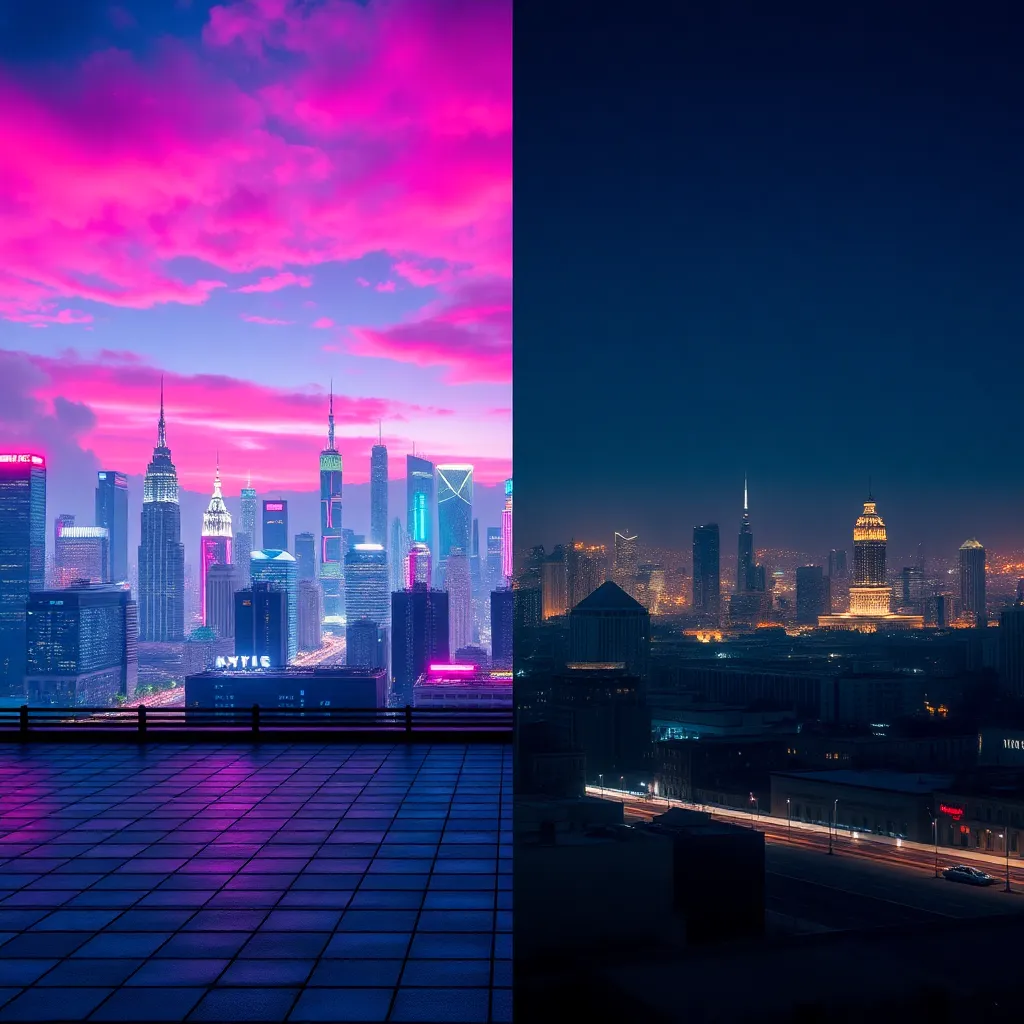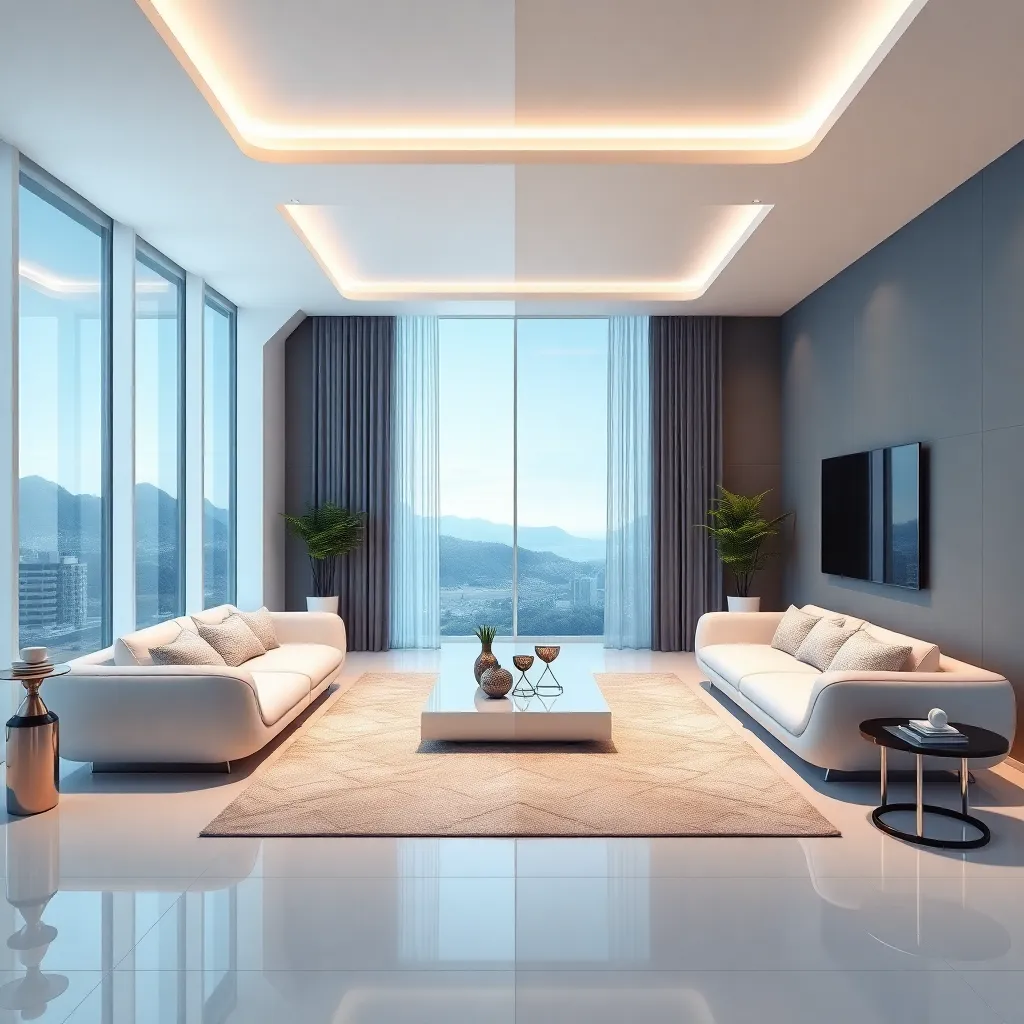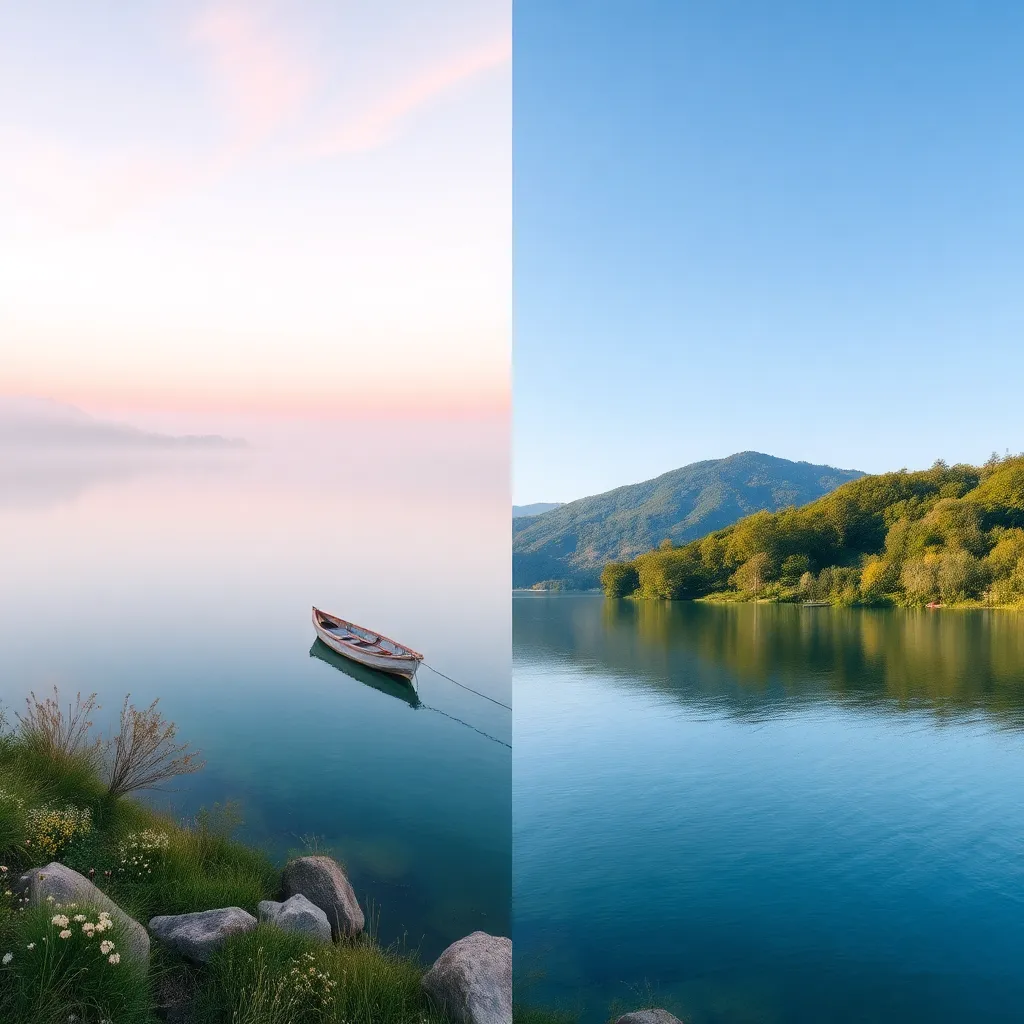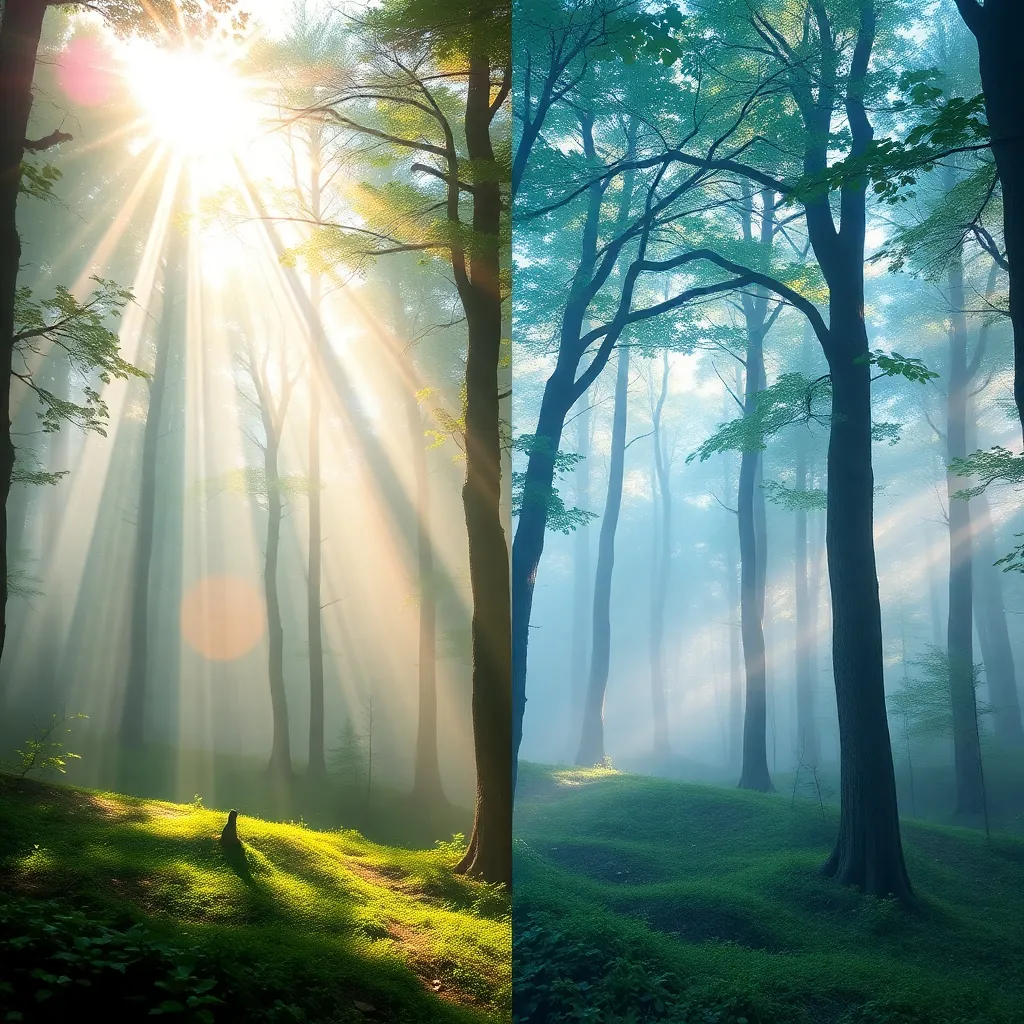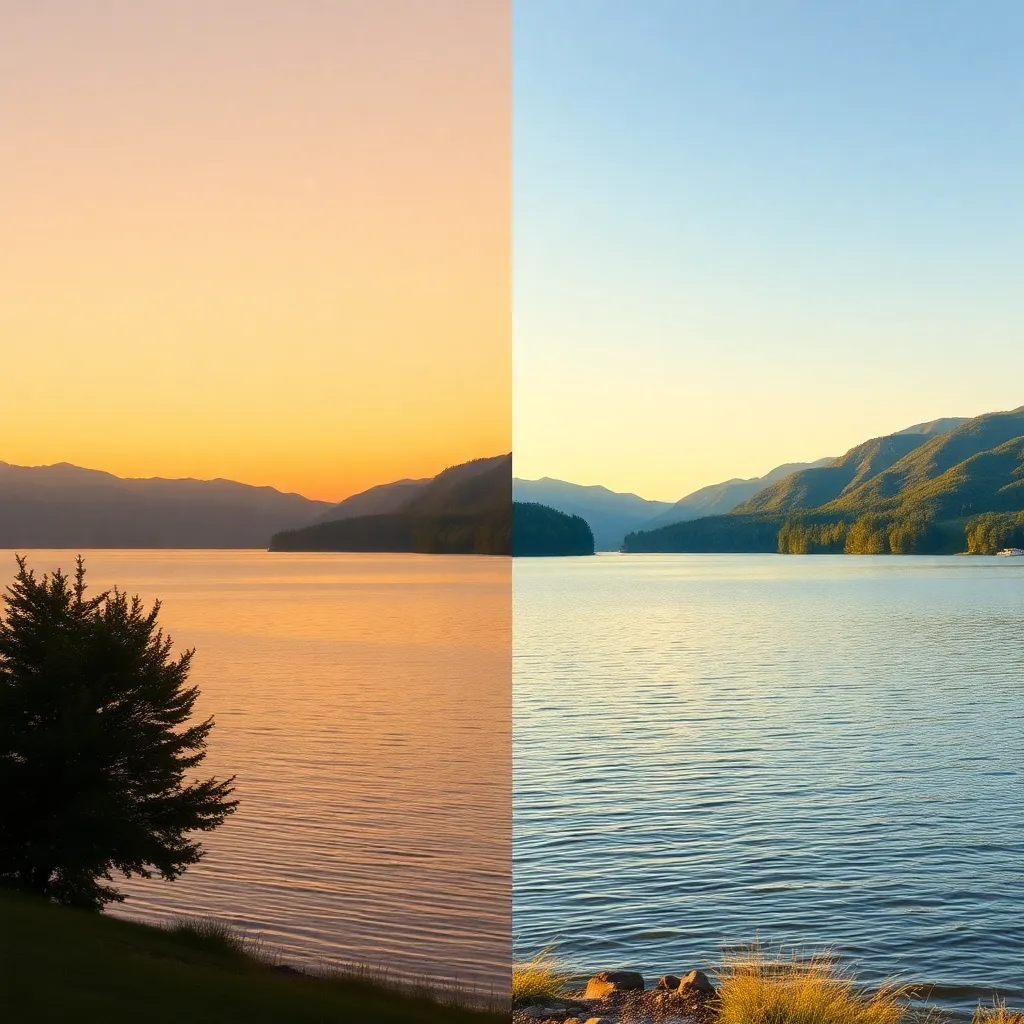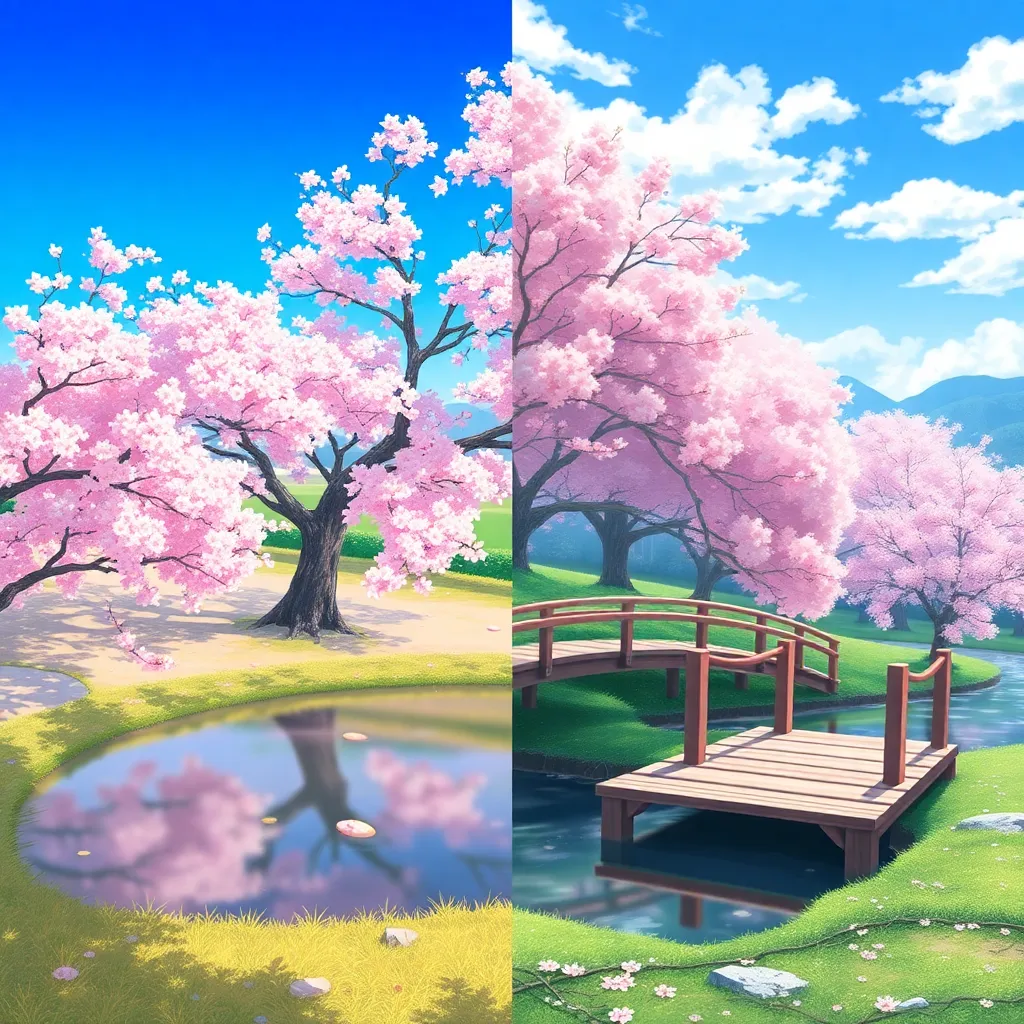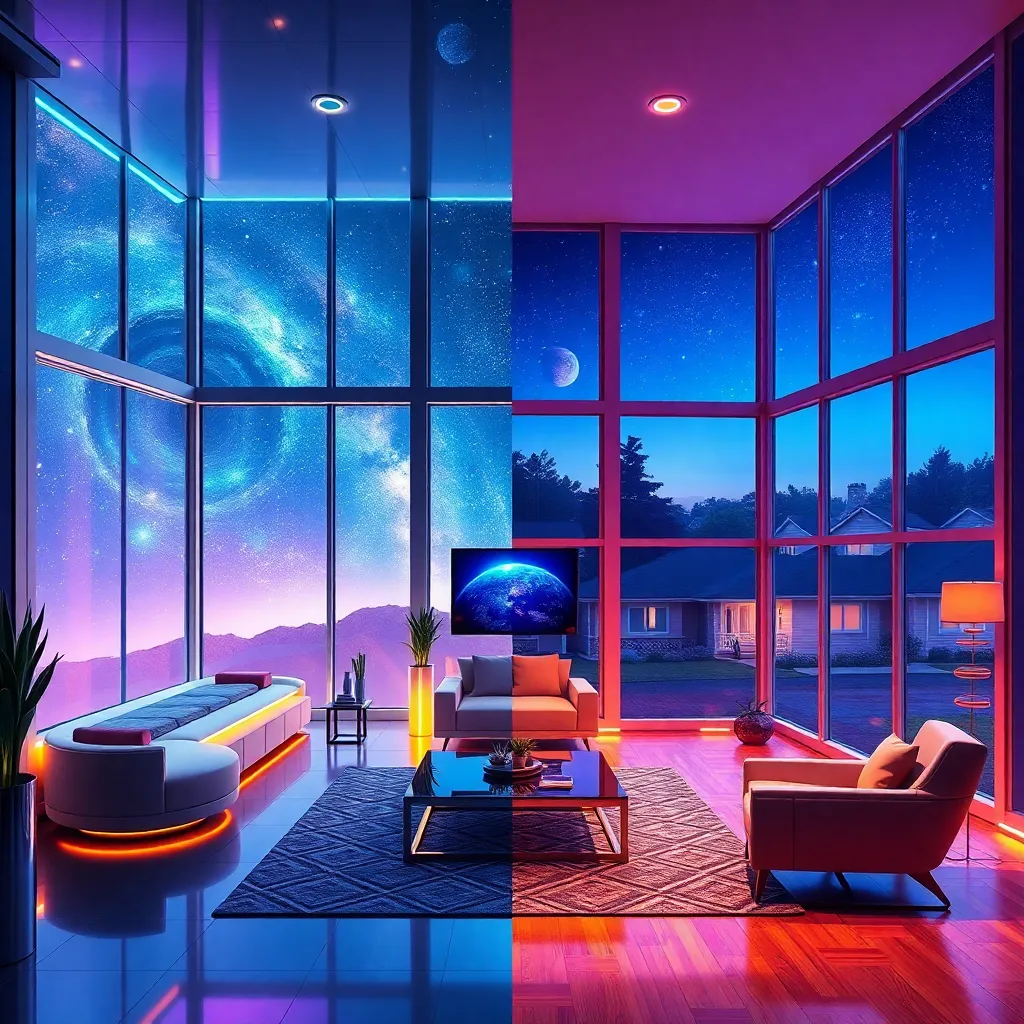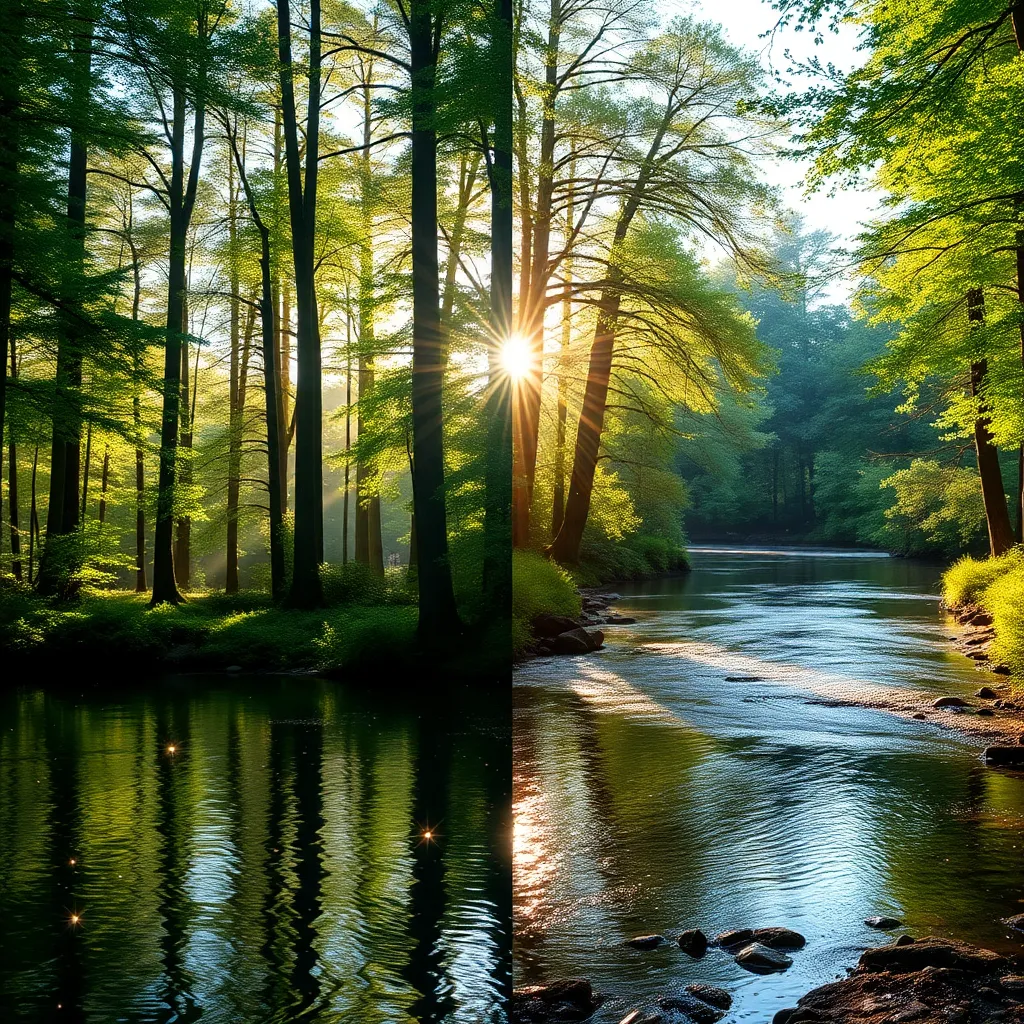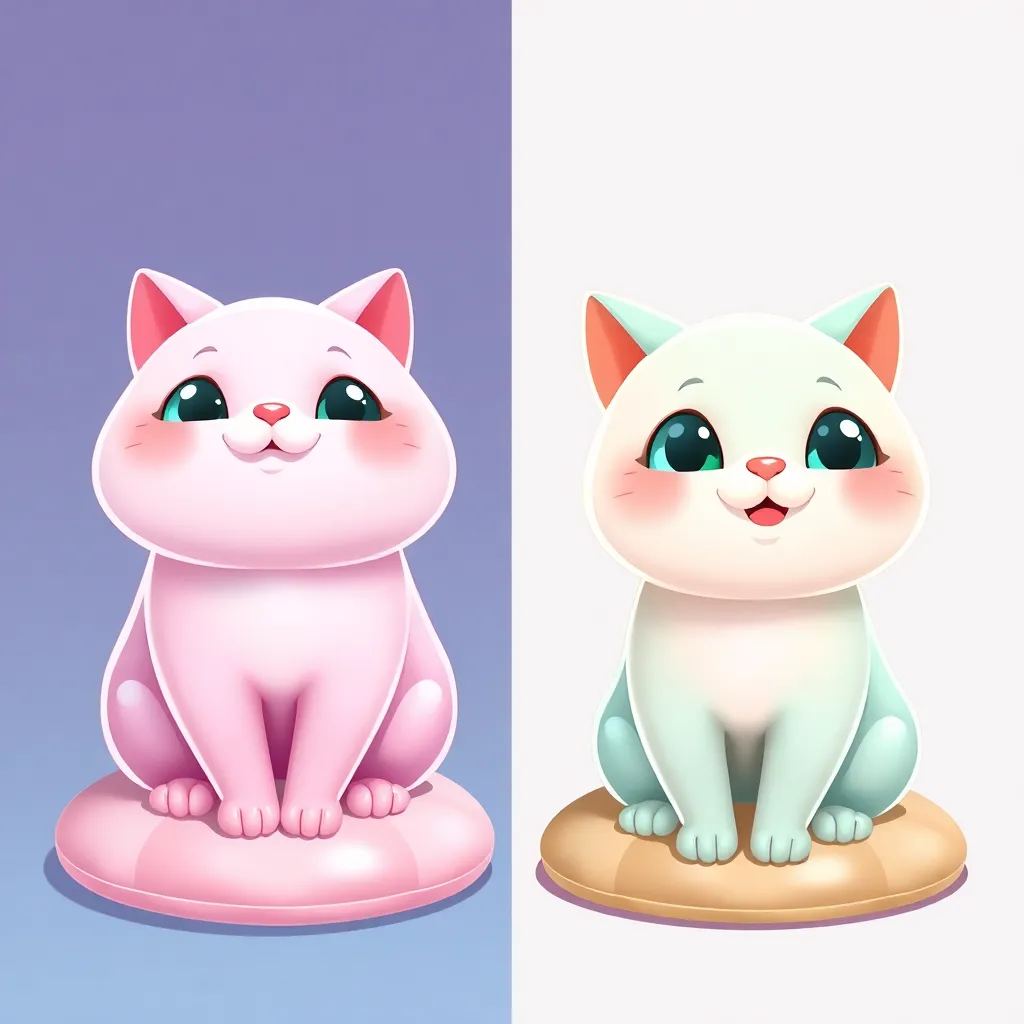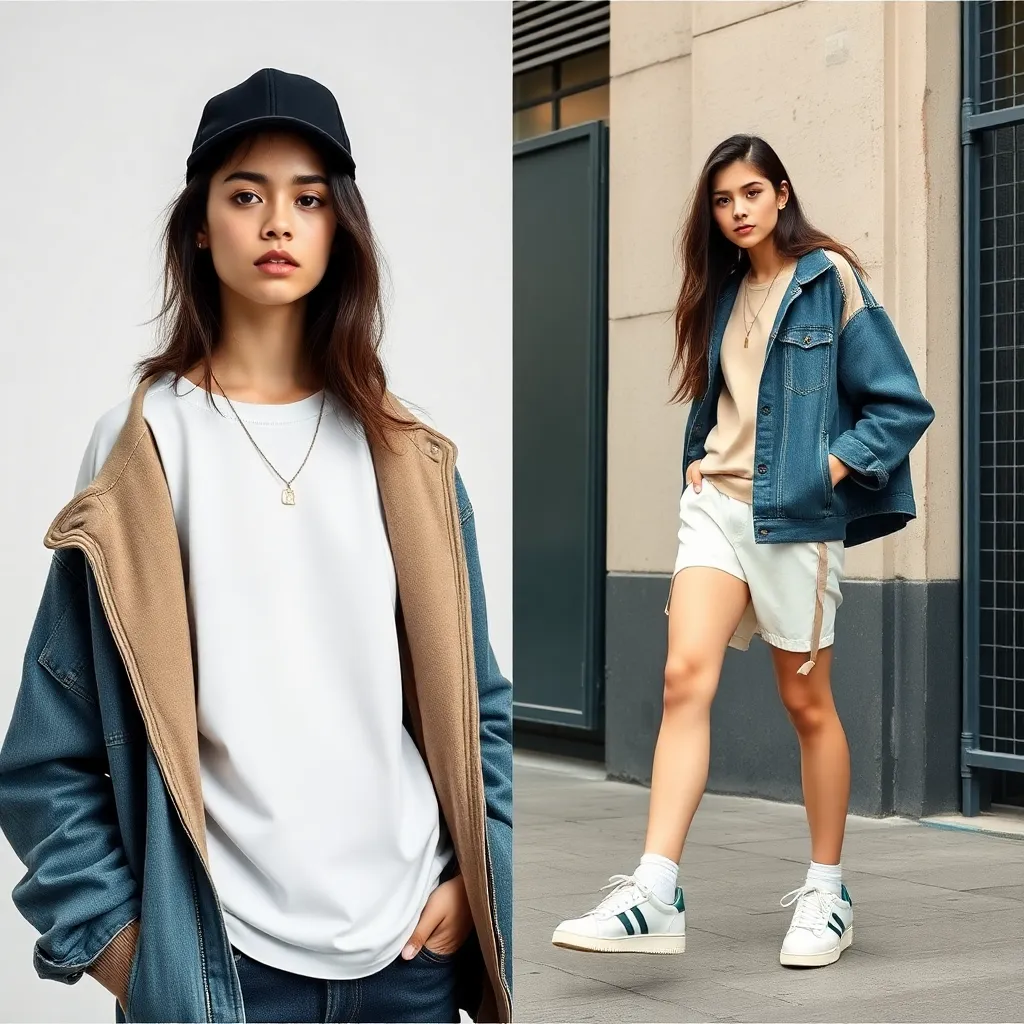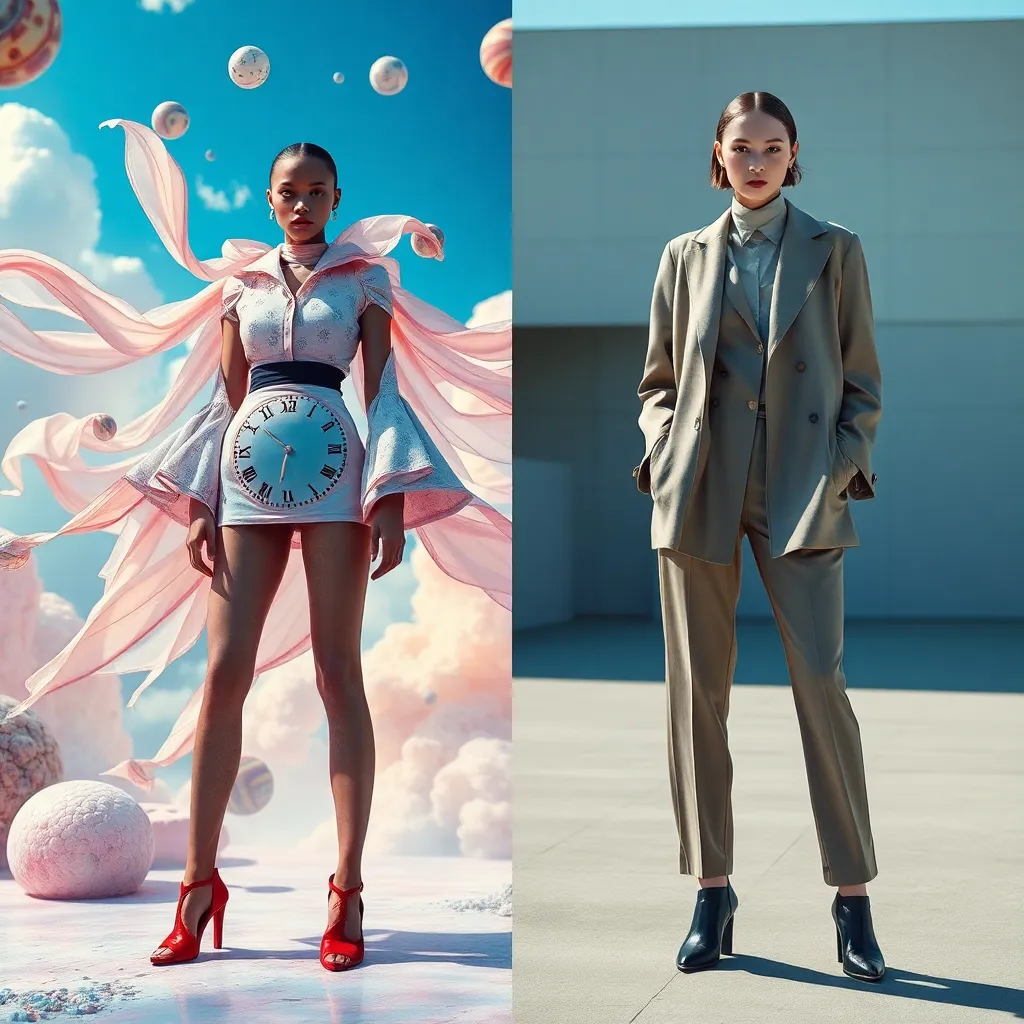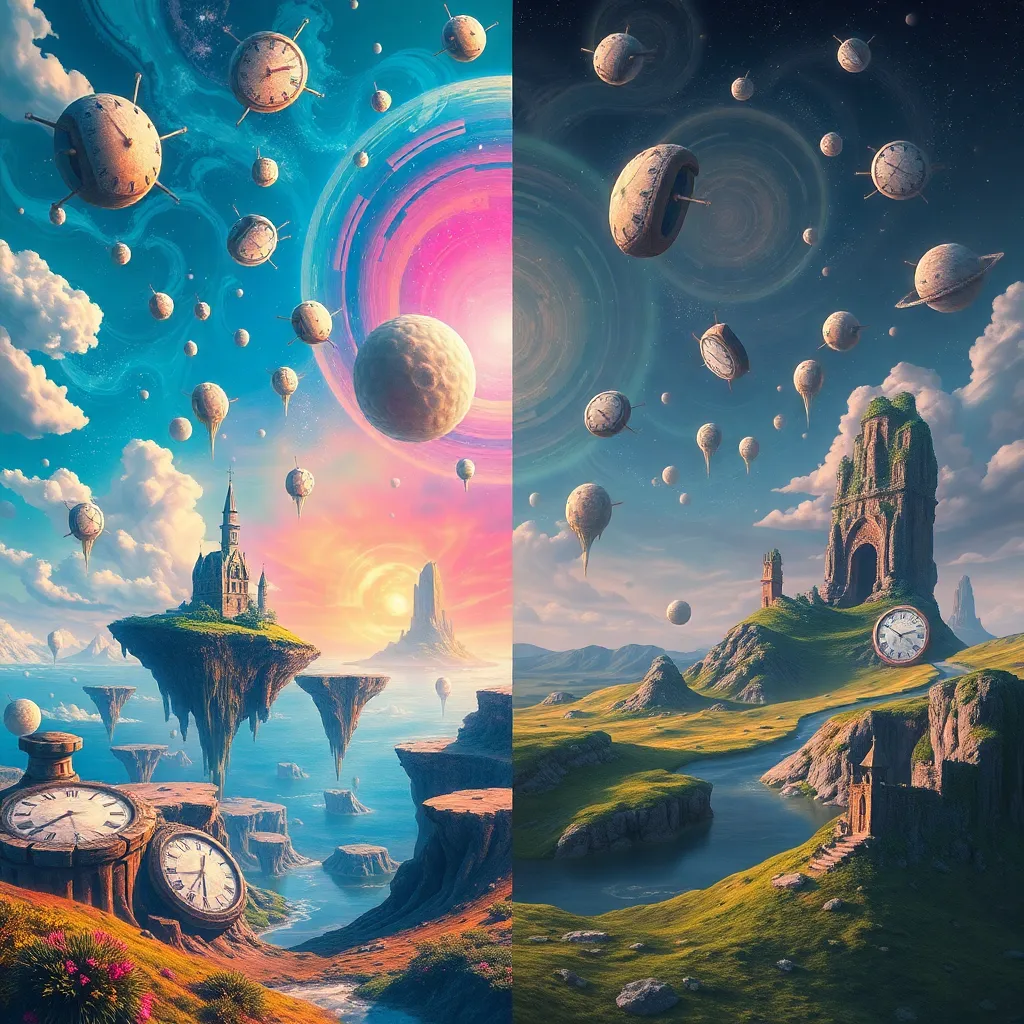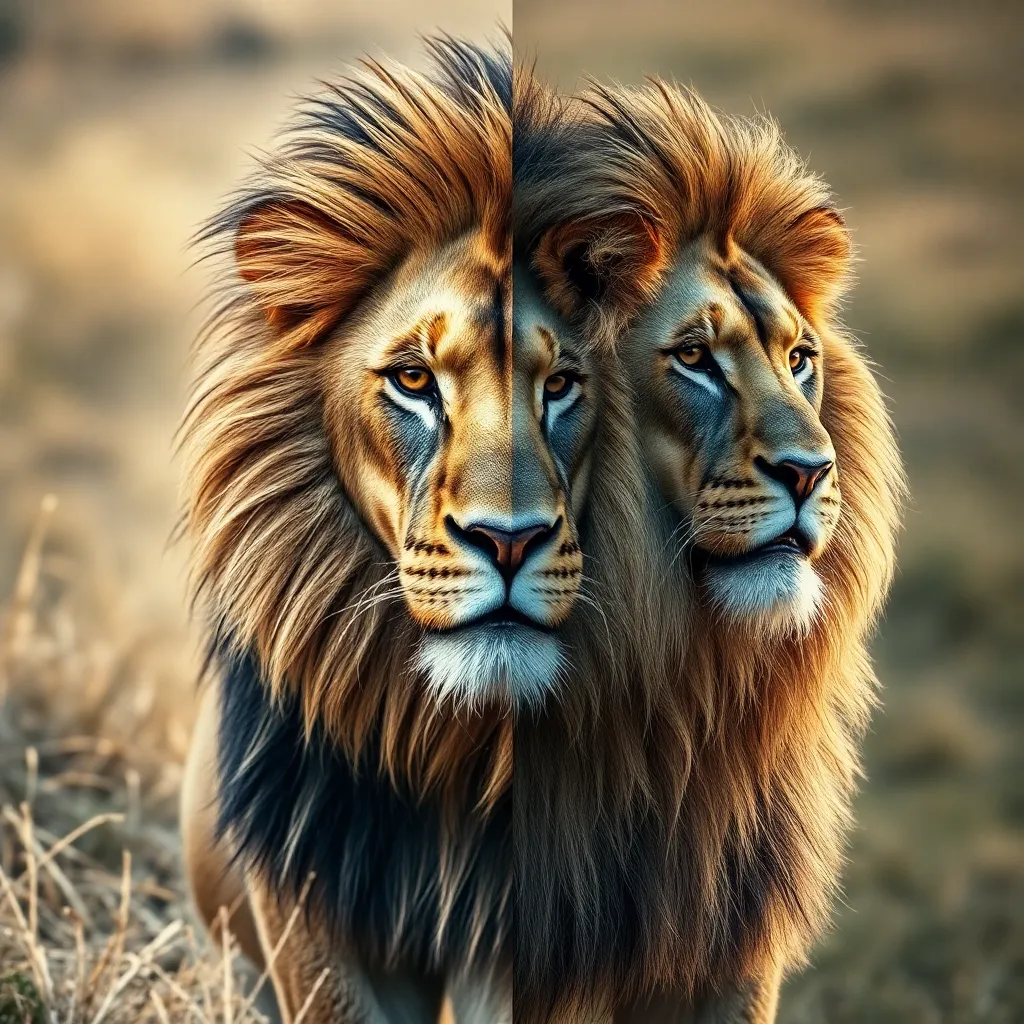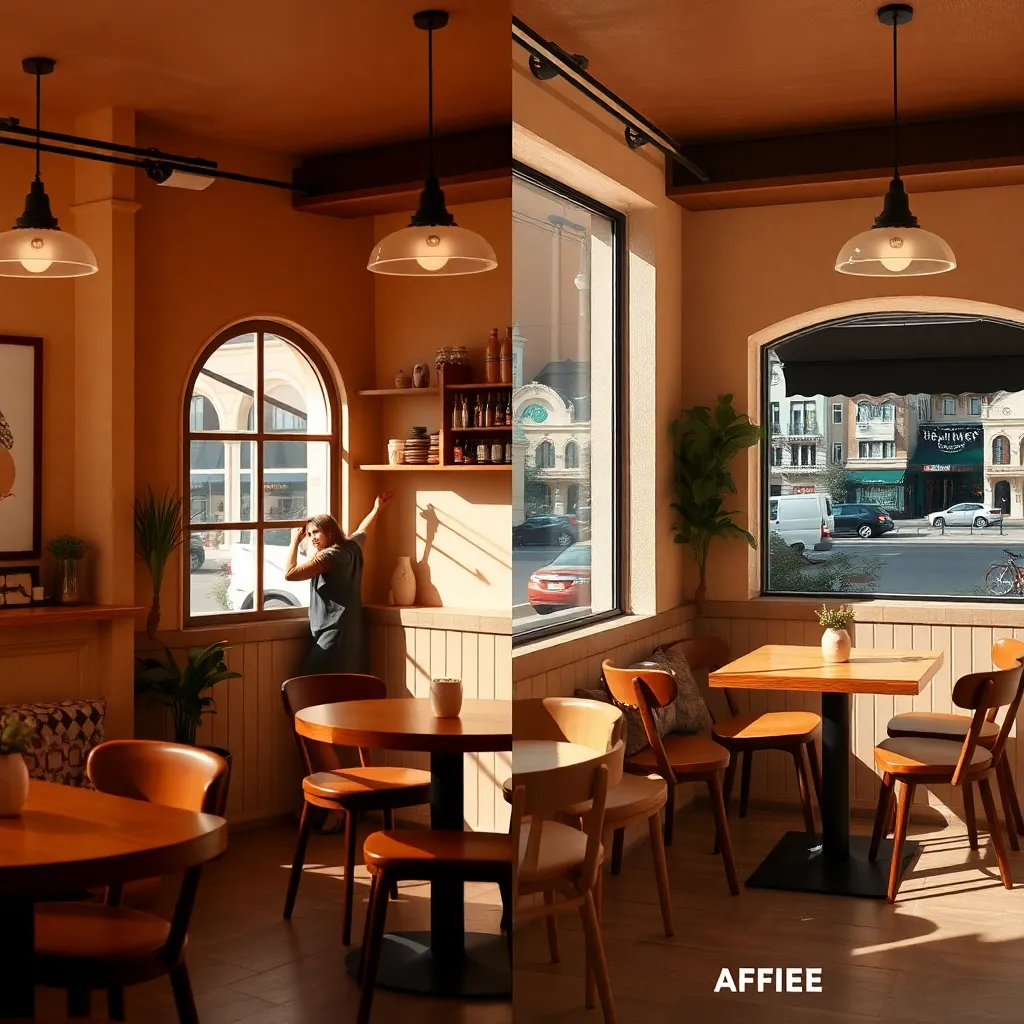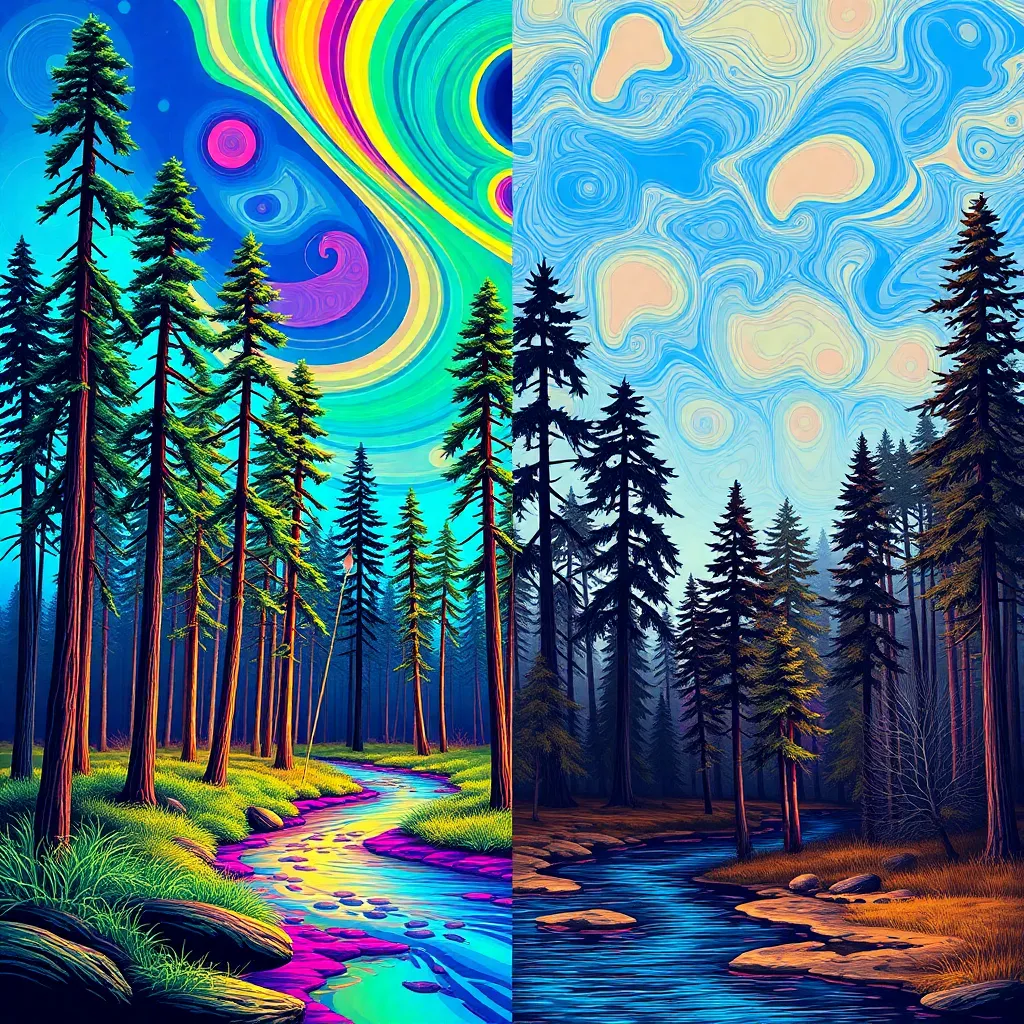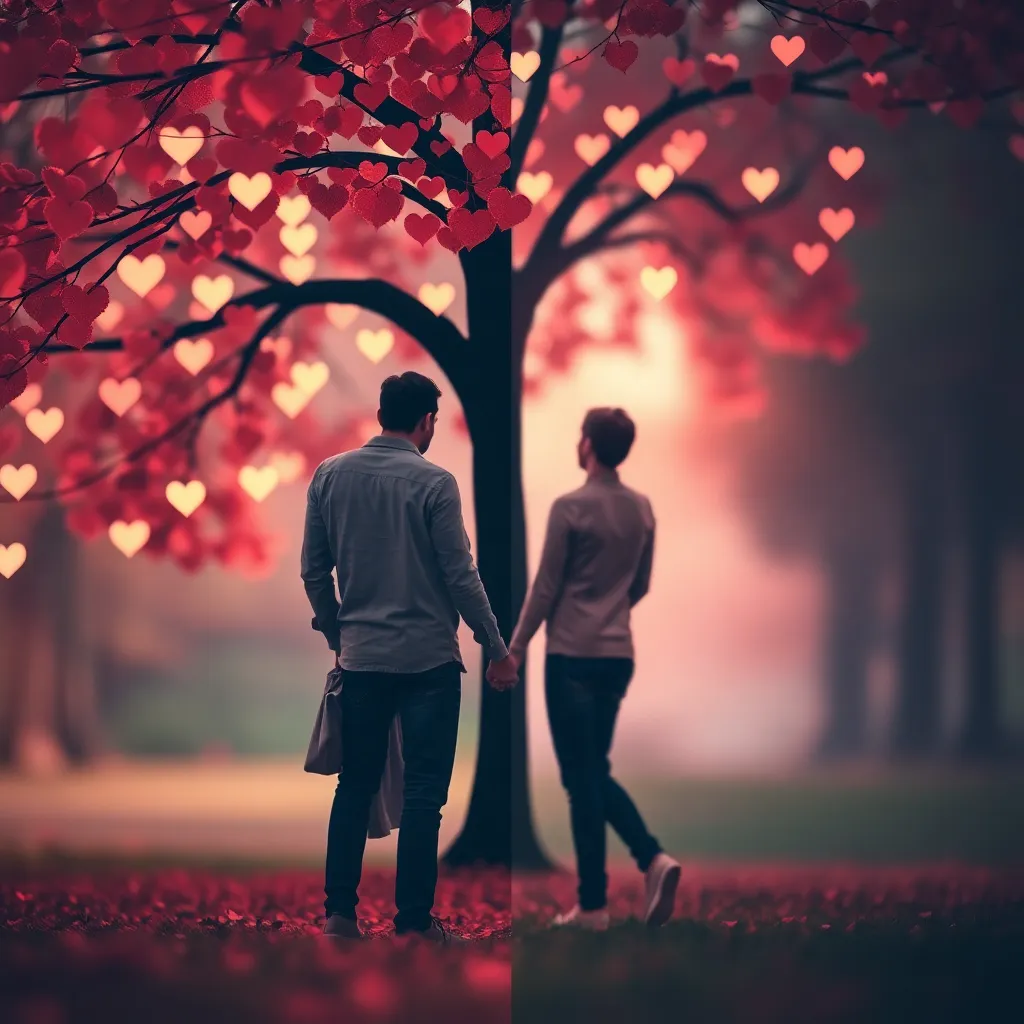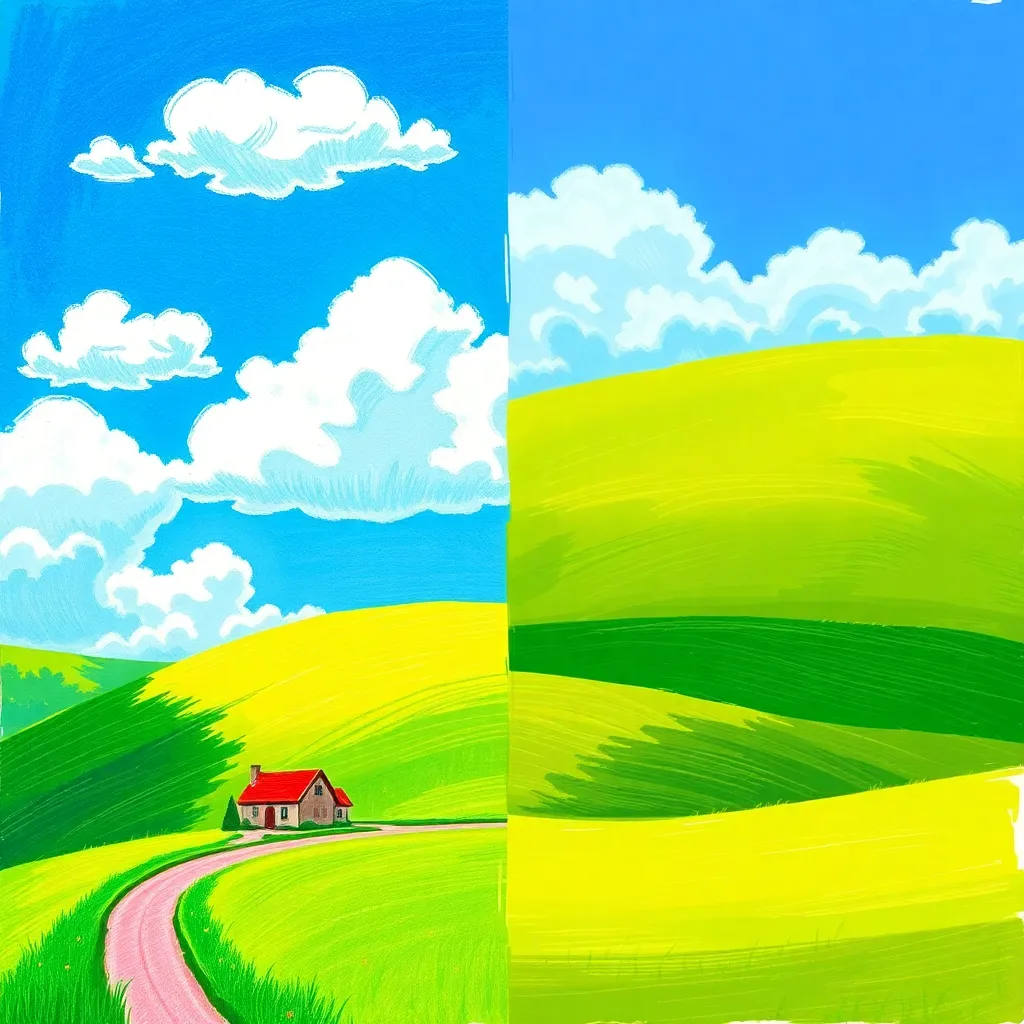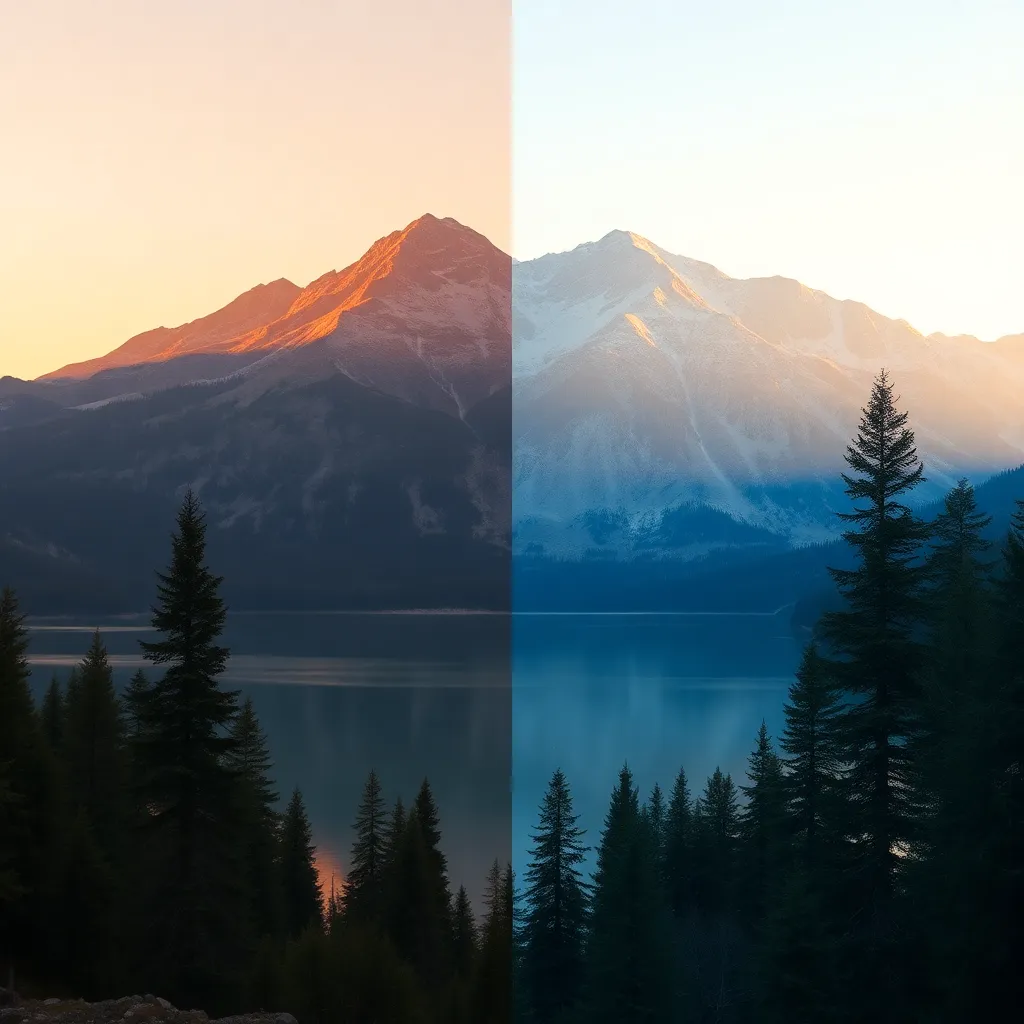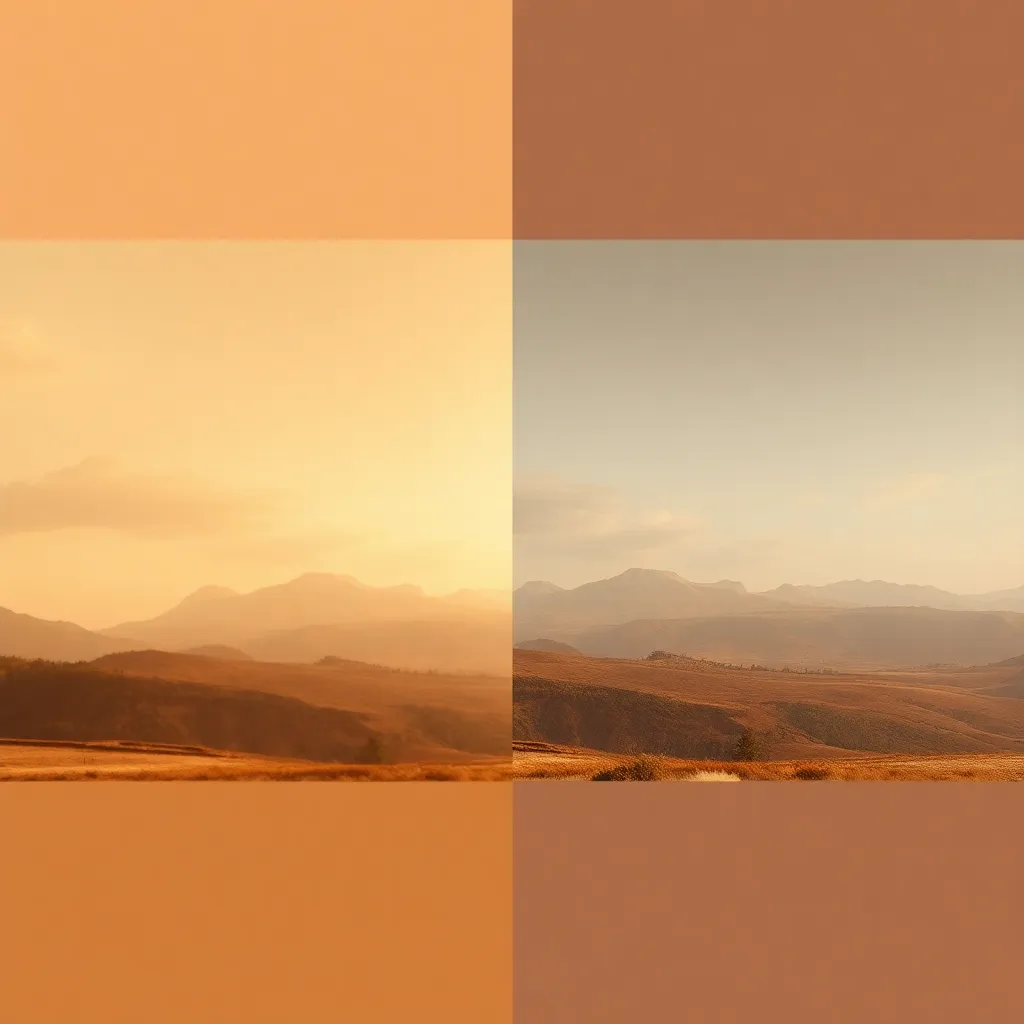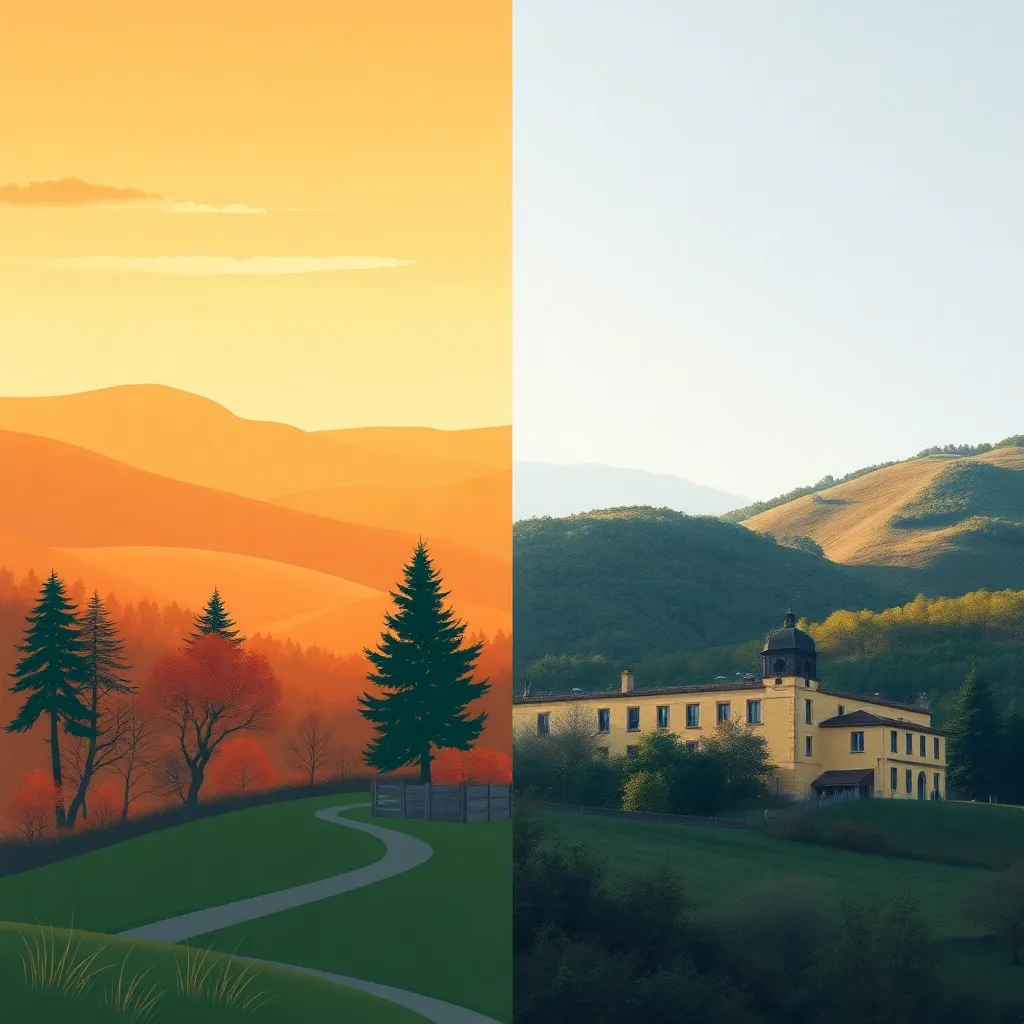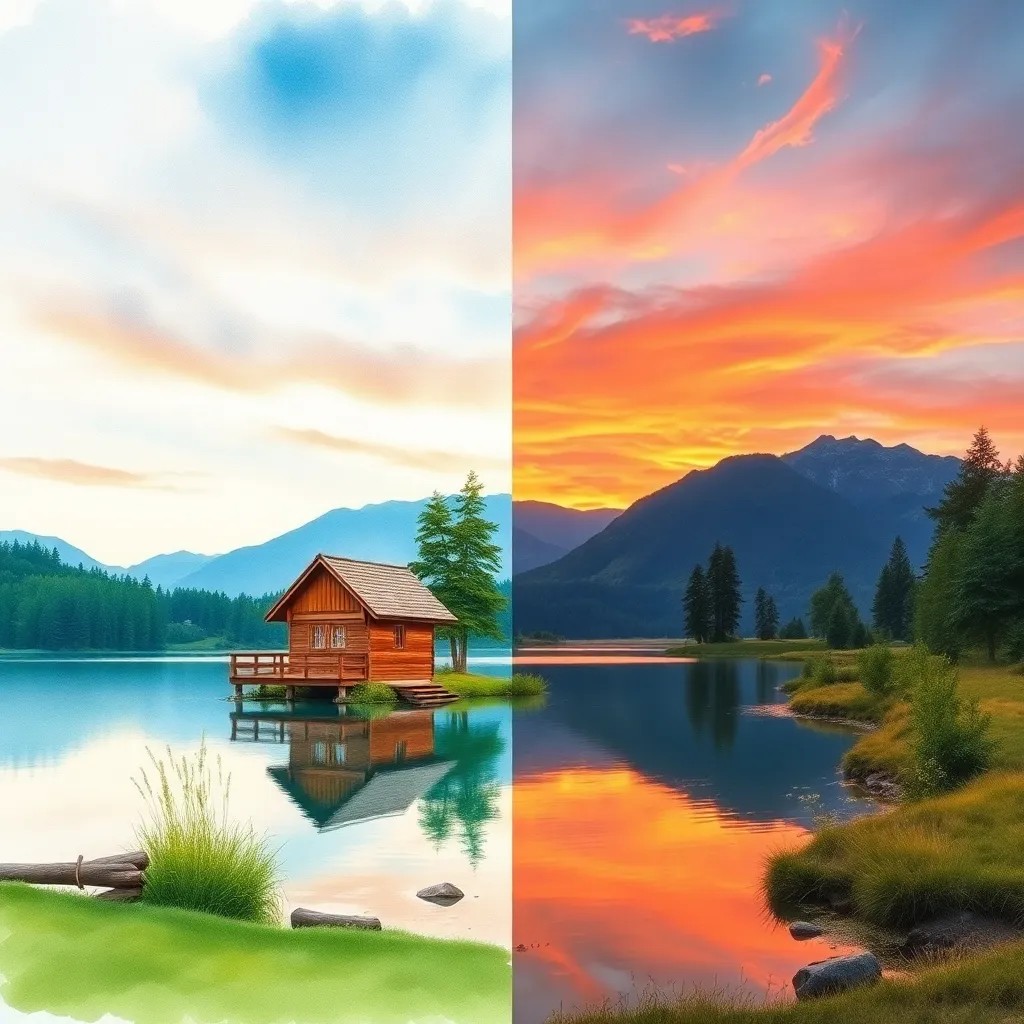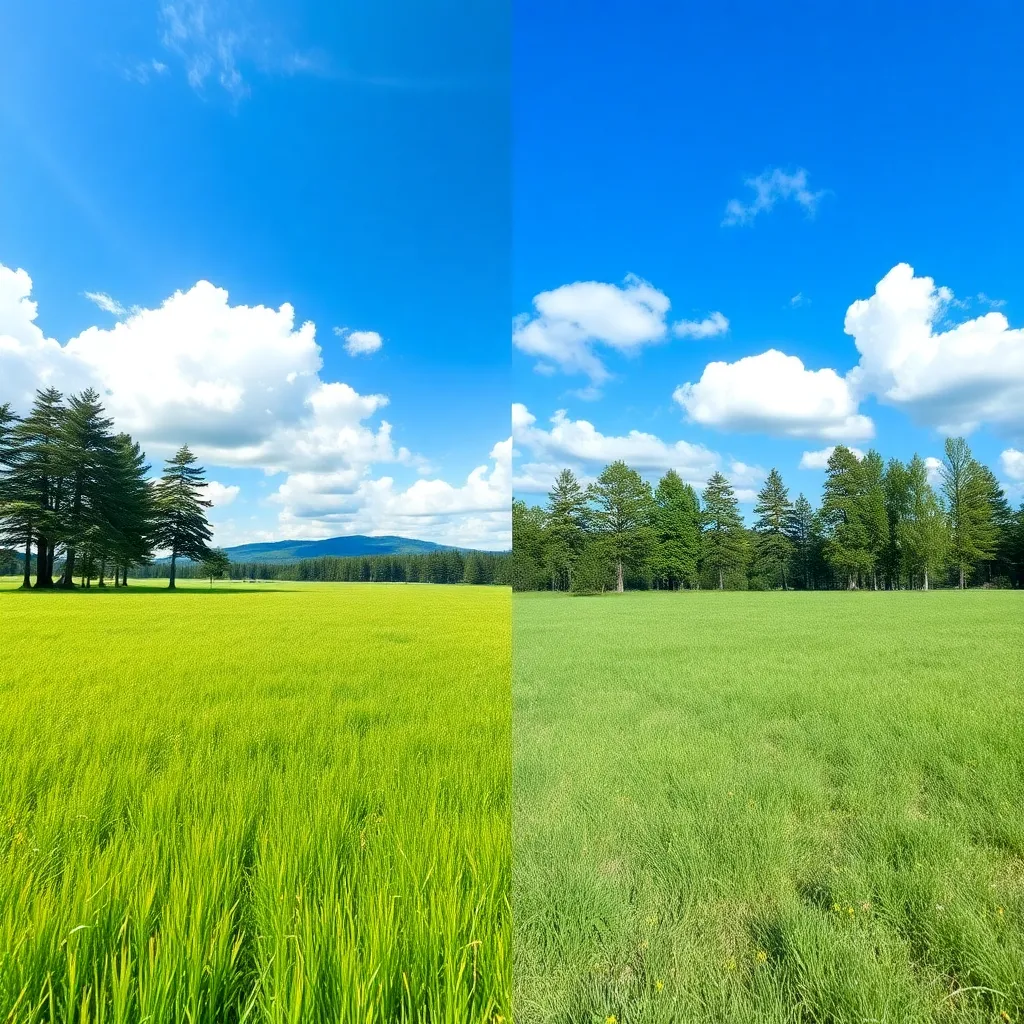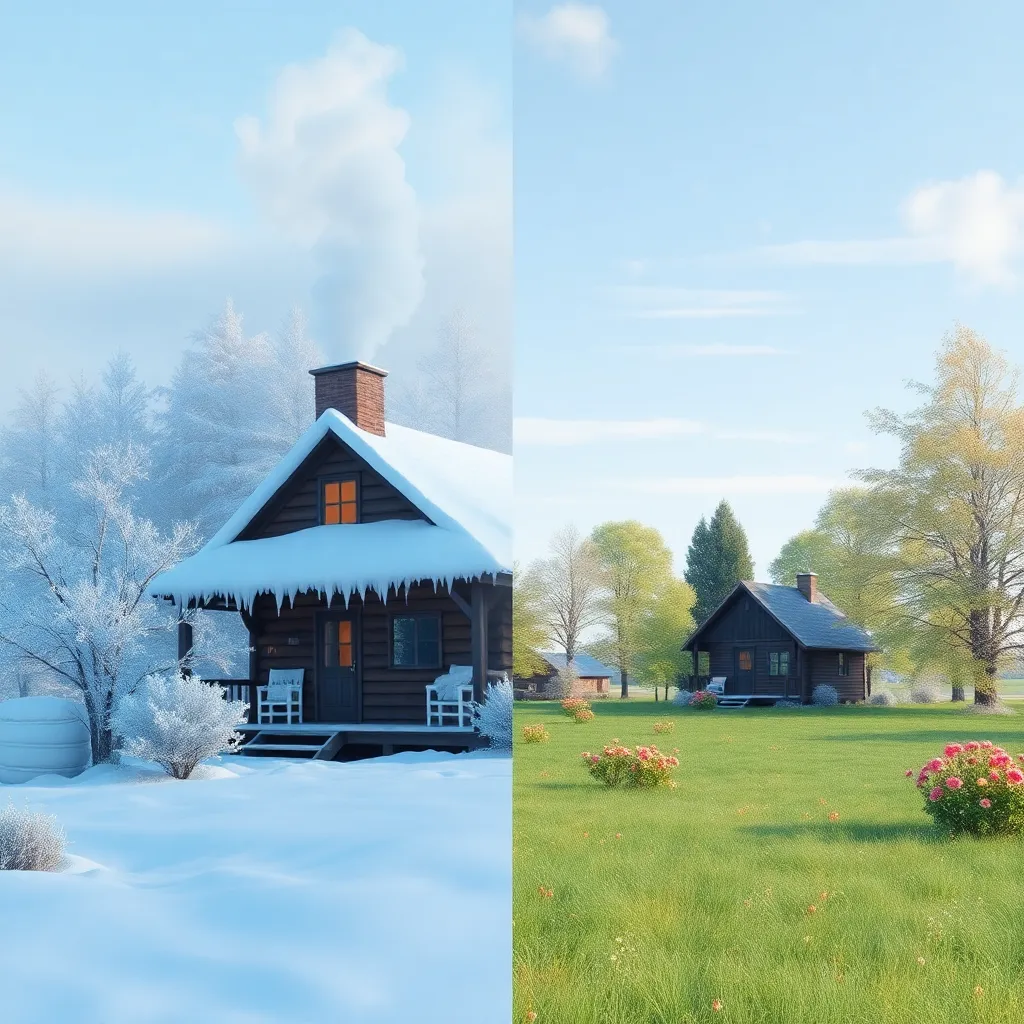Description of the Style: What is Fin Out Noir? History of Film Noir Style
Fin Out Noir is a photographic style deeply rooted in the visual and narrative traditions of classic Film Noir cinema, which thrived in Hollywood from the early 1940s to the late 1950s. The term “noir” (French for “black”) captures the essence of its dramatic, shadow-laden aesthetic. Film Noir is characterized by high-contrast black and white imagery, stark lighting, and an emphasis on moody, mysterious, or suspenseful atmospheres.
The style originated as a response to postwar anxieties and was heavily influenced by German Expressionism and American crime fiction. Films like “The Maltese Falcon,” “Double Indemnity,” and “The Big Sleep” established its signature look with hard-edged lighting, deep shadows (chiaroscuro), and unconventional camera angles. Today, Fin Out Noir is not just a cinematic relic—it has become a revered photographic effect, prized for its ability to visually narrate suspense, drama, and timeless elegance.
Who Is Using This Style?
Fin Out Noir is favored by a wide array of visual storytellers:
- Portrait Photographers: Seeking to add drama, character, and a cinematic edge to their subjects.
- Street and Urban Photographers: Capturing the raw energy, mystery, and grit of city life, especially at night.
- Editorial and Fashion Photographers: Evoking vintage glamour, intrigue, and allure, particularly with the iconic “femme fatale” motif.
- Event and Concert Photographers: Documenting jazz clubs, nightlife, and performances with atmospheric flair.
- Cinematographers and Filmmakers: Reimagining the classic noir look for modern visual narratives and advertising.
- Artists and AI Creators: Using digital tools and AI to recreate and reinterpret the noir aesthetic for contemporary audiences.
How Does It Enhance Photos?
1. Dramatic Lighting and Contrast
By emphasizing strong light sources and deep shadows, Fin Out Noir instantly adds tension, intrigue, and three-dimensionality to any image. The interplay of light and dark creates visual interest and guides the viewer’s gaze to key elements.
2. Timeless Black and White
Stripping away color focuses attention on form, texture, and composition. The monochrome palette heightens emotion and mood, giving images a classic, enduring feel.
3. Atmospheric Storytelling
Film Noir is about more than aesthetics—it’s about mood and narrative. The style invites viewers to imagine the story behind each image, whether it’s a detective on a case or a shadowy figure in a foggy alley.
4. Iconic Visual Motifs
Venetian blinds, cigarette smoke, rain-soaked streets, and vintage fashion all evoke a sense of nostalgia and cinematic sophistication, transforming everyday scenes into powerful visual vignettes.
5. Enhanced Emotional Impact
High contrast and shadow play amplify feelings of suspense, melancholy, or romance, making the viewer emotionally invested in the image.
Use Cases of Fin Out Noir Style
Detective or Private Investigator Portraits
Perfect for character-driven portraiture, this style adds mystery and gravitas. Think trench coats, fedoras, and dramatic side-lighting—ideal for actors, authors, or anyone seeking a cinematic profile.
Femme Fatale and Glamour Scenes
Channel the allure and complexity of classic silver screen icons. Fashion and editorial shoots benefit from moody lighting, dramatic poses, and vintage styling to create unforgettable, enigmatic images.
Urban Night Streets and Neon Reflections
Bring cityscapes to life with wet pavements, glowing neon, and silhouetted figures. Street photographers use Fin Out Noir to capture the nocturnal pulse, grit, and glamour of urban environments.
Crime Scene and Mystery Photography
Great for storytelling projects, true crime podcasts, or book covers—crime scenes depicted in noir style instantly evoke tension and curiosity.
Jazz Clubs and Nightlife
Document the timeless cool of jazz clubs, musicians, and nightlife with smoky atmospheres and high-contrast lighting, highlighting the energy and soul of the era.
Suspenseful Alleyways and Urban Exploration
Capture the thrill of the unknown. Moody alleyways, fog, and silhouetted figures make for compelling images that invite viewers to imagine the narrative beyond the frame.
Pro Tips for Mastering Fin Out Noir
Master Your Lighting: Use hard, directional lighting to create strong shadows and highlights. Position your subject near a single light source—like a lamp or window—to maximize drama.
Embrace the Shadows: Don’t be afraid of deep blacks. Let parts of your image disappear into darkness to evoke mystery and focus attention.
Use Props and Costuming: Trench coats, hats, vintage cars, Venetian blinds, and period-appropriate attire instantly ground your image in the noir tradition.
Pay Attention to Composition: Experiment with unconventional angles, reflections, and leading lines to enhance the cinematic feel.
Edit for Contrast: In post-processing, boost contrast and clarity, dodge and burn to emphasize key areas, and consider adding film grain for authenticity.
Tell a Story: Every great noir image hints at a story—leave something to the imagination and let atmosphere do the talking.
Conclusion
Fin Out Noir is more than a look—it’s a storytelling tool that transforms ordinary photos into cinematic experiences. Whether you’re capturing portraits, city streets, or creative narratives, this style’s dramatic lighting, timeless monochrome palette, and rich atmosphere will bring depth, mood, and intrigue to your photography. Embrace the shadows and let your images speak in the language of classic noir!
